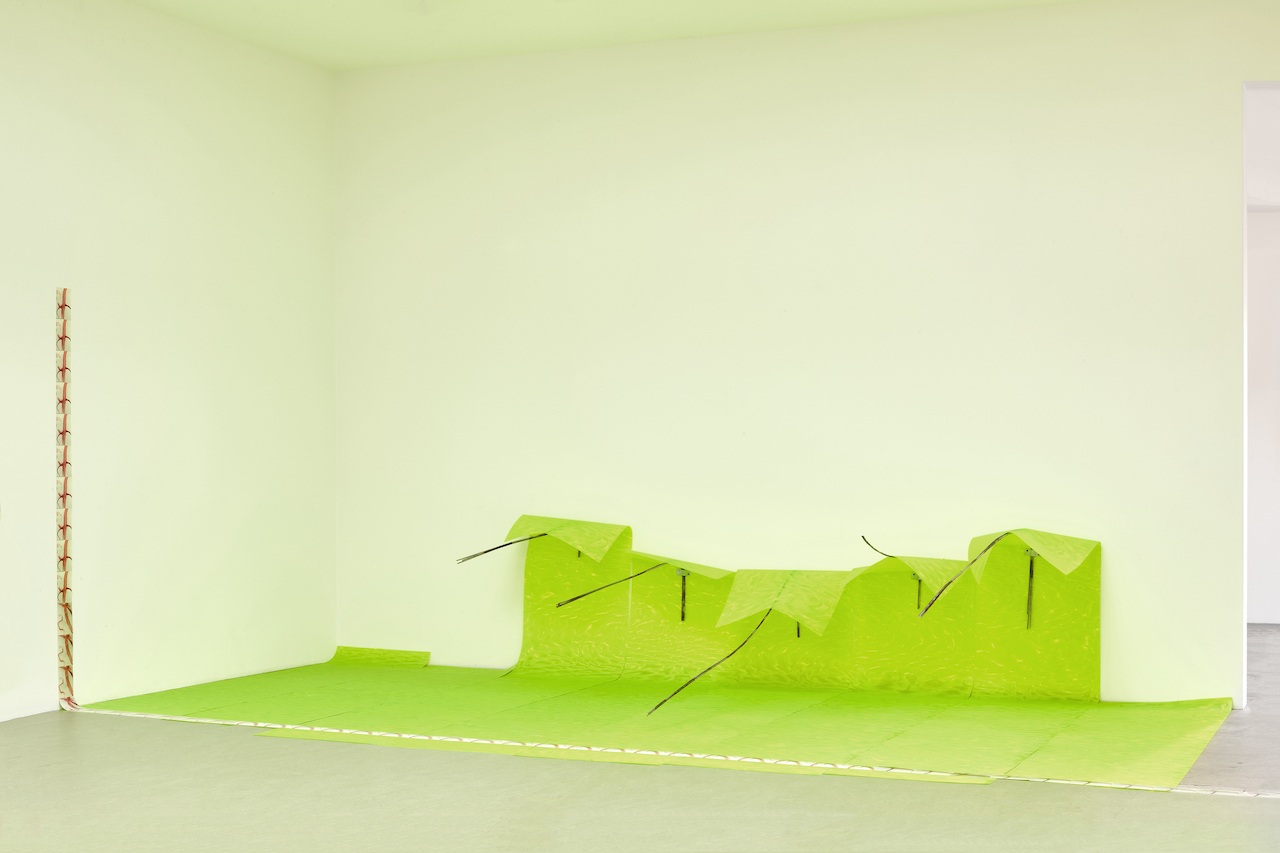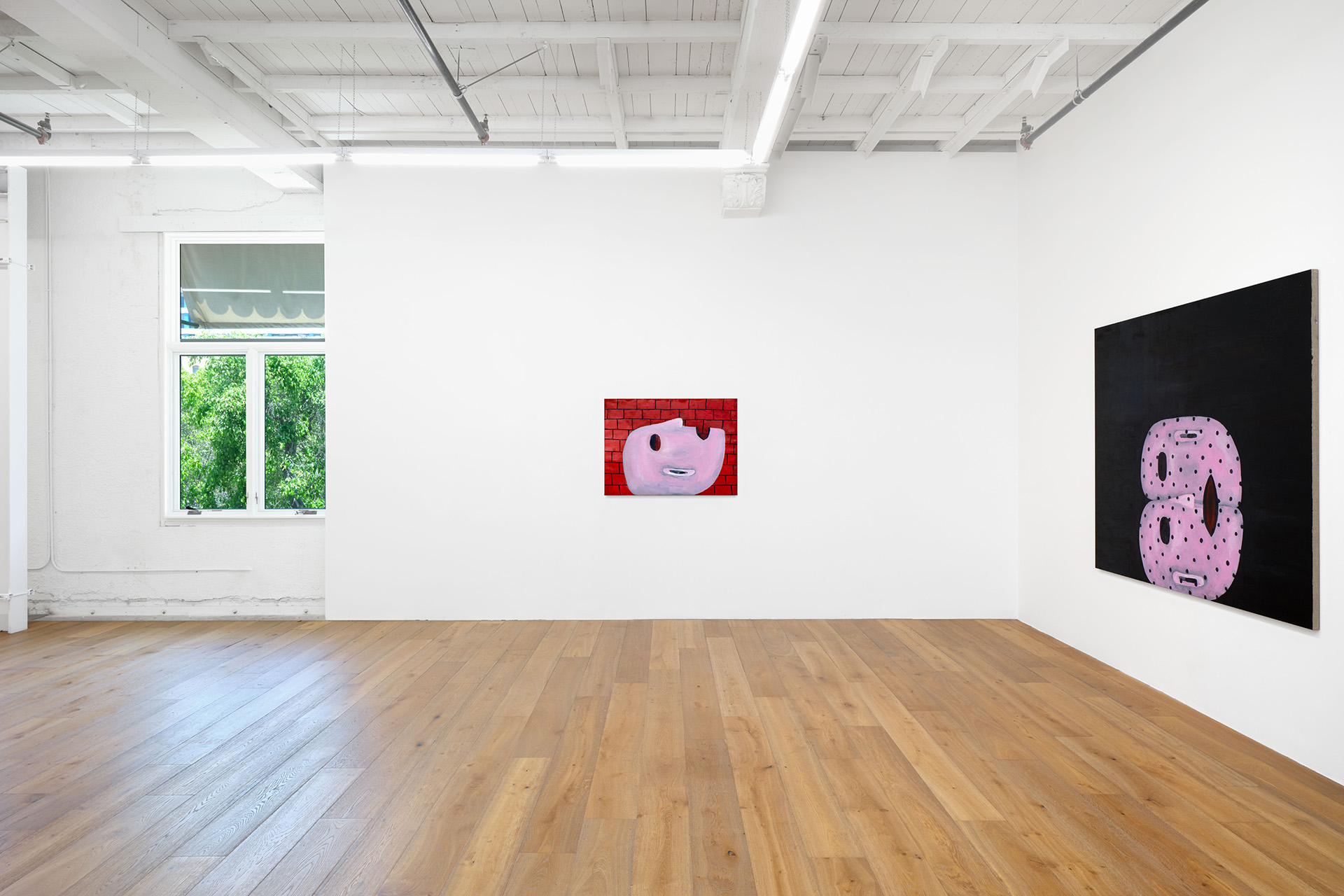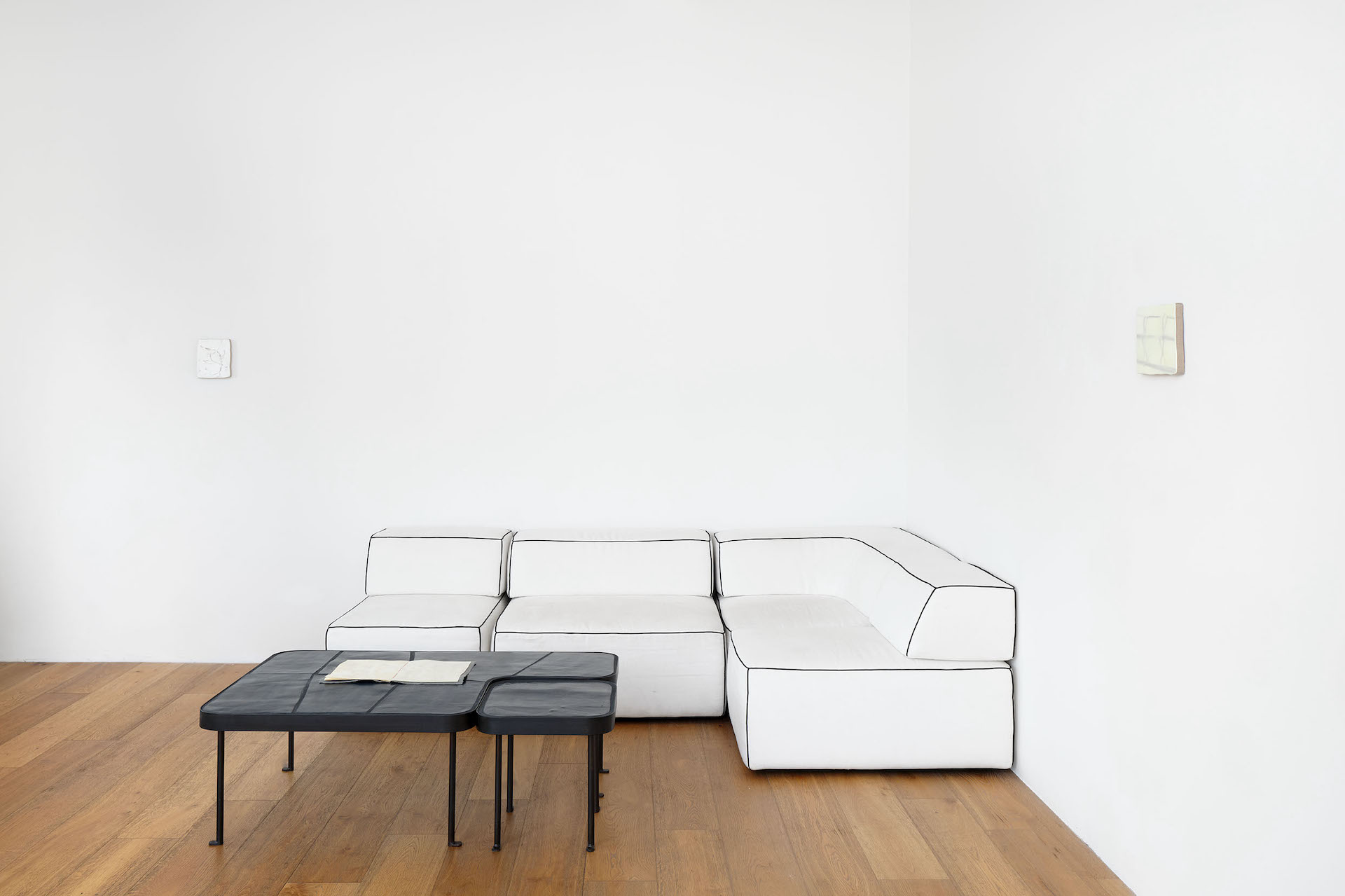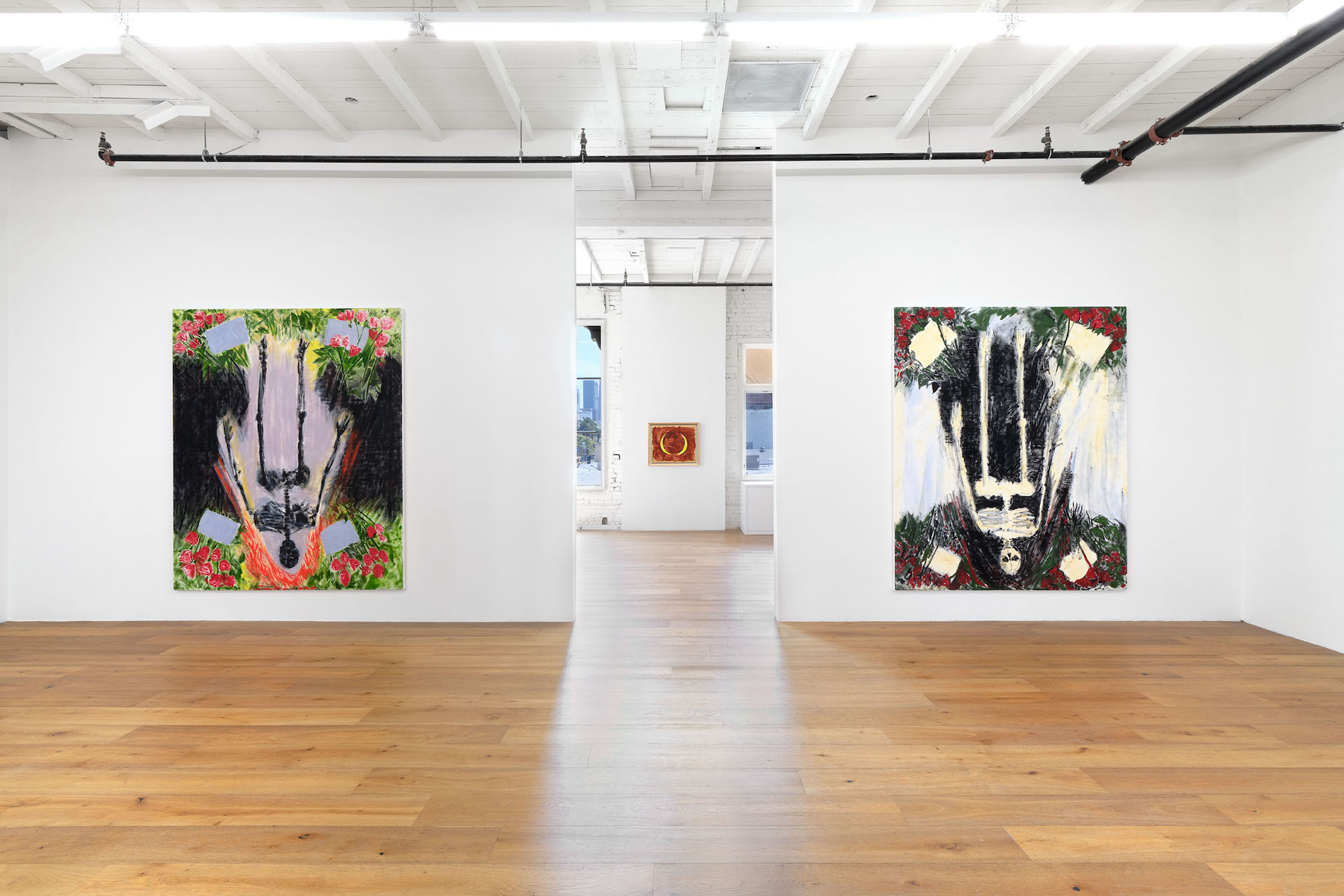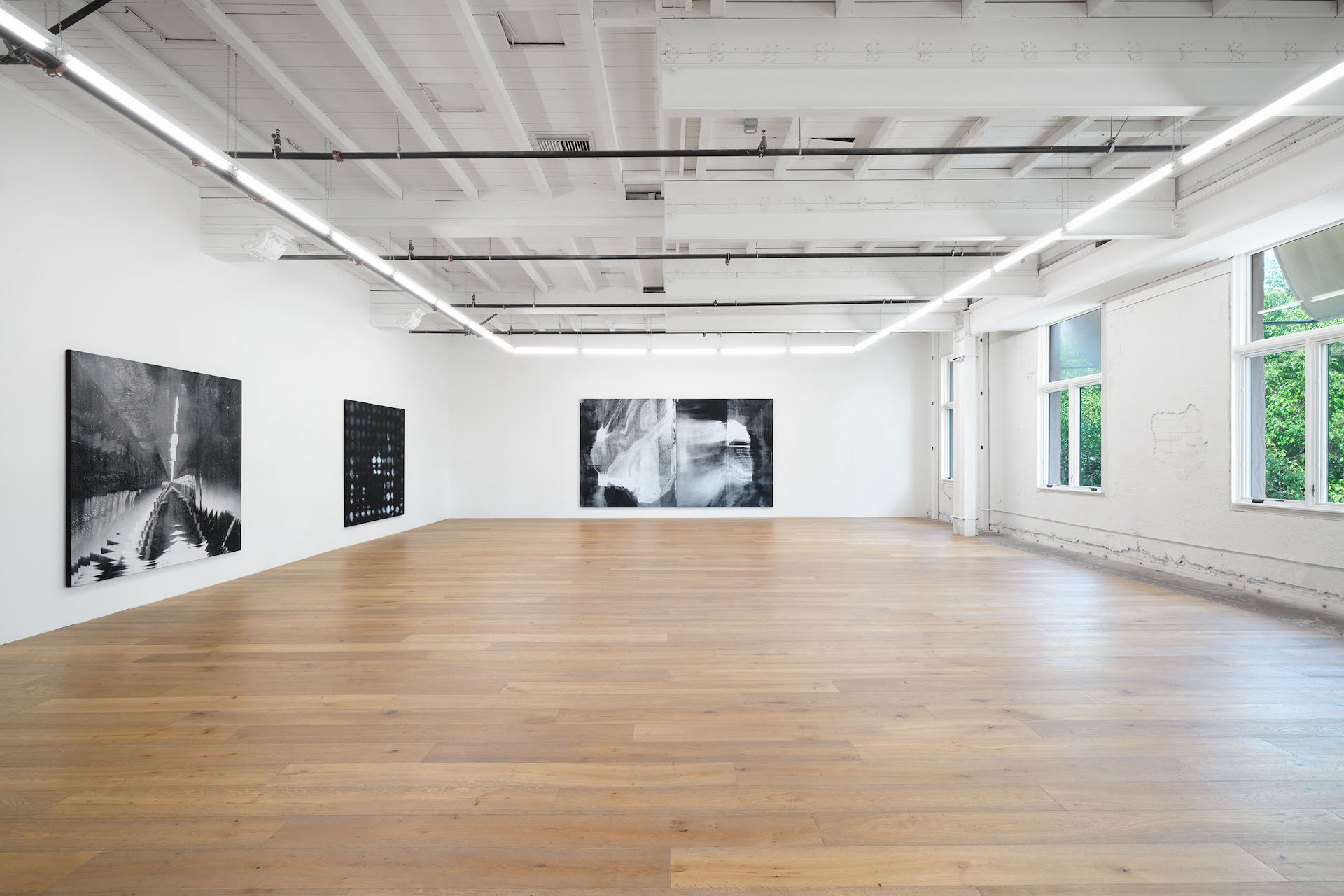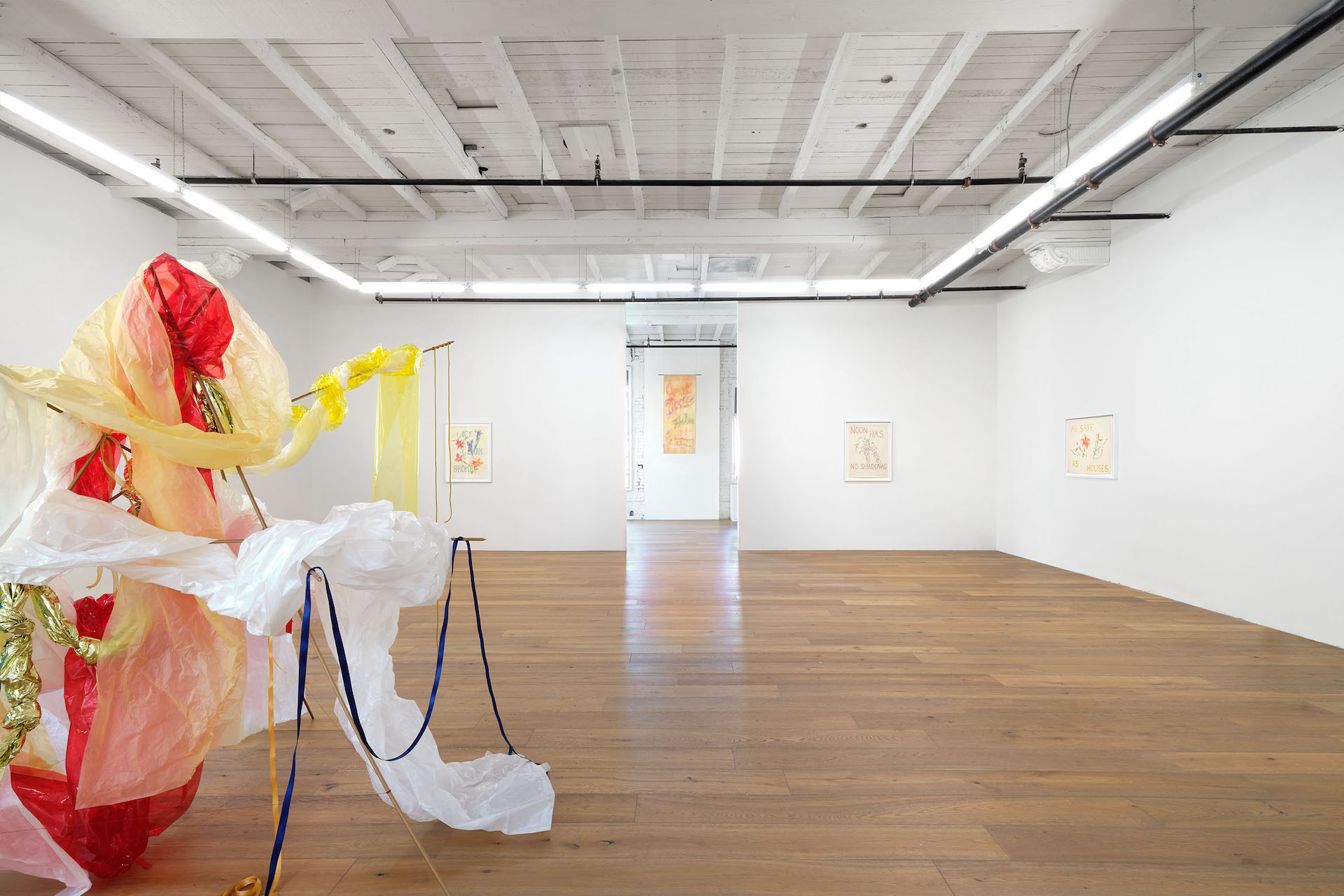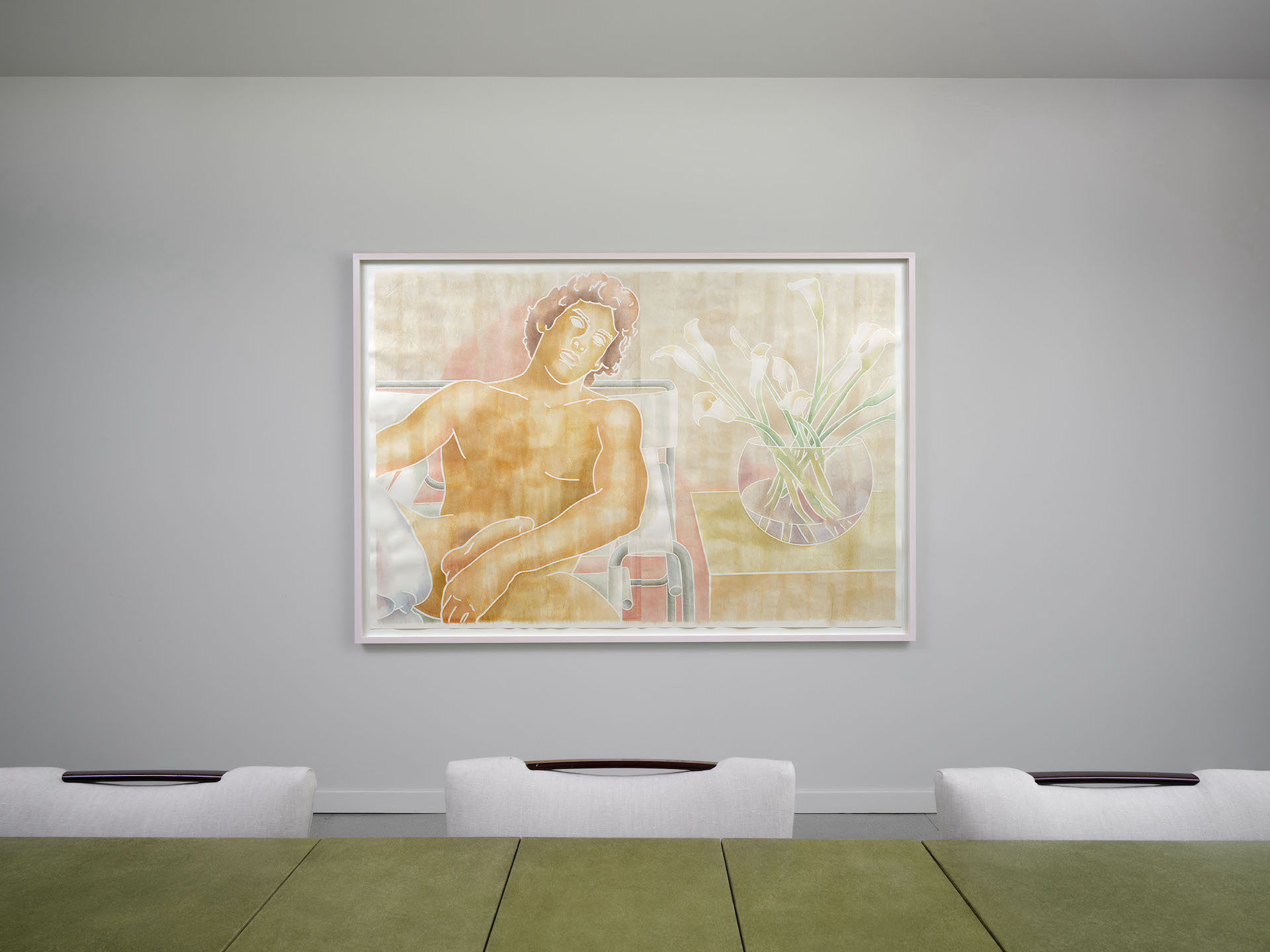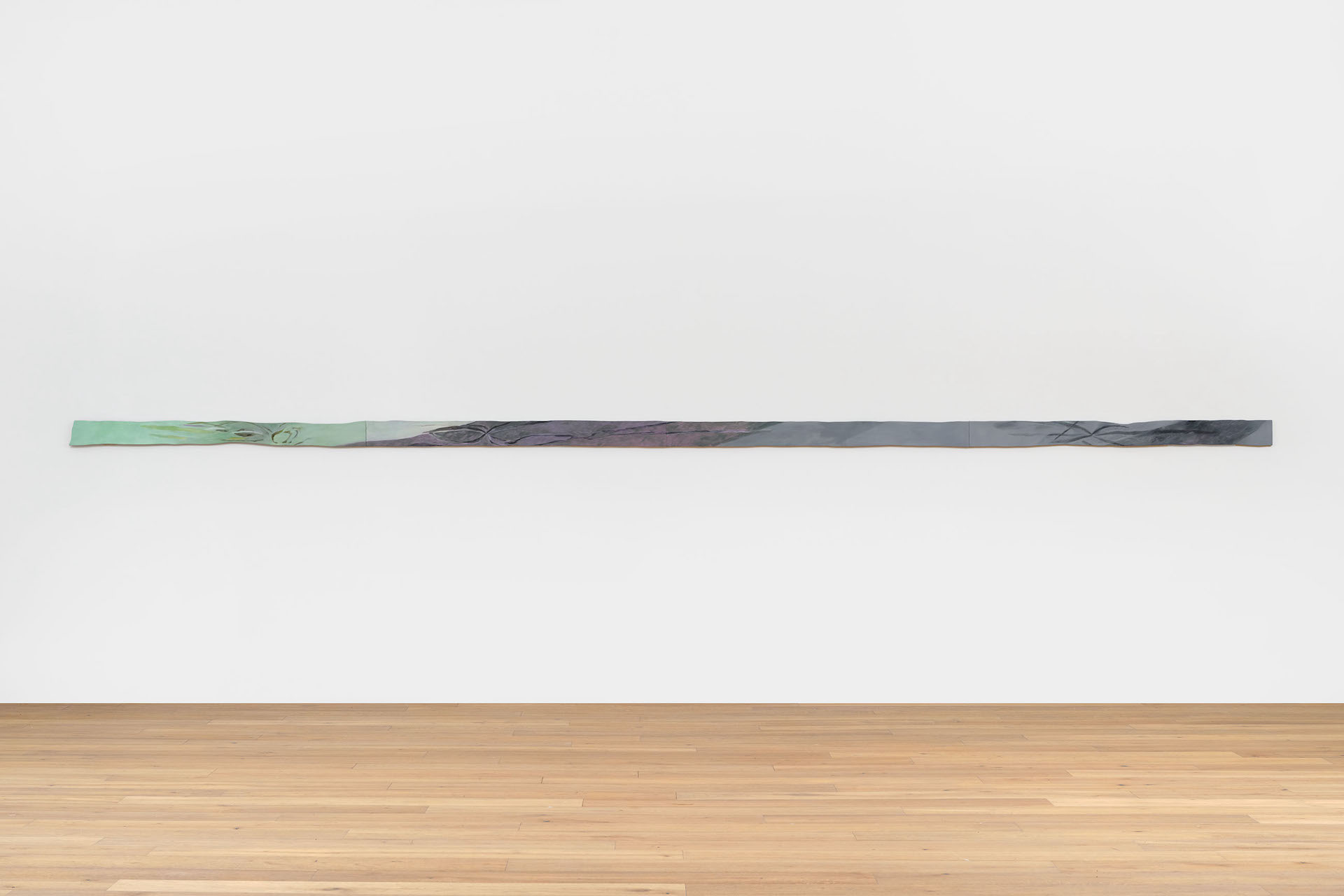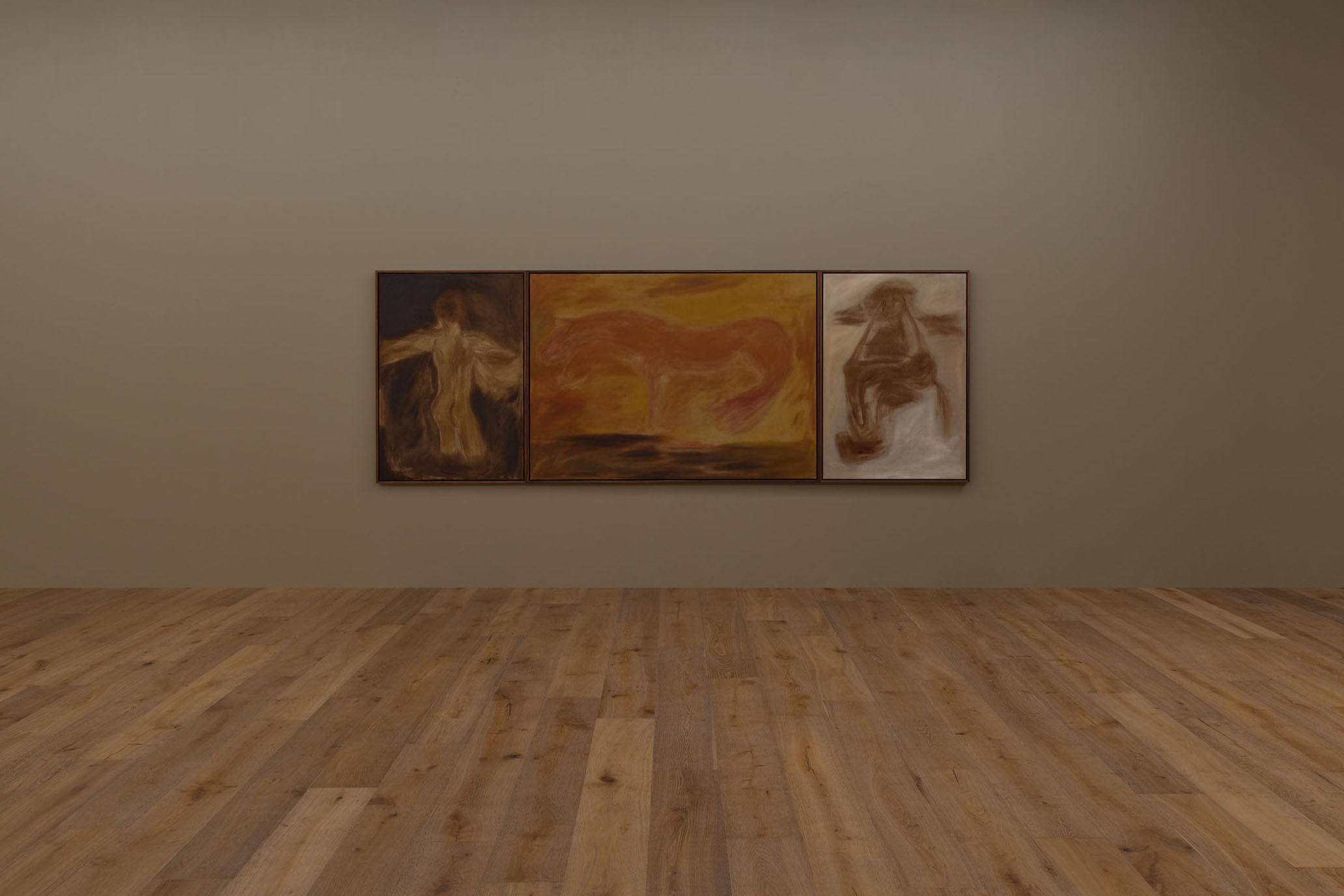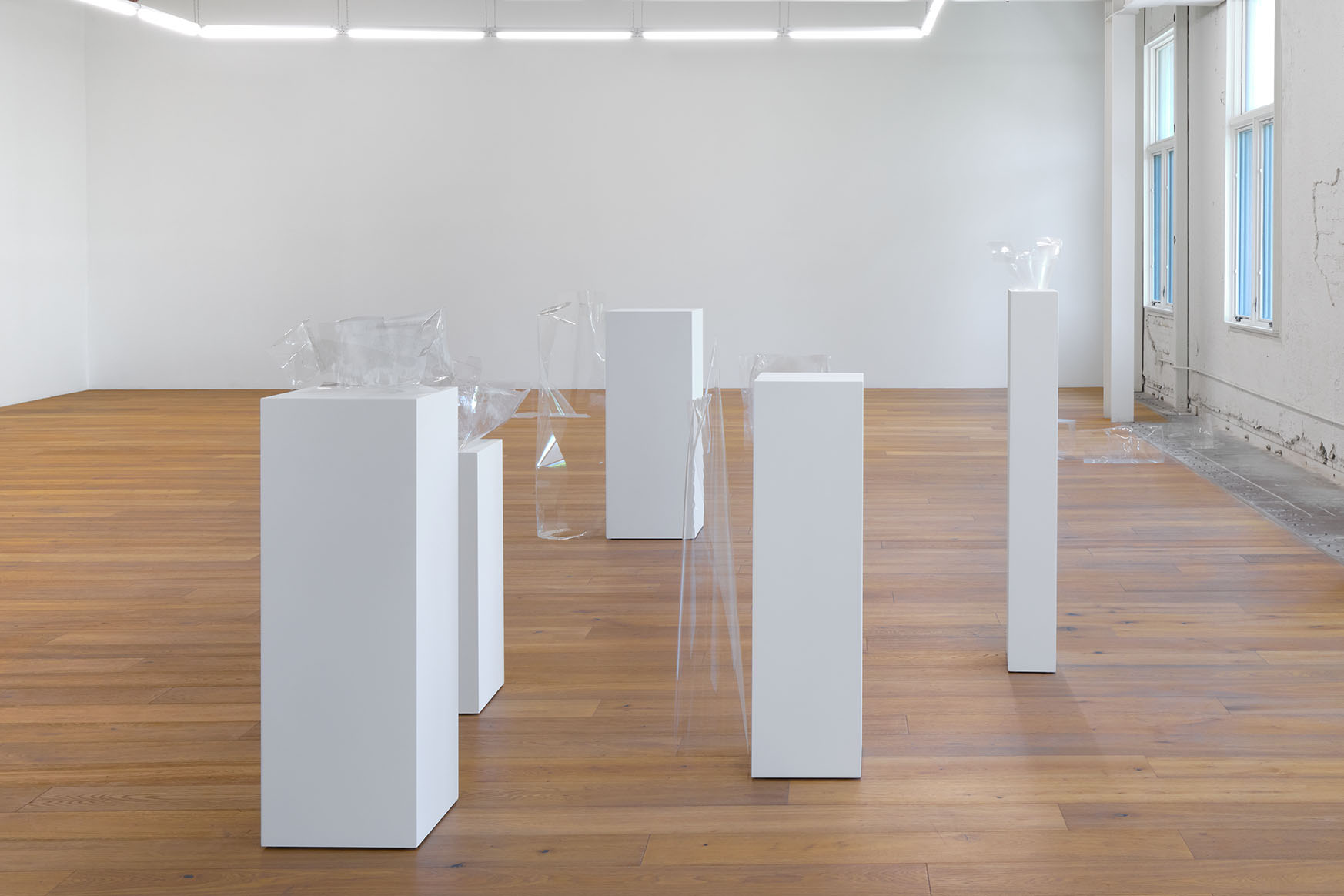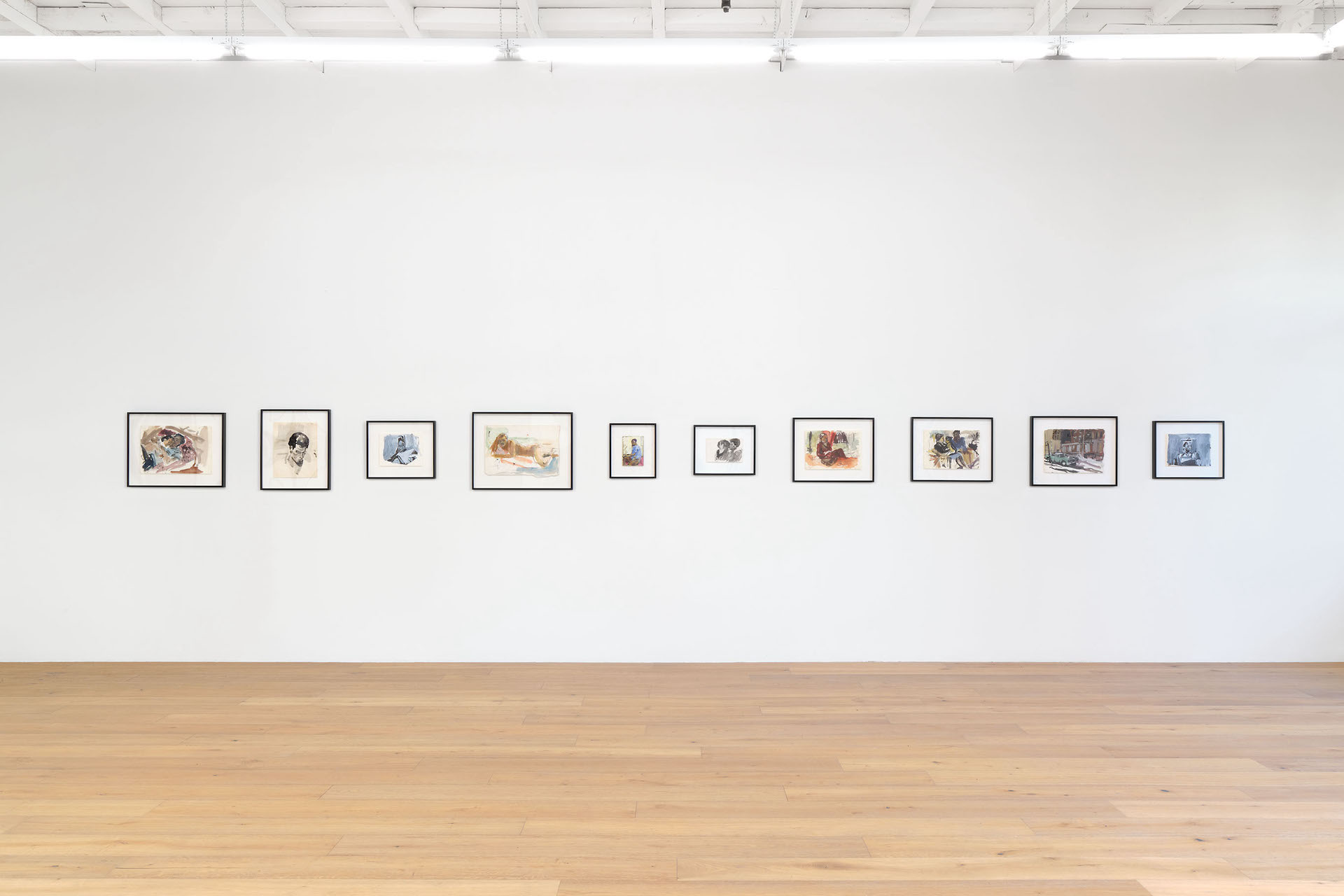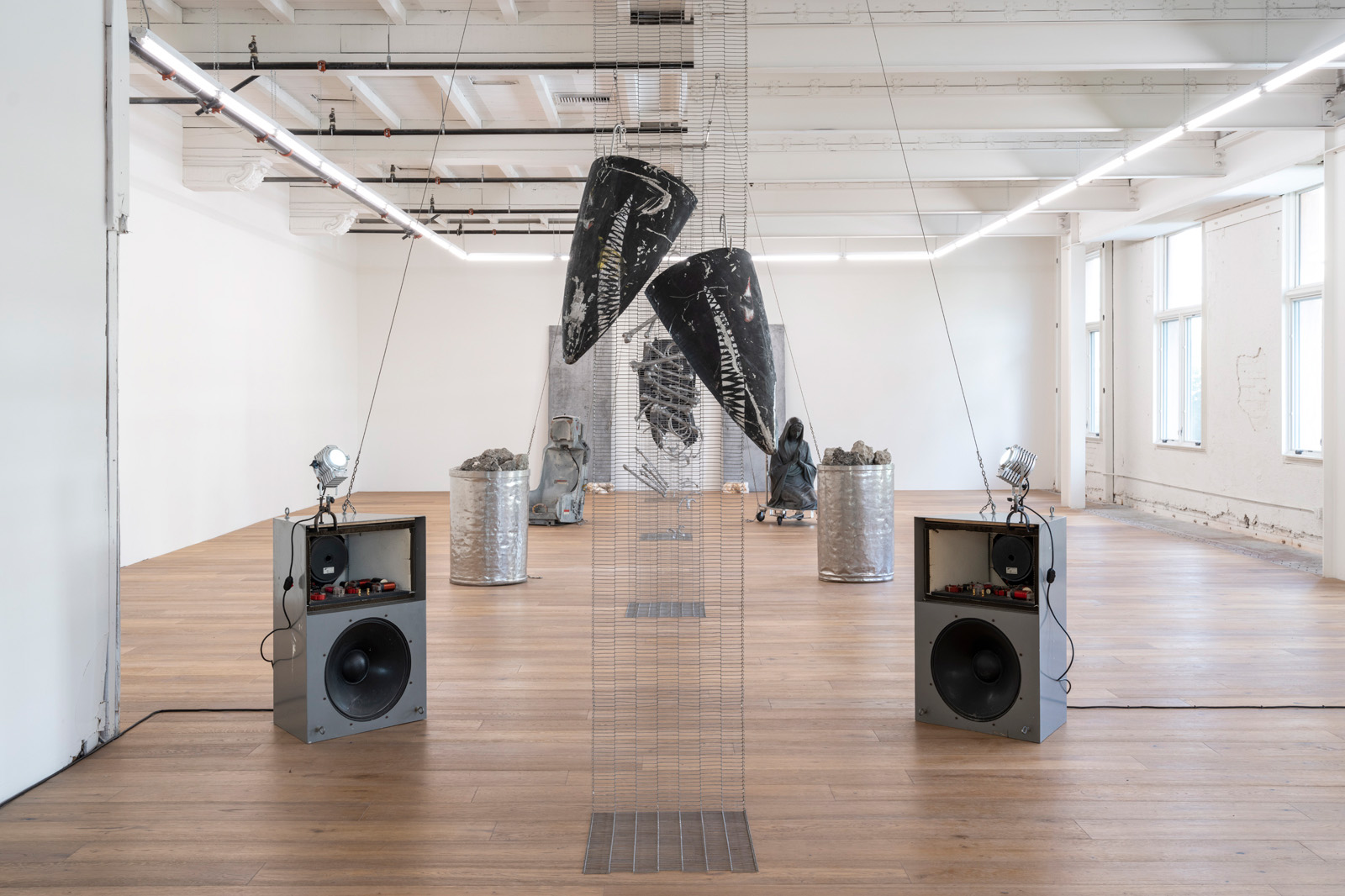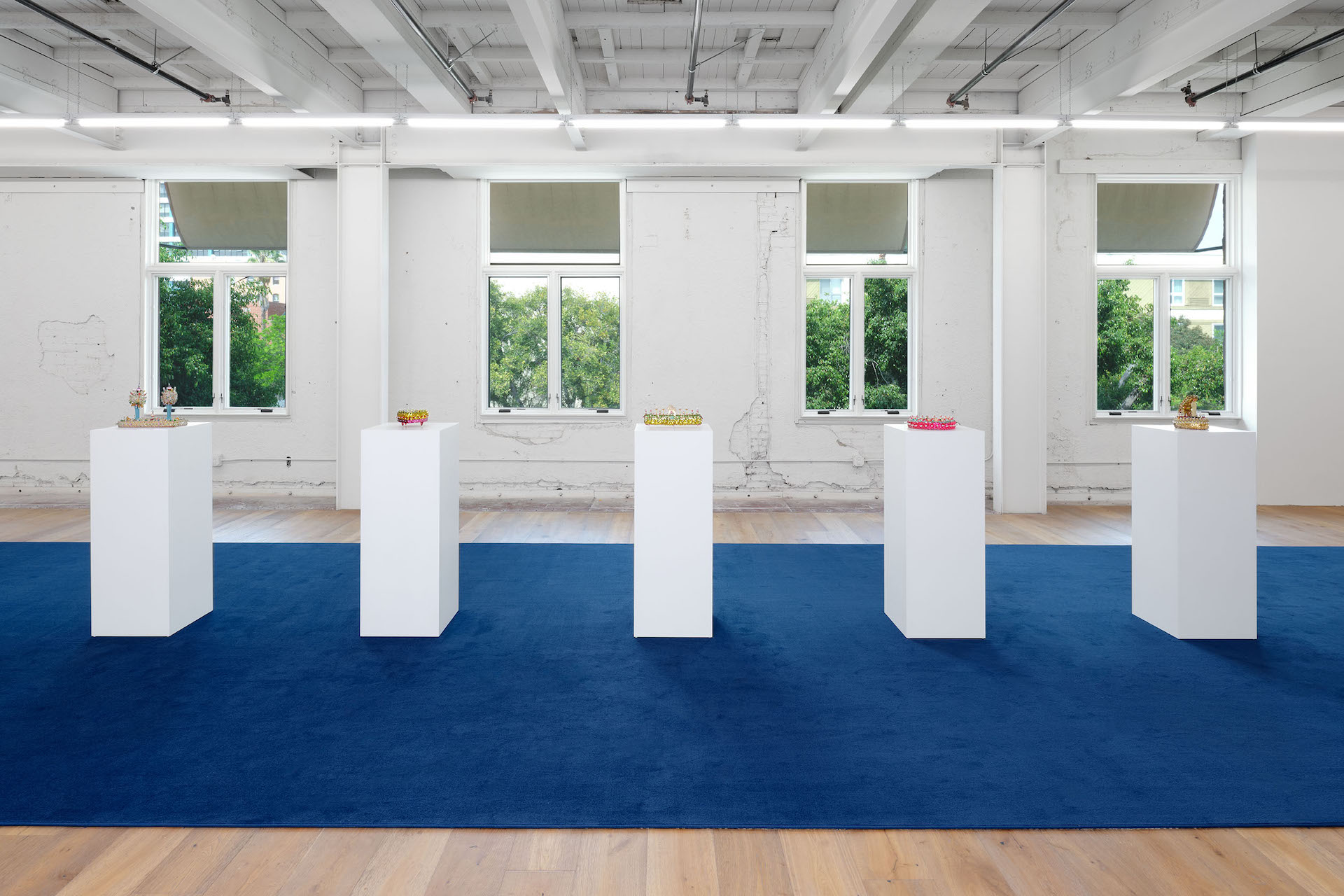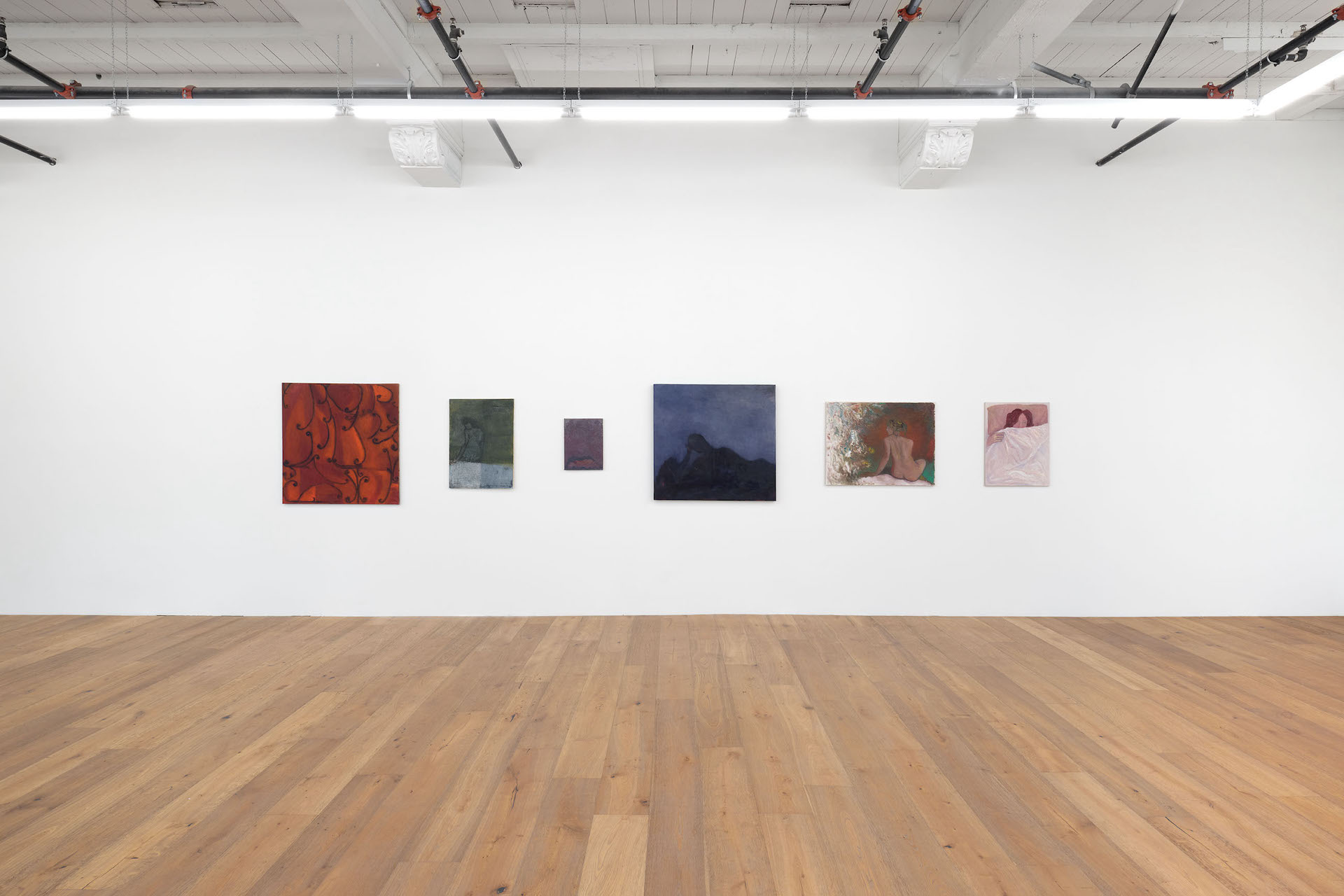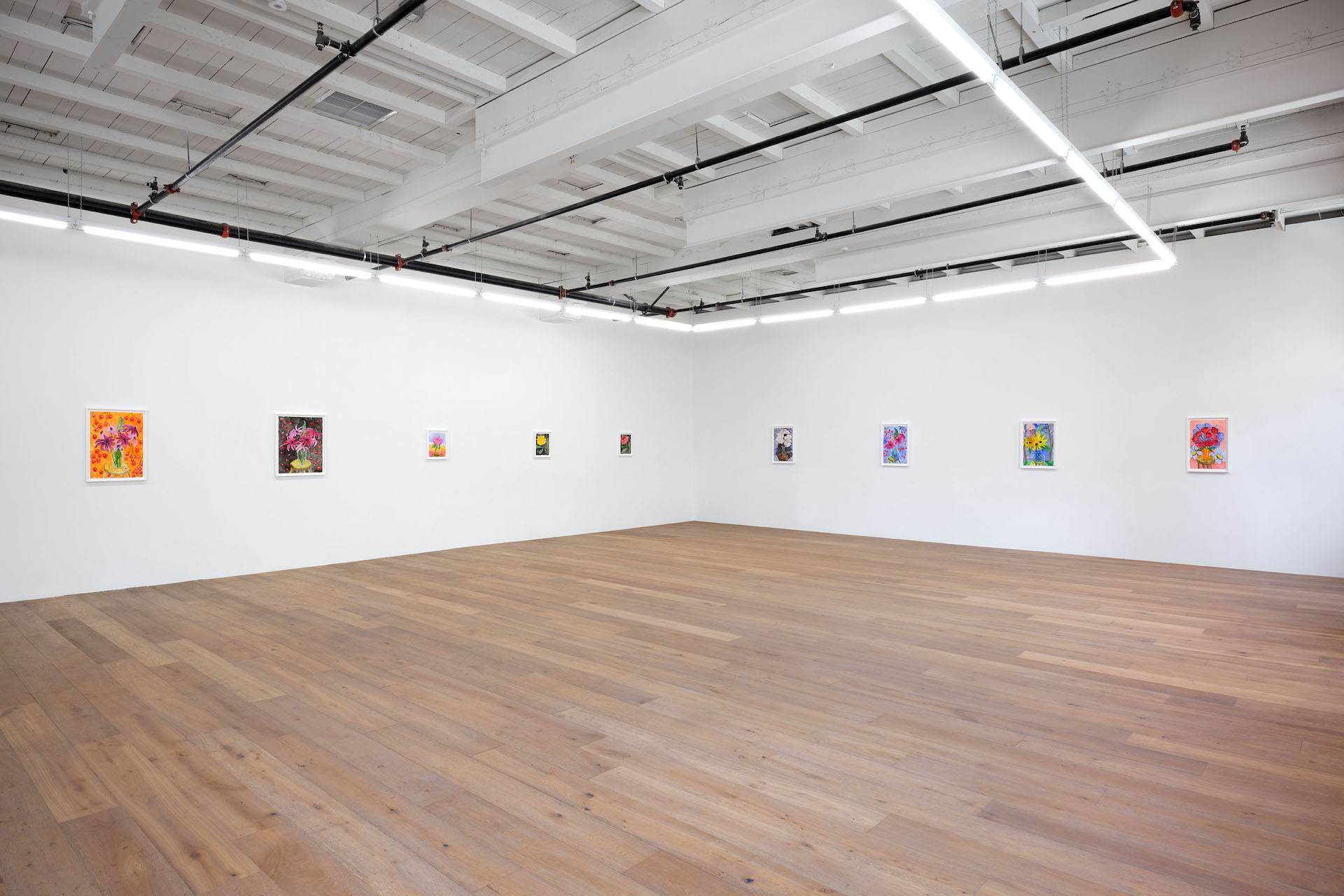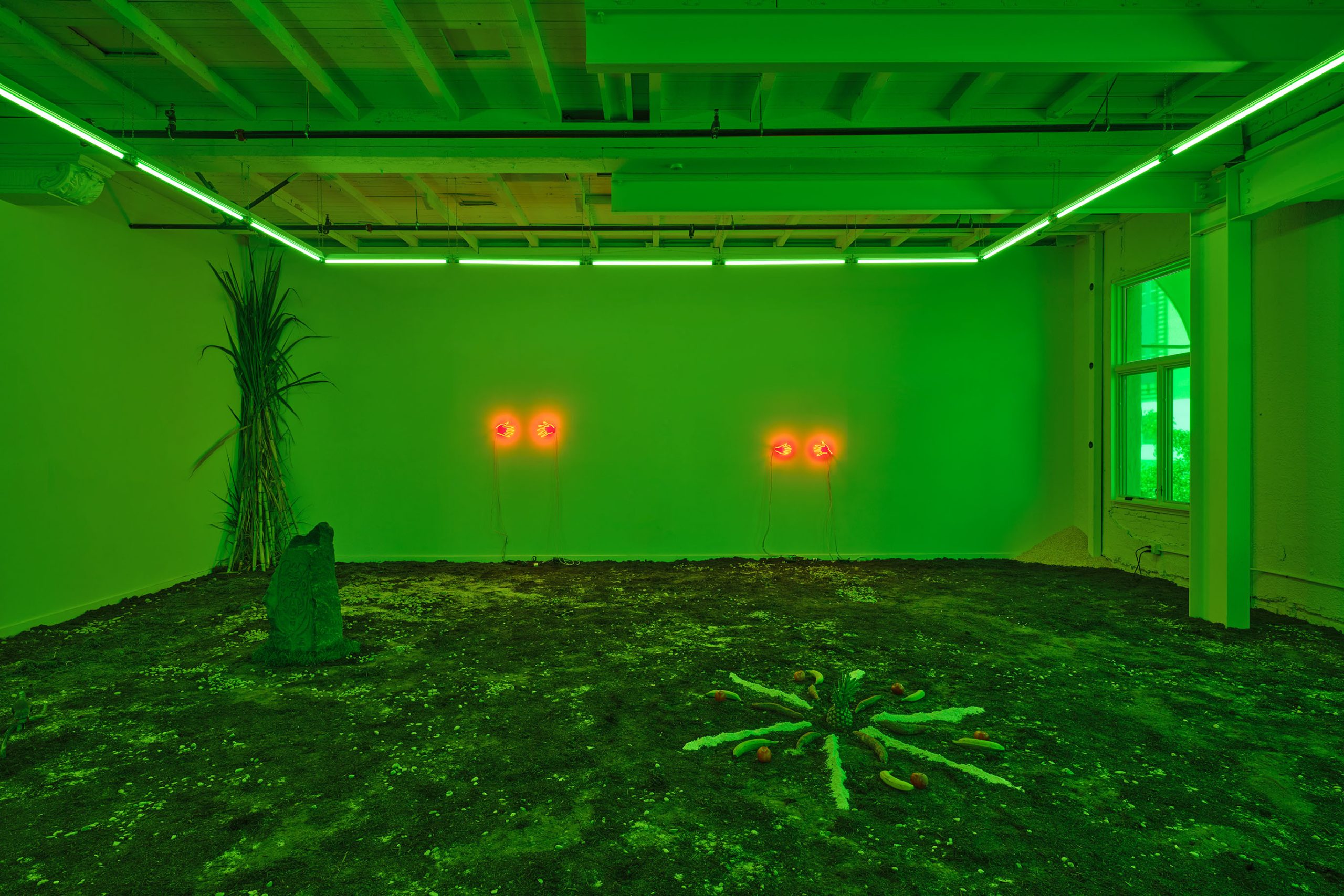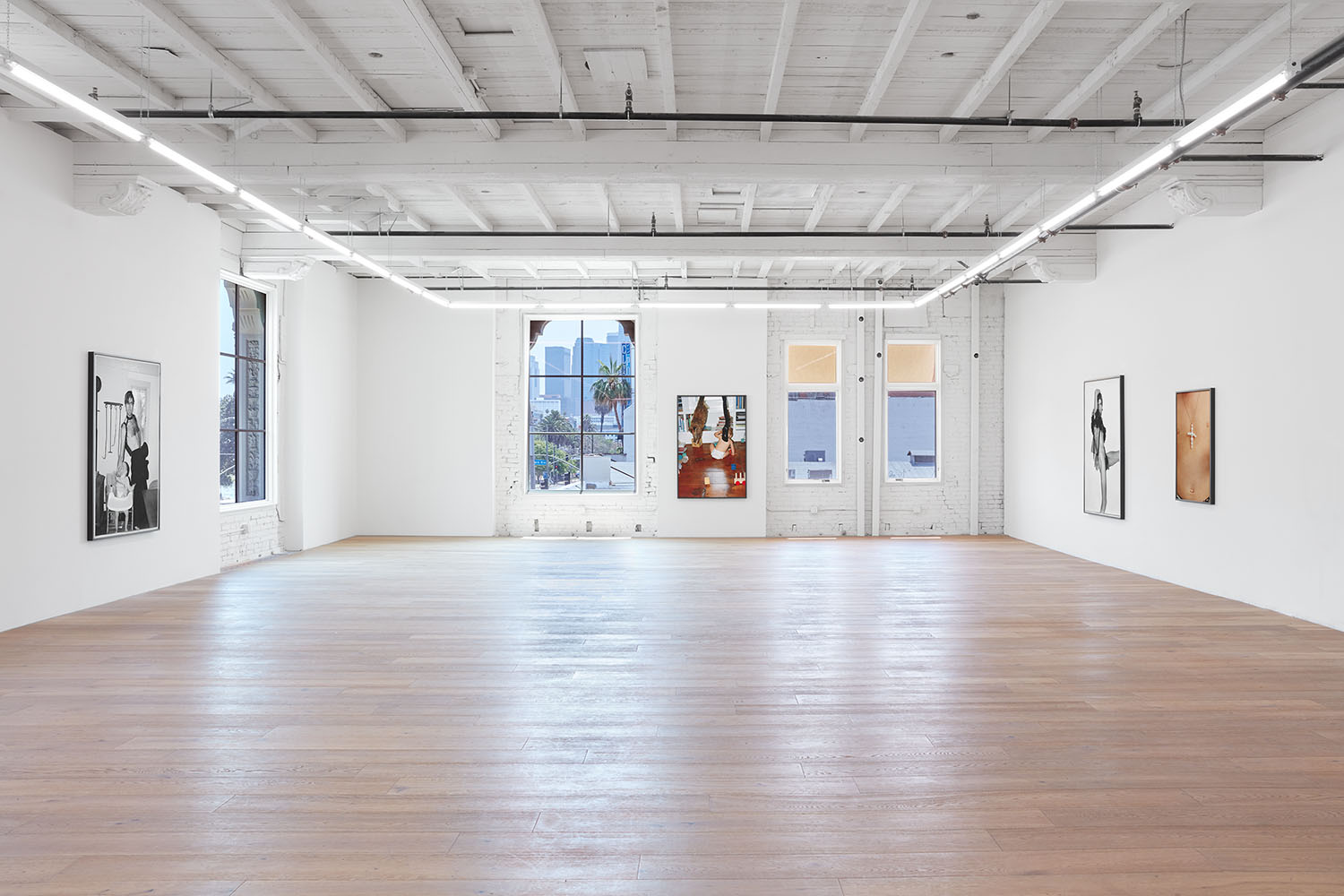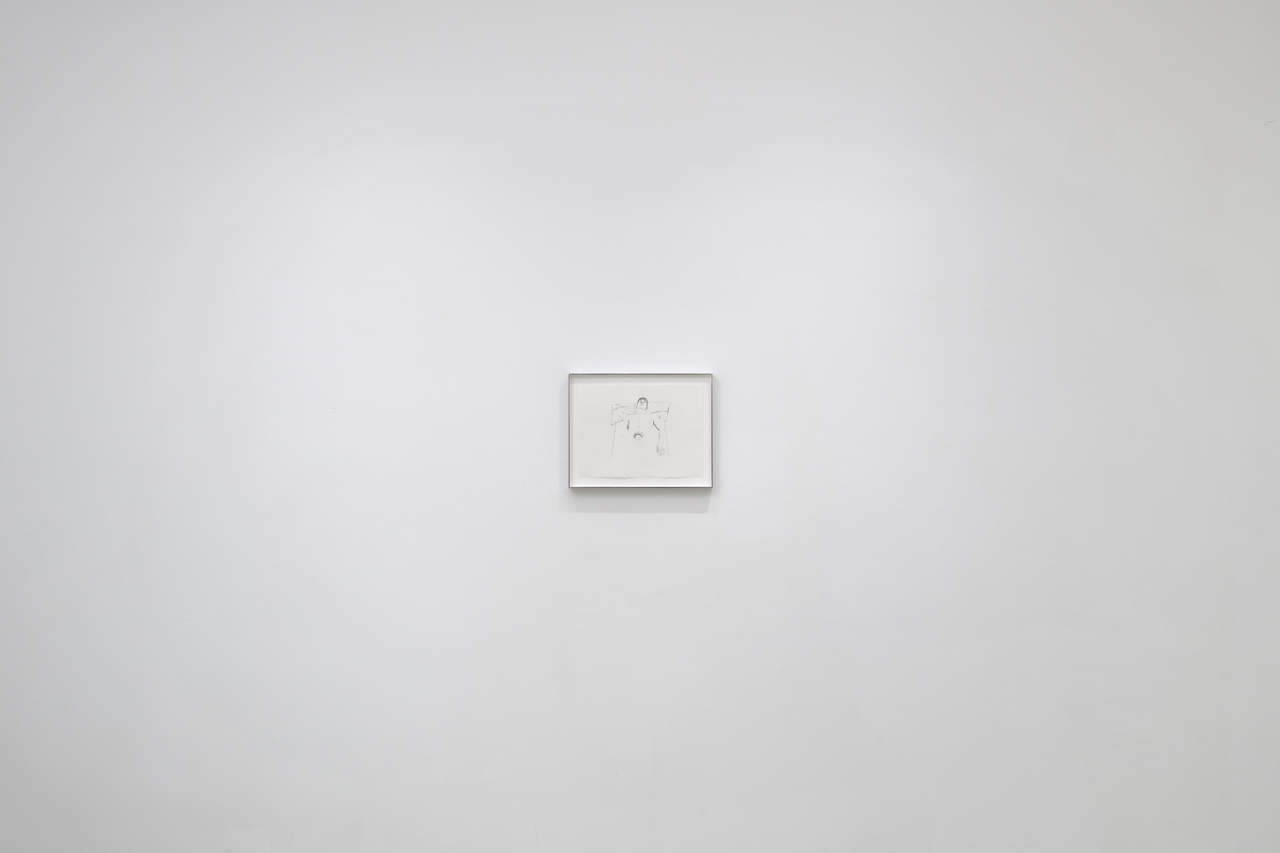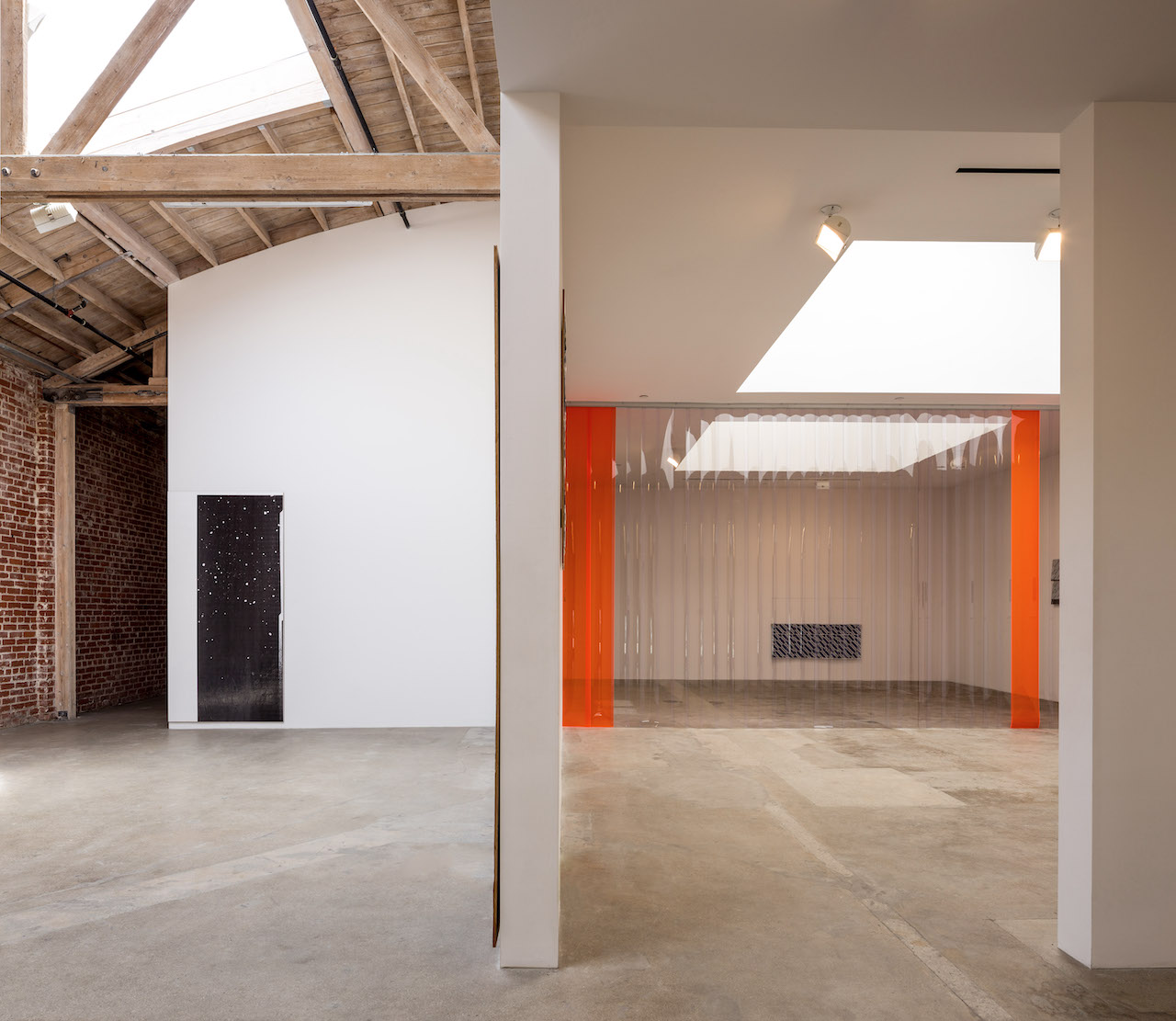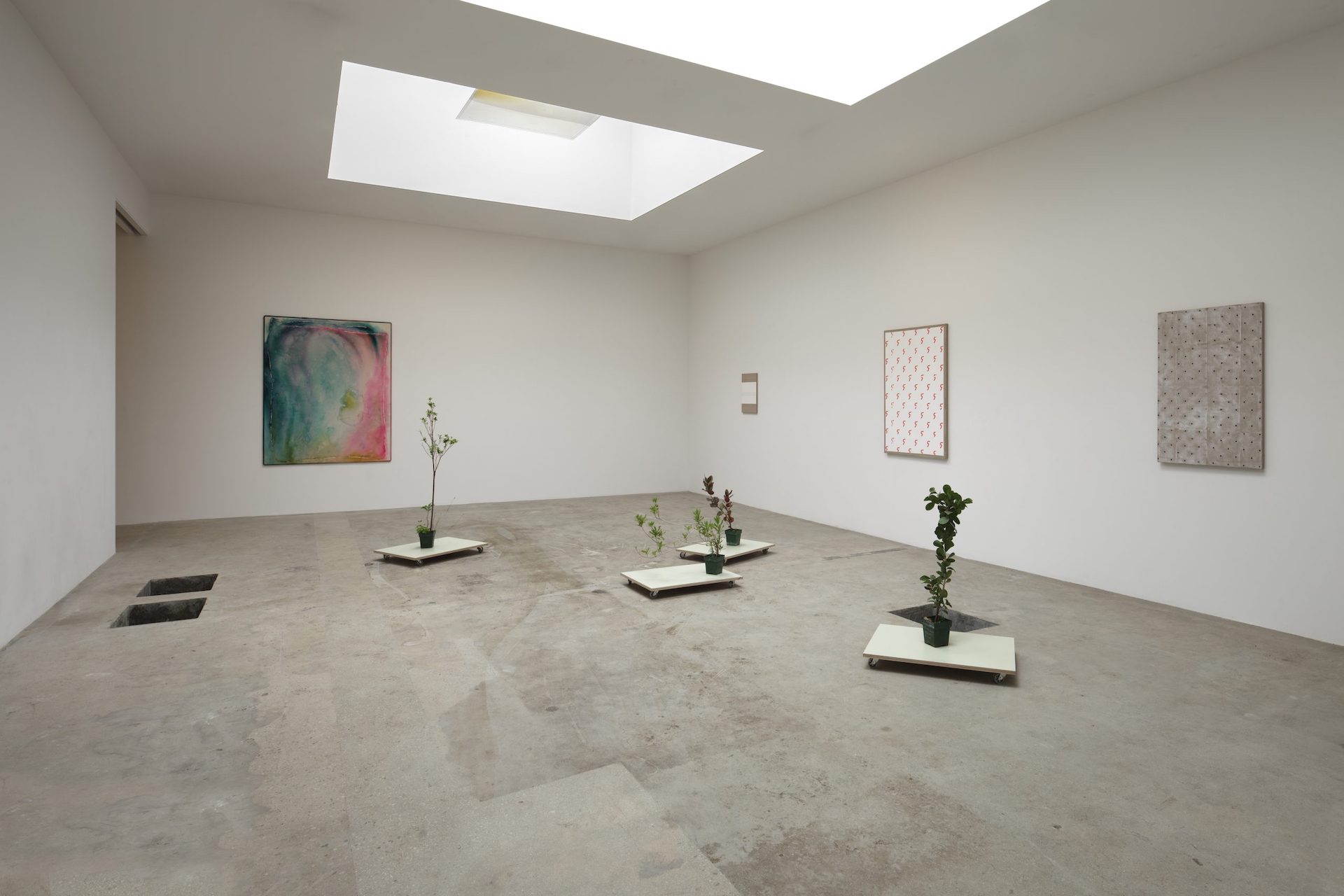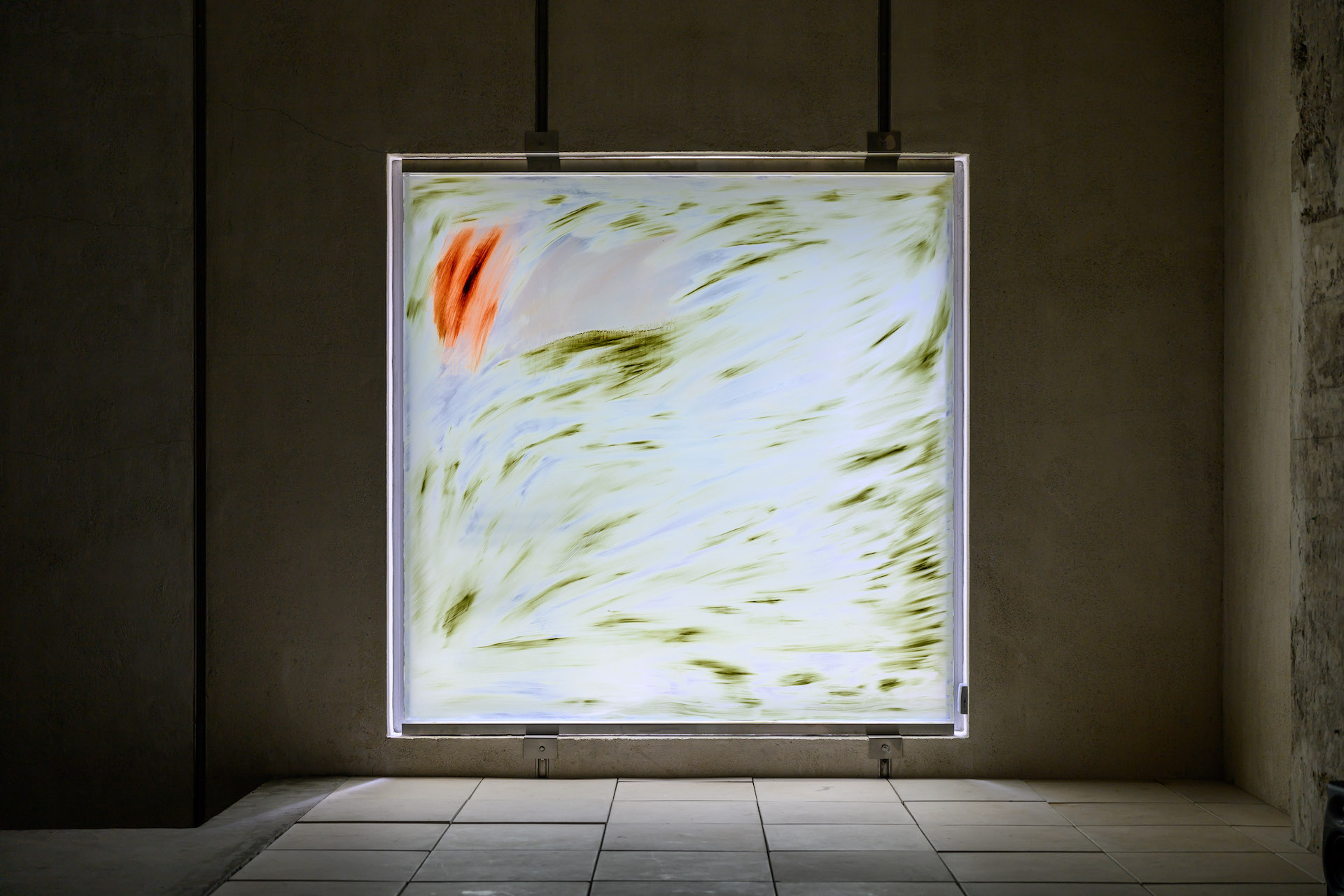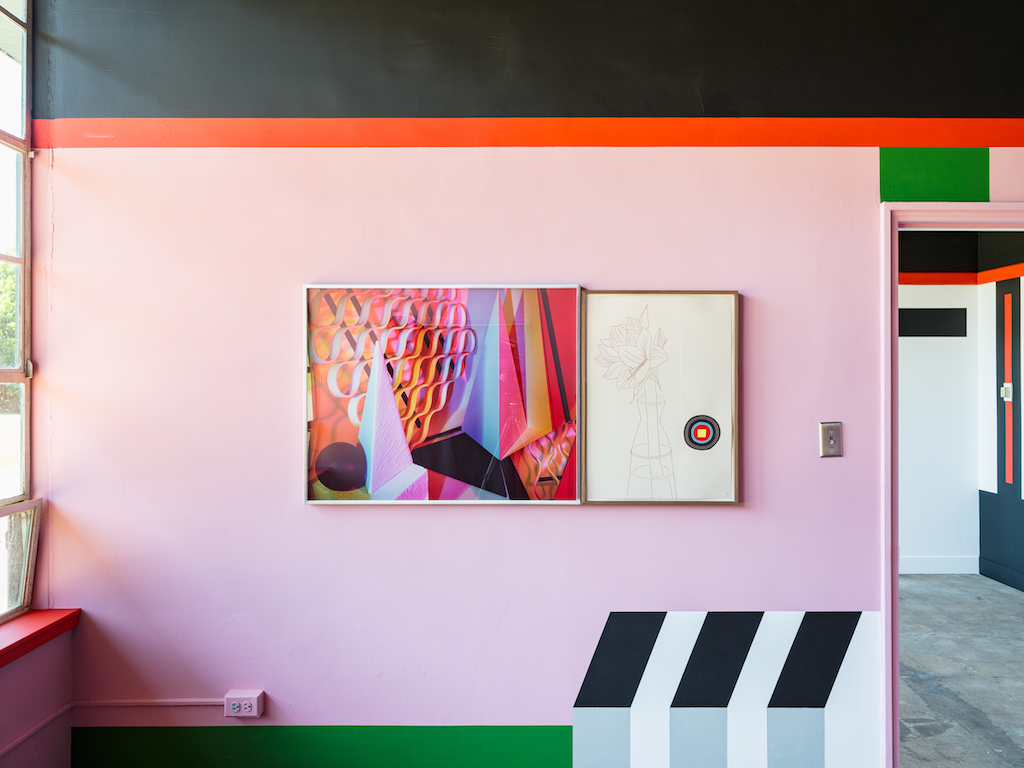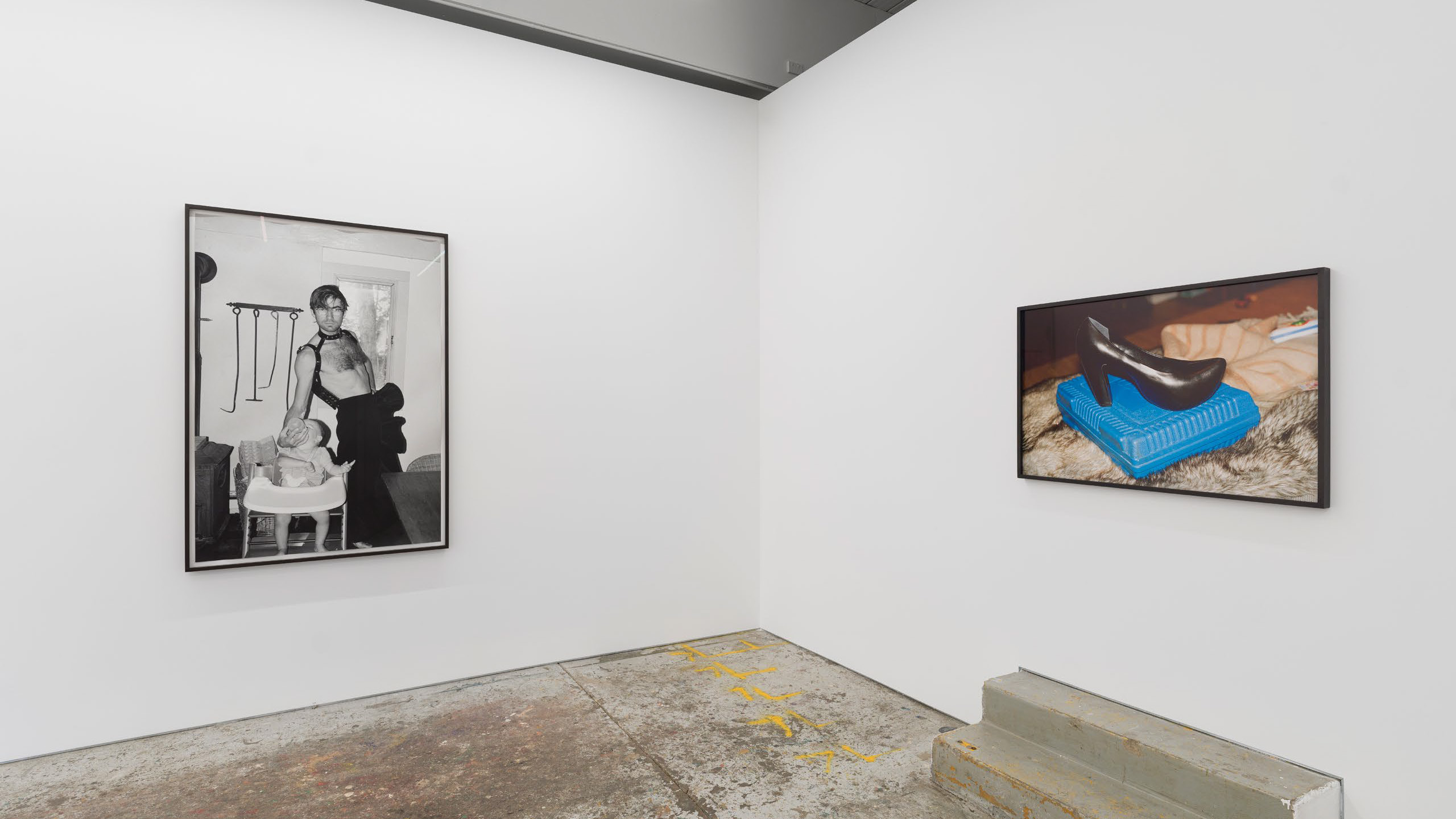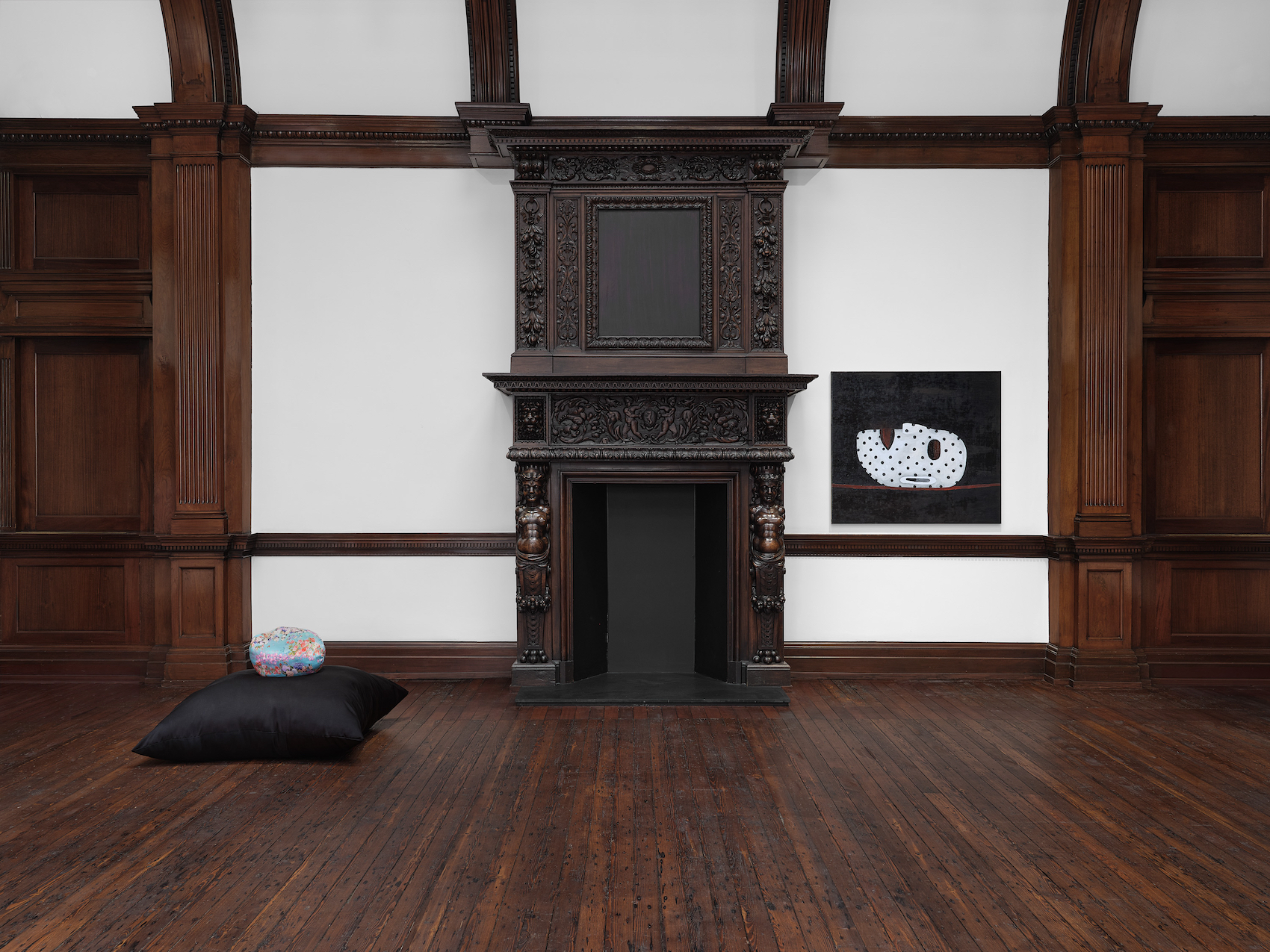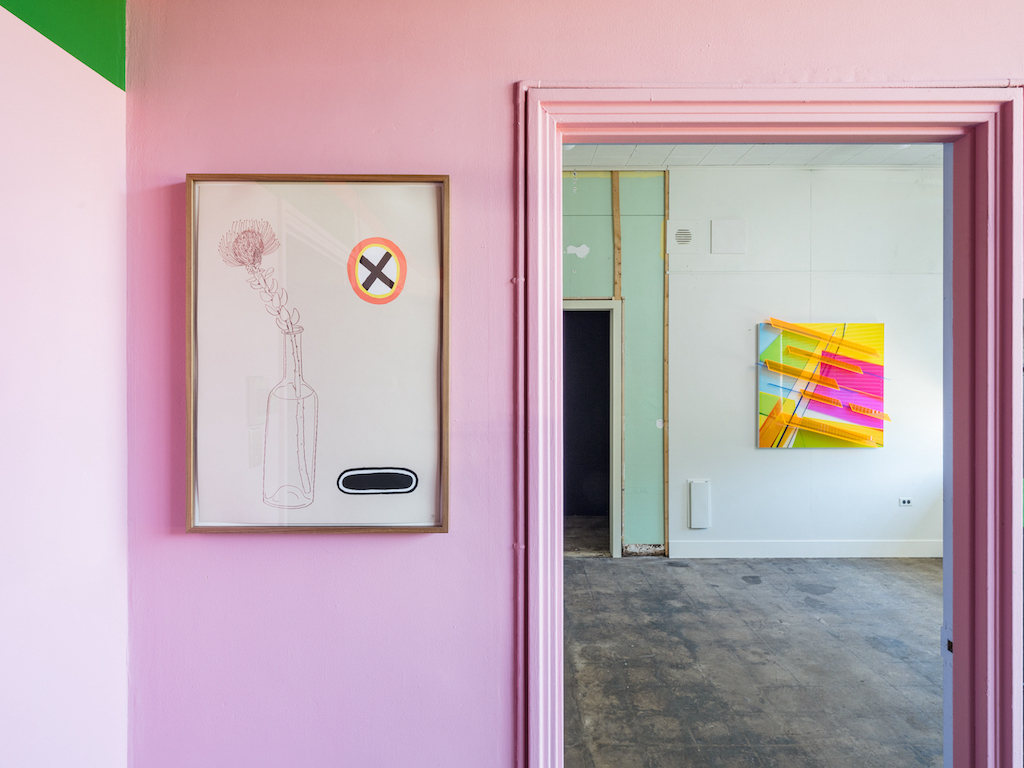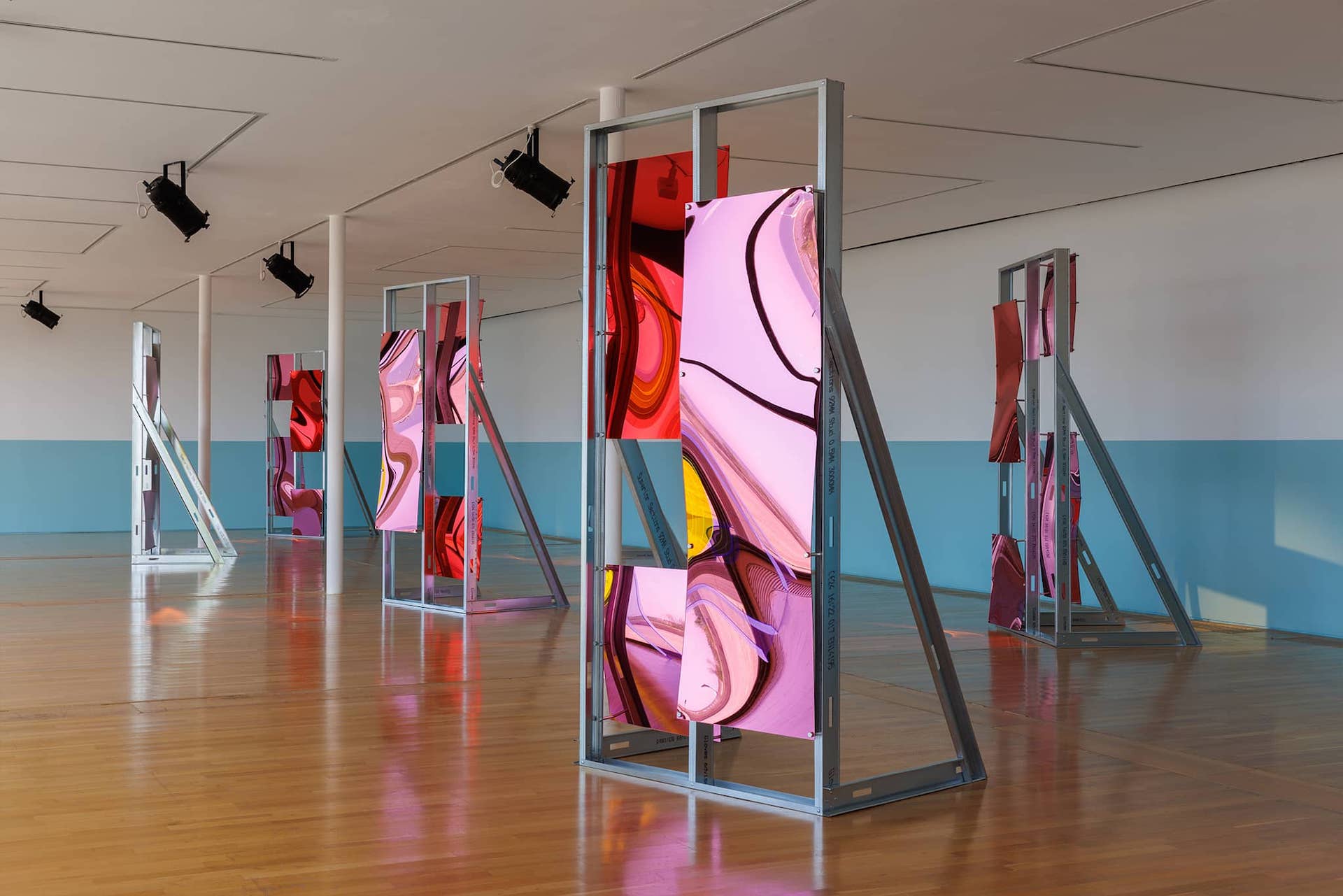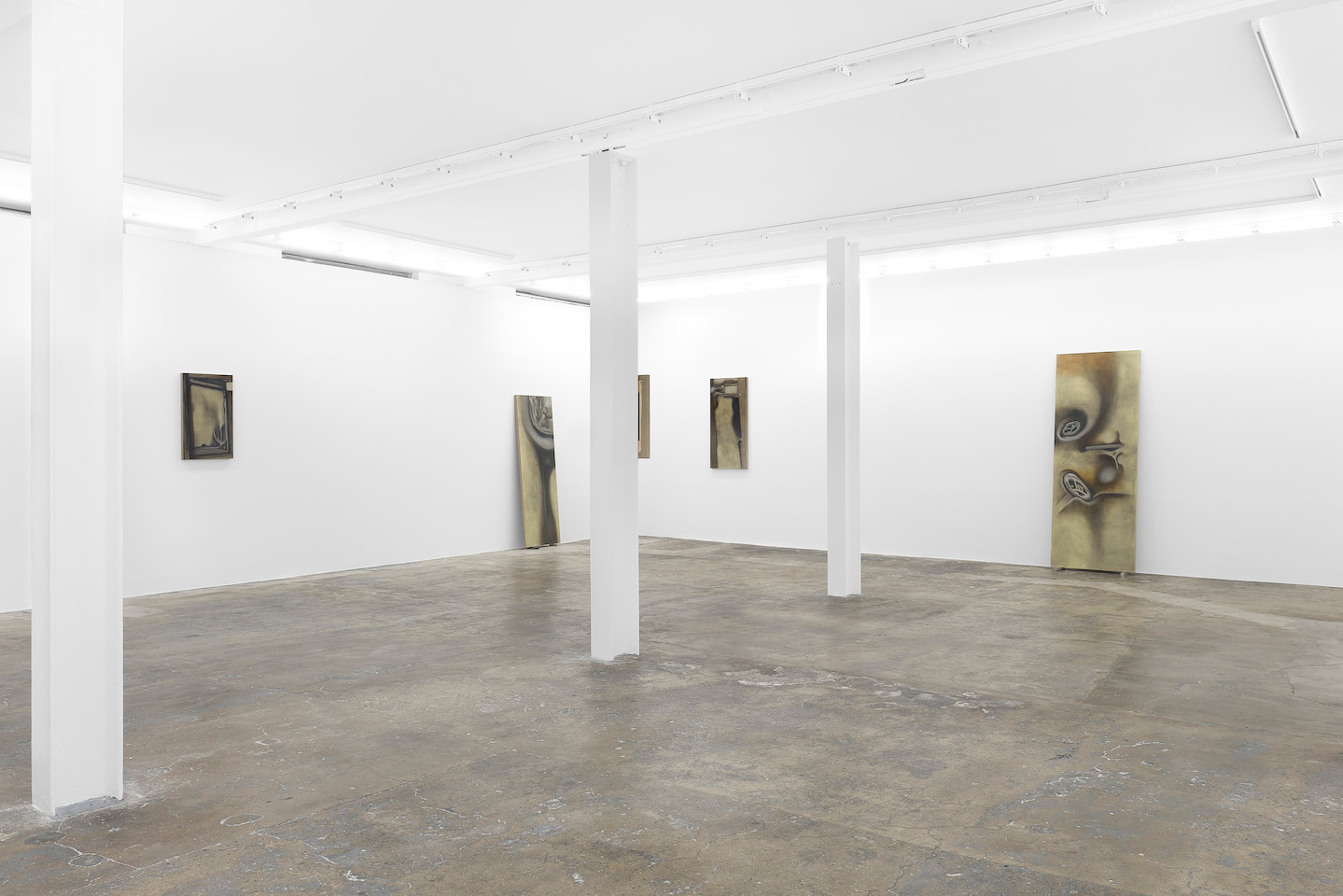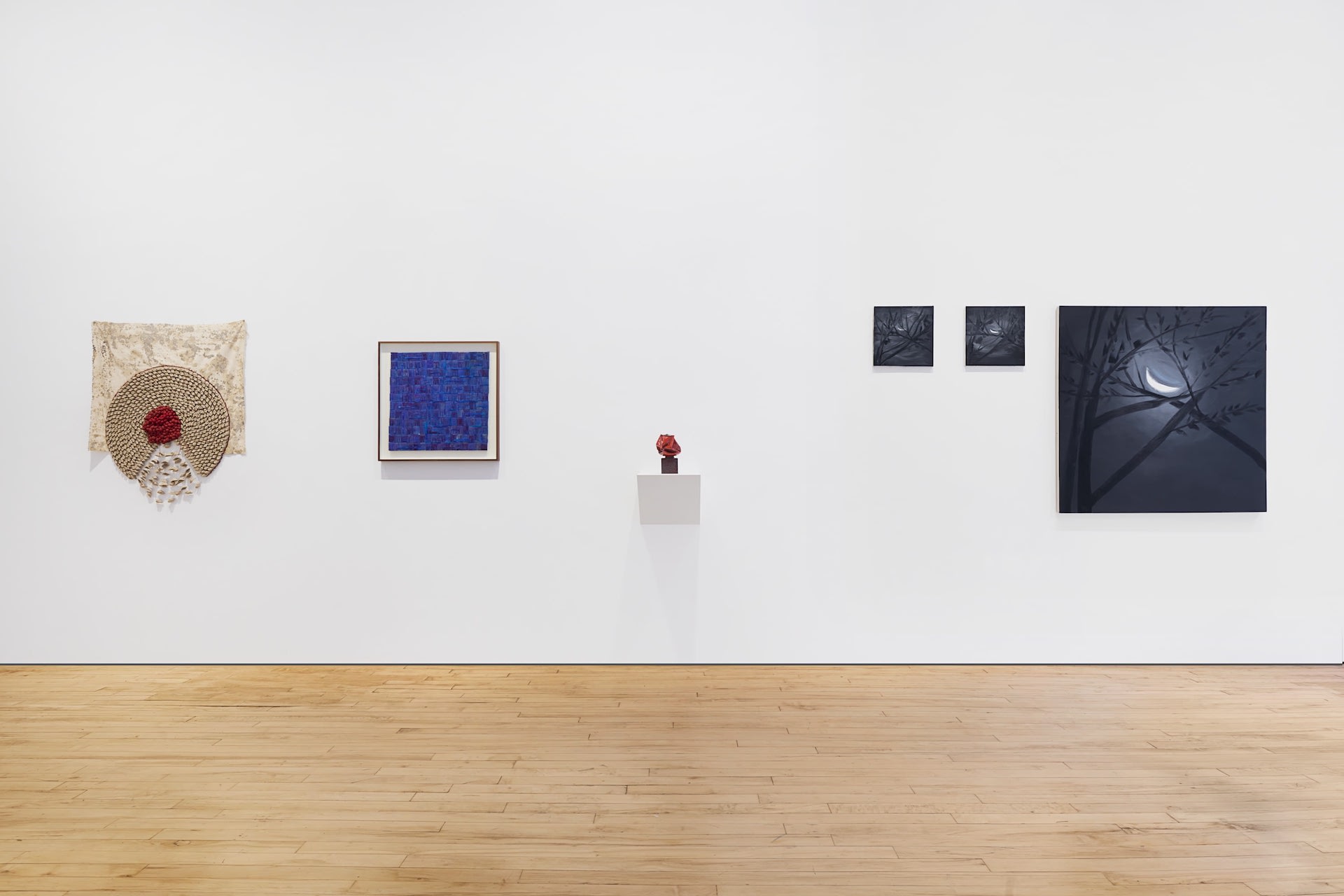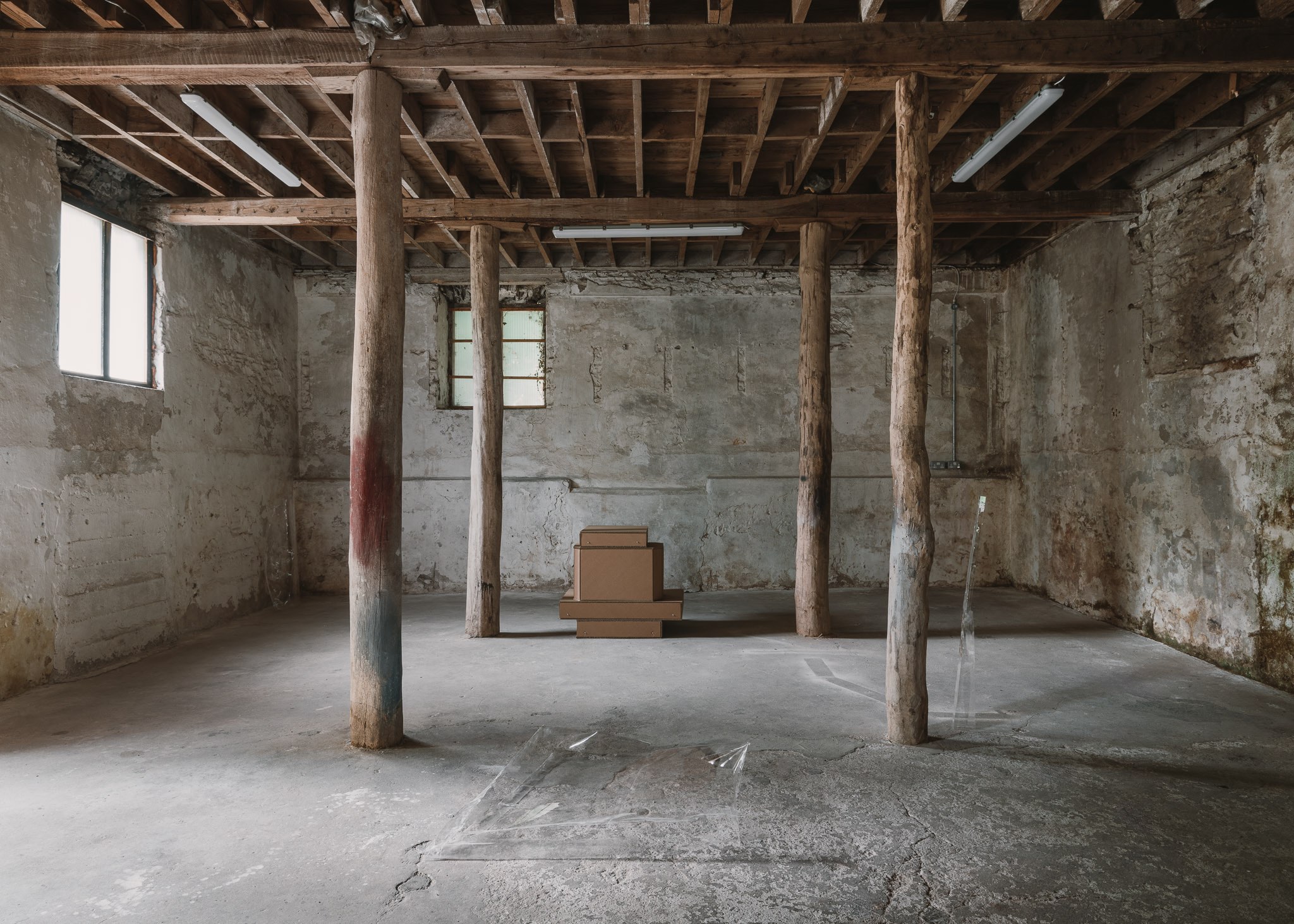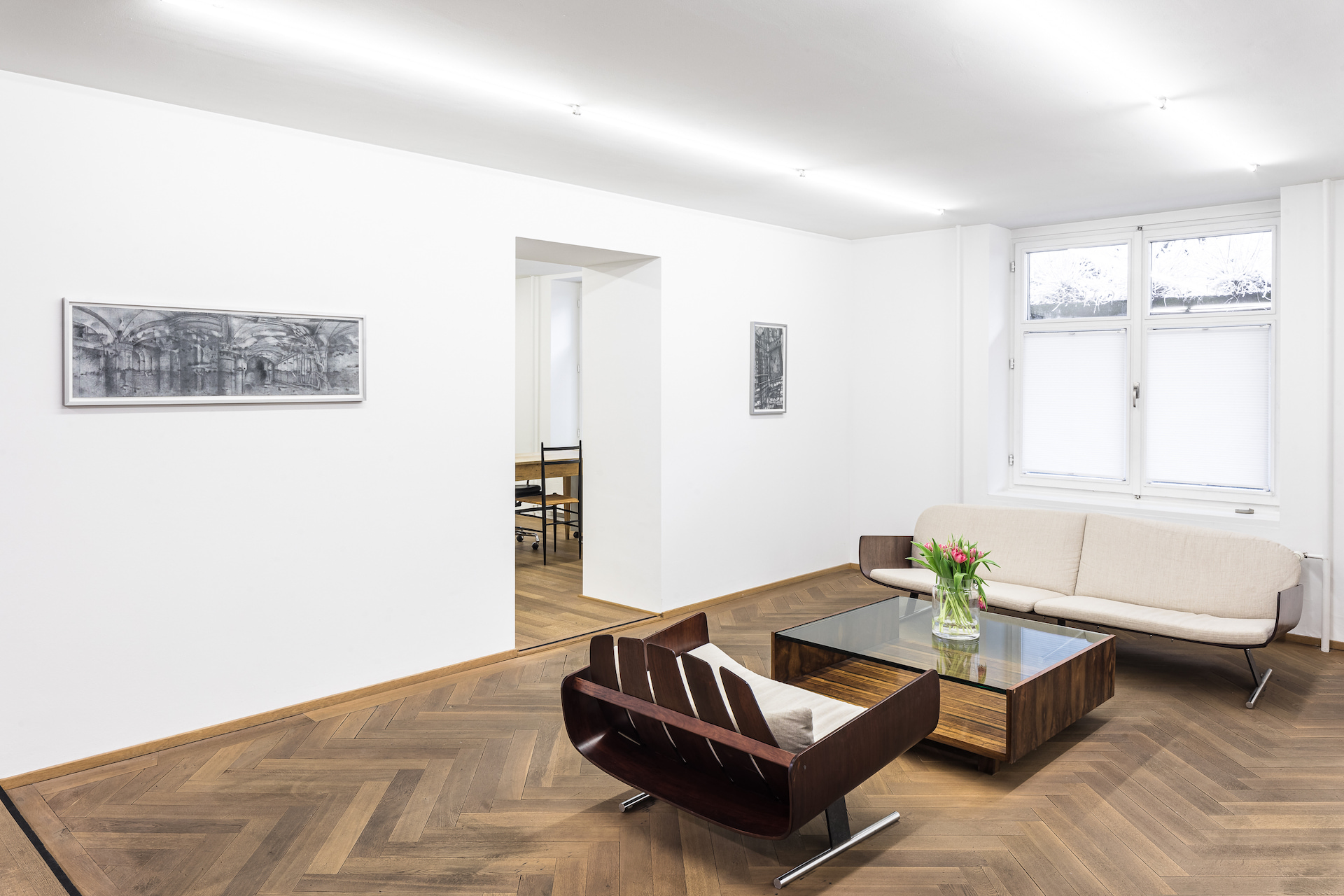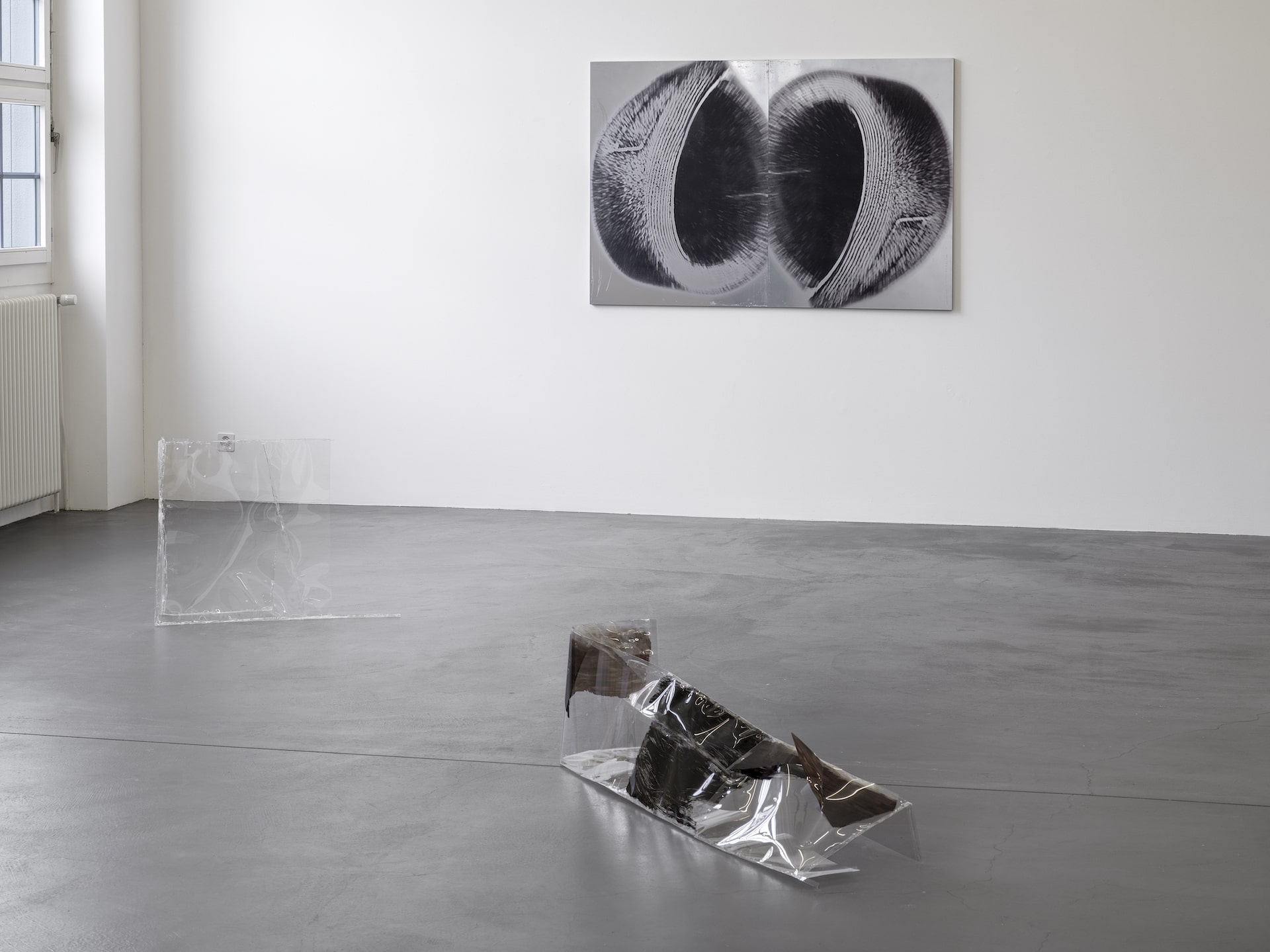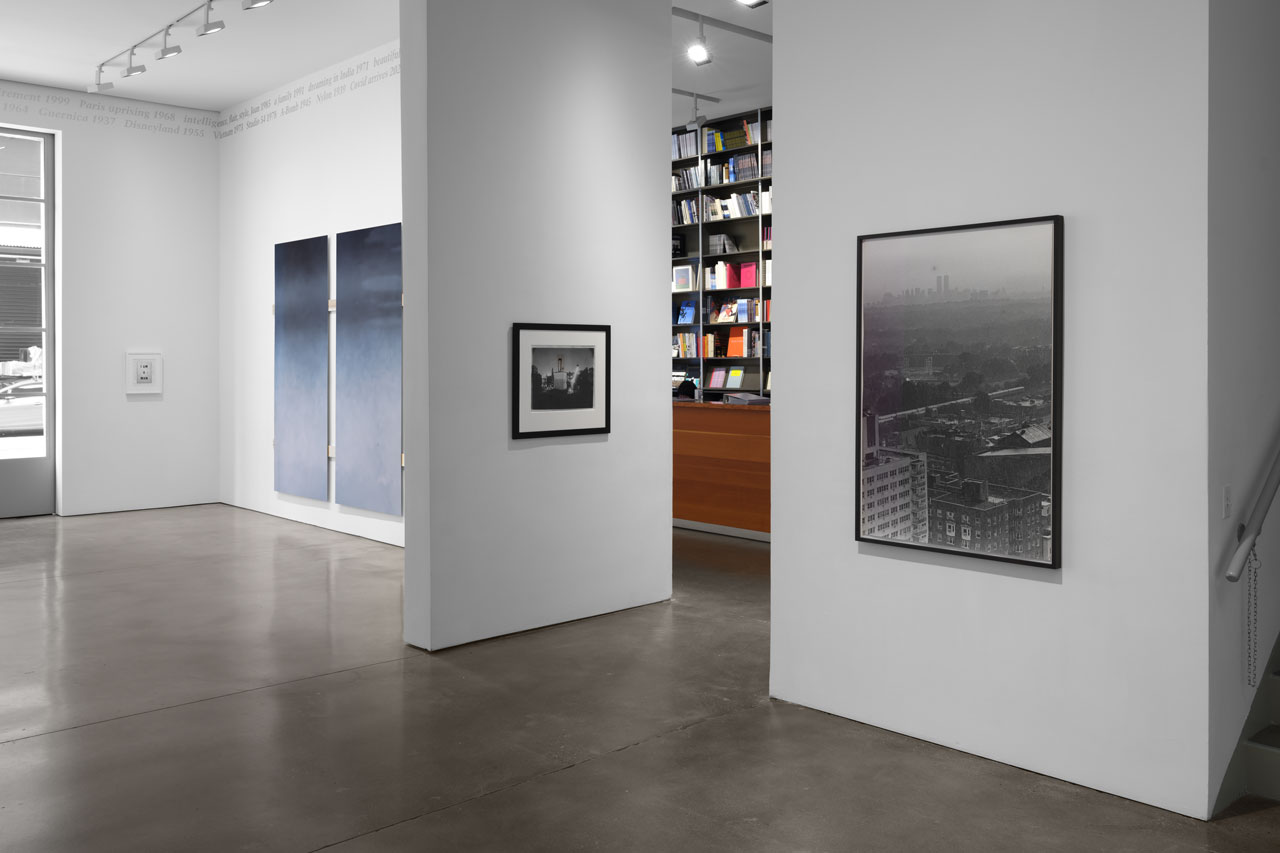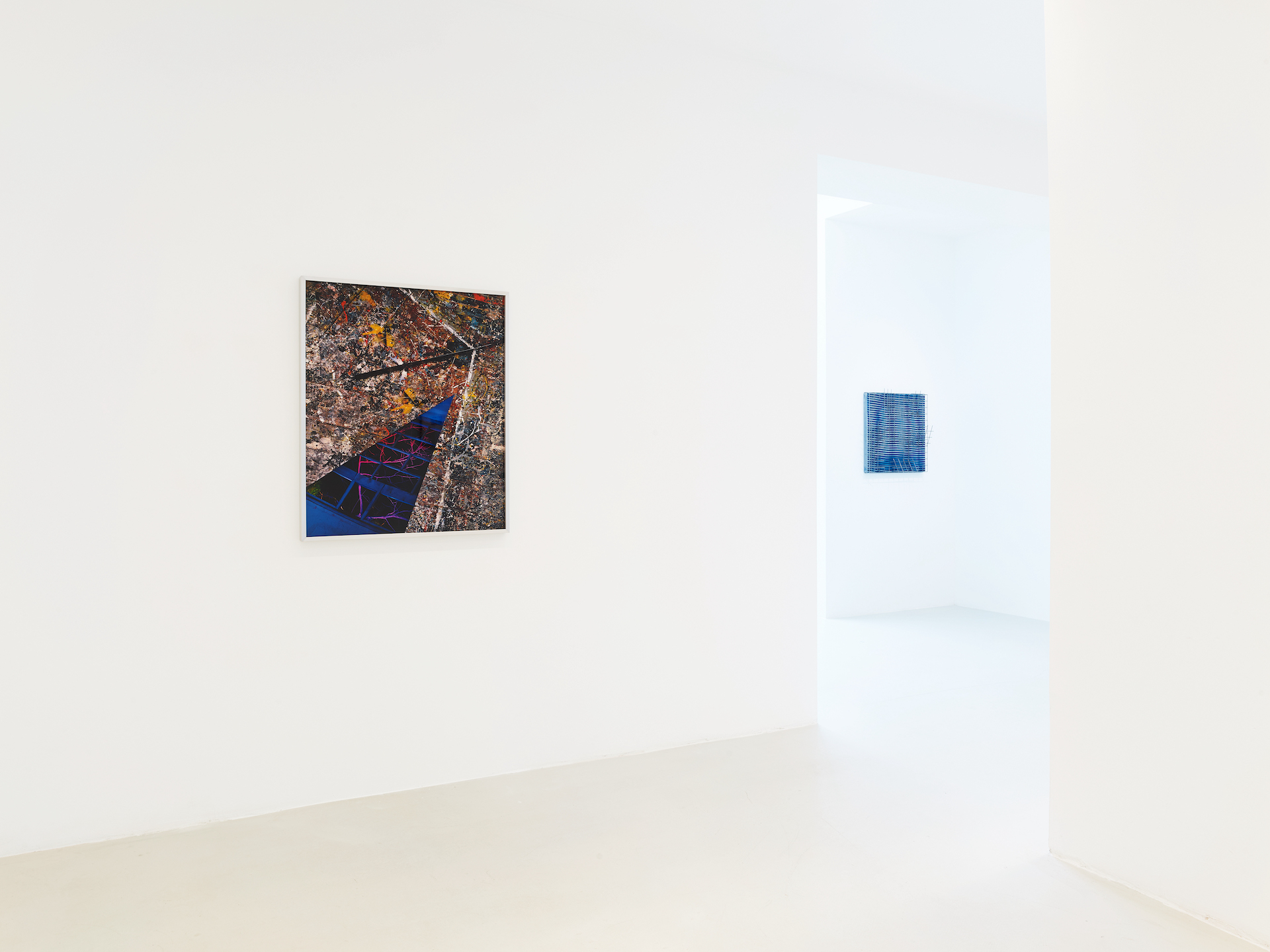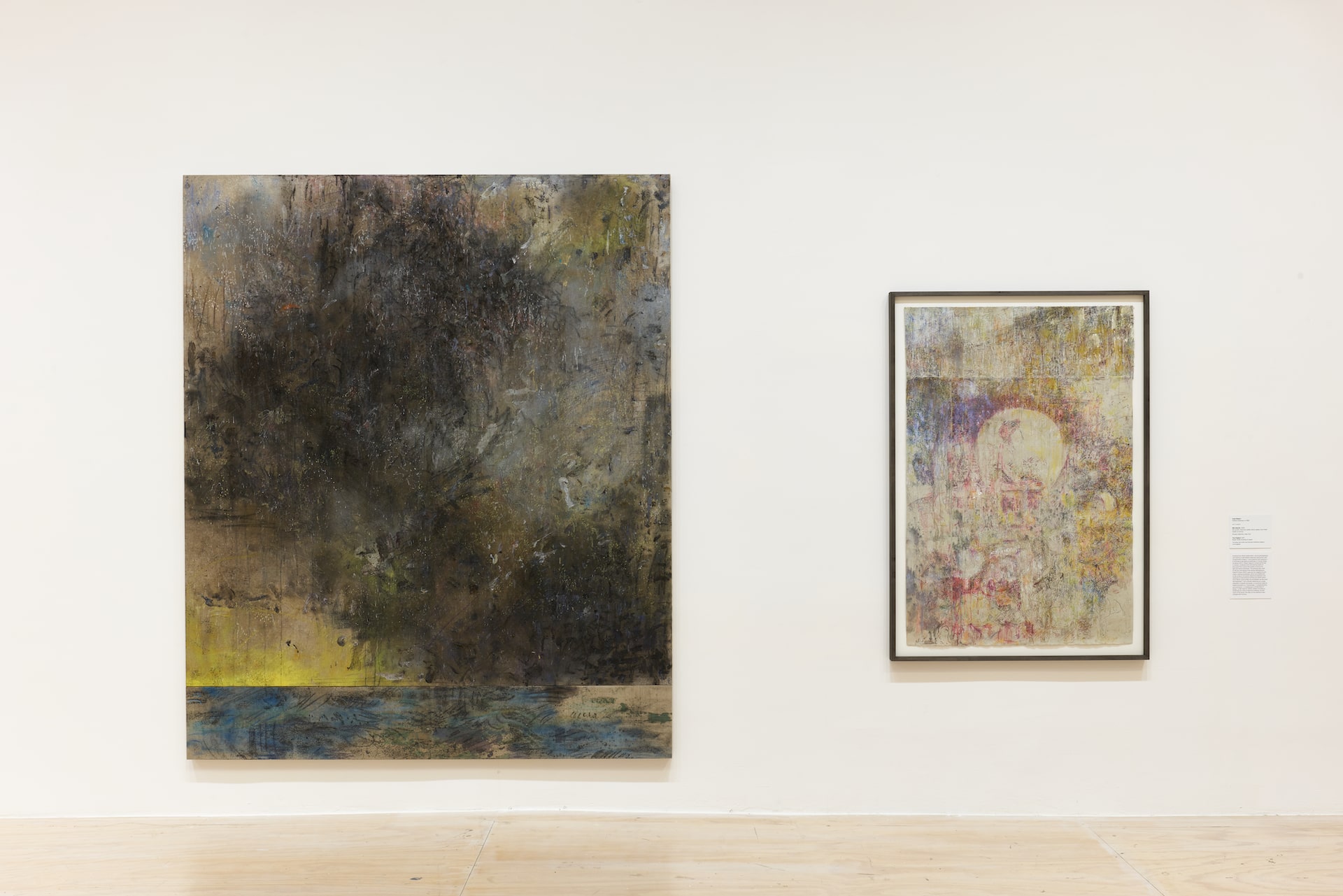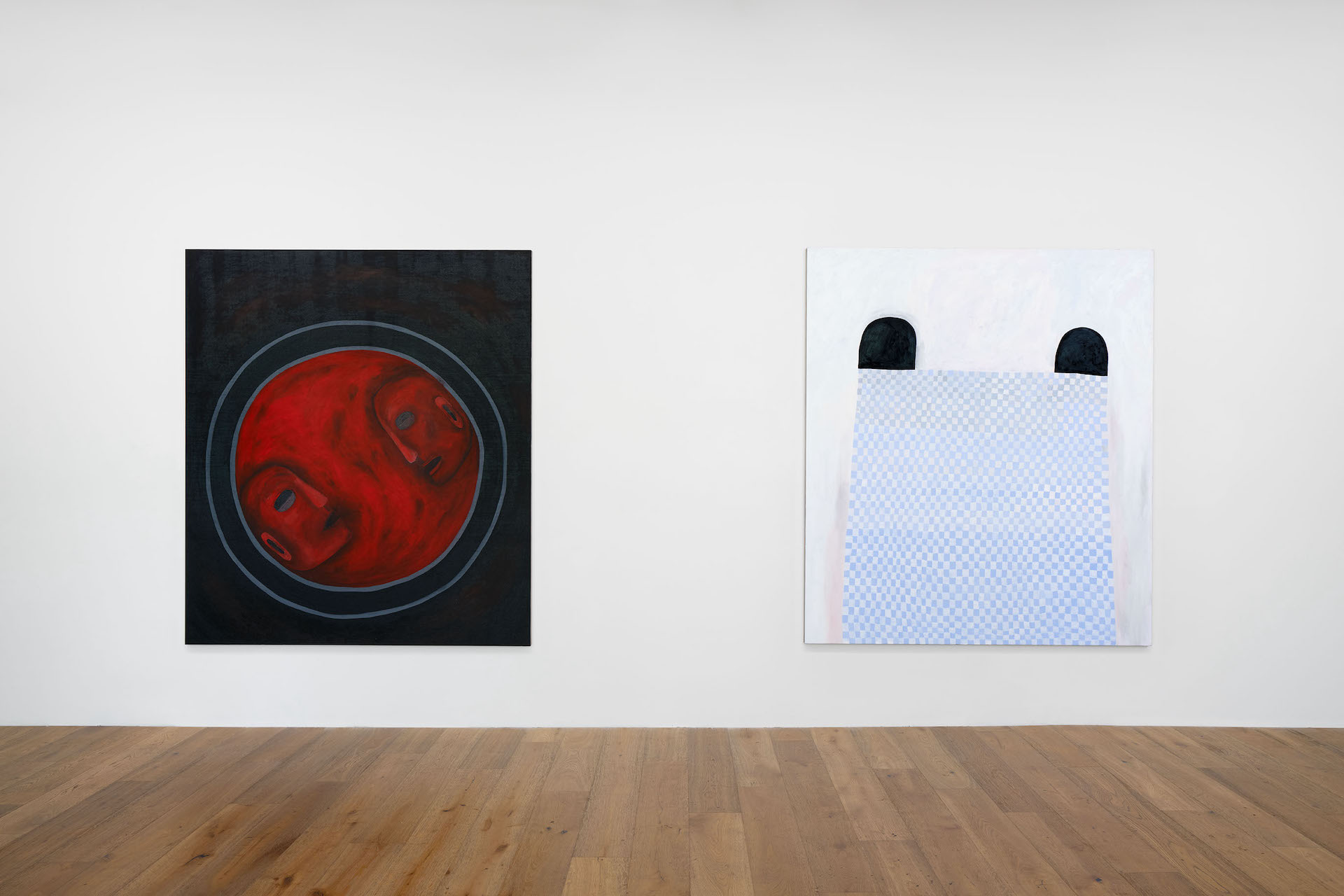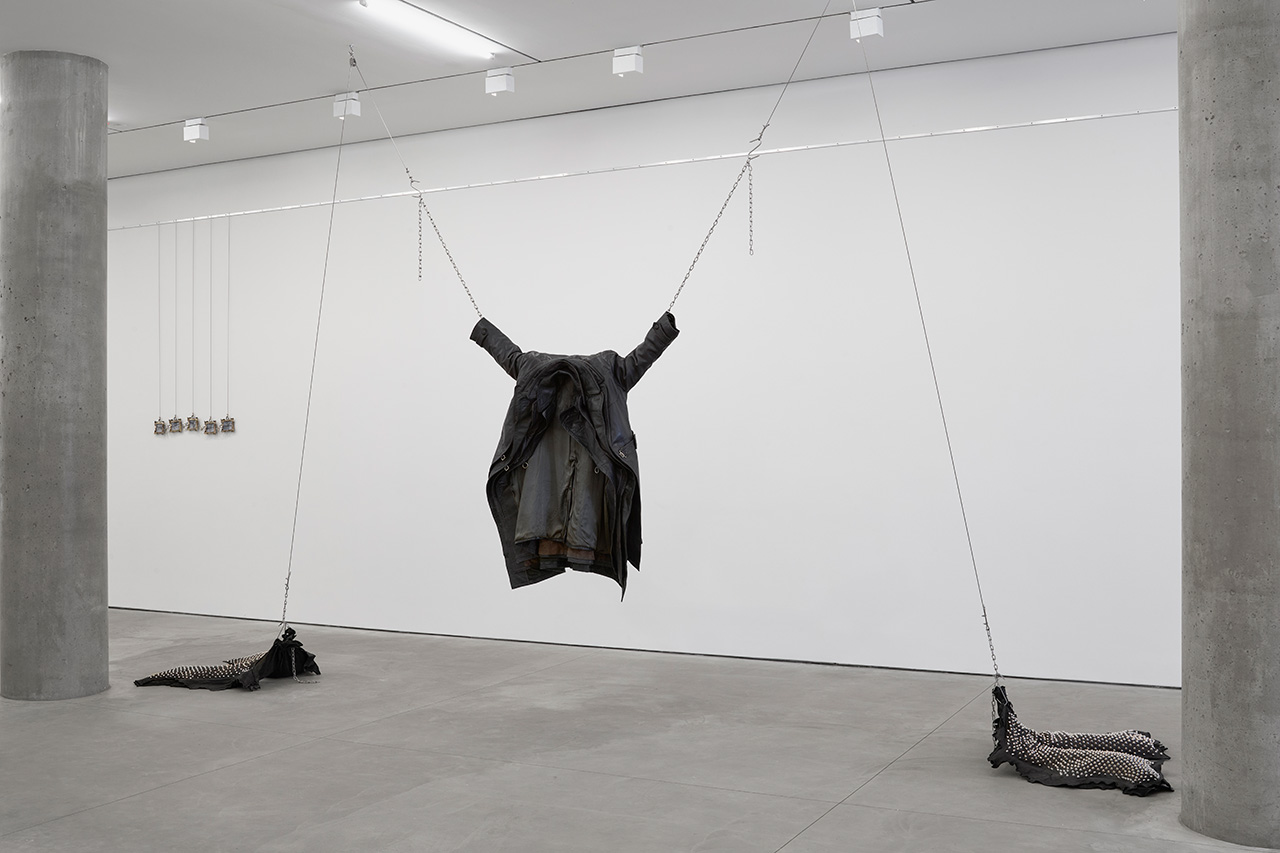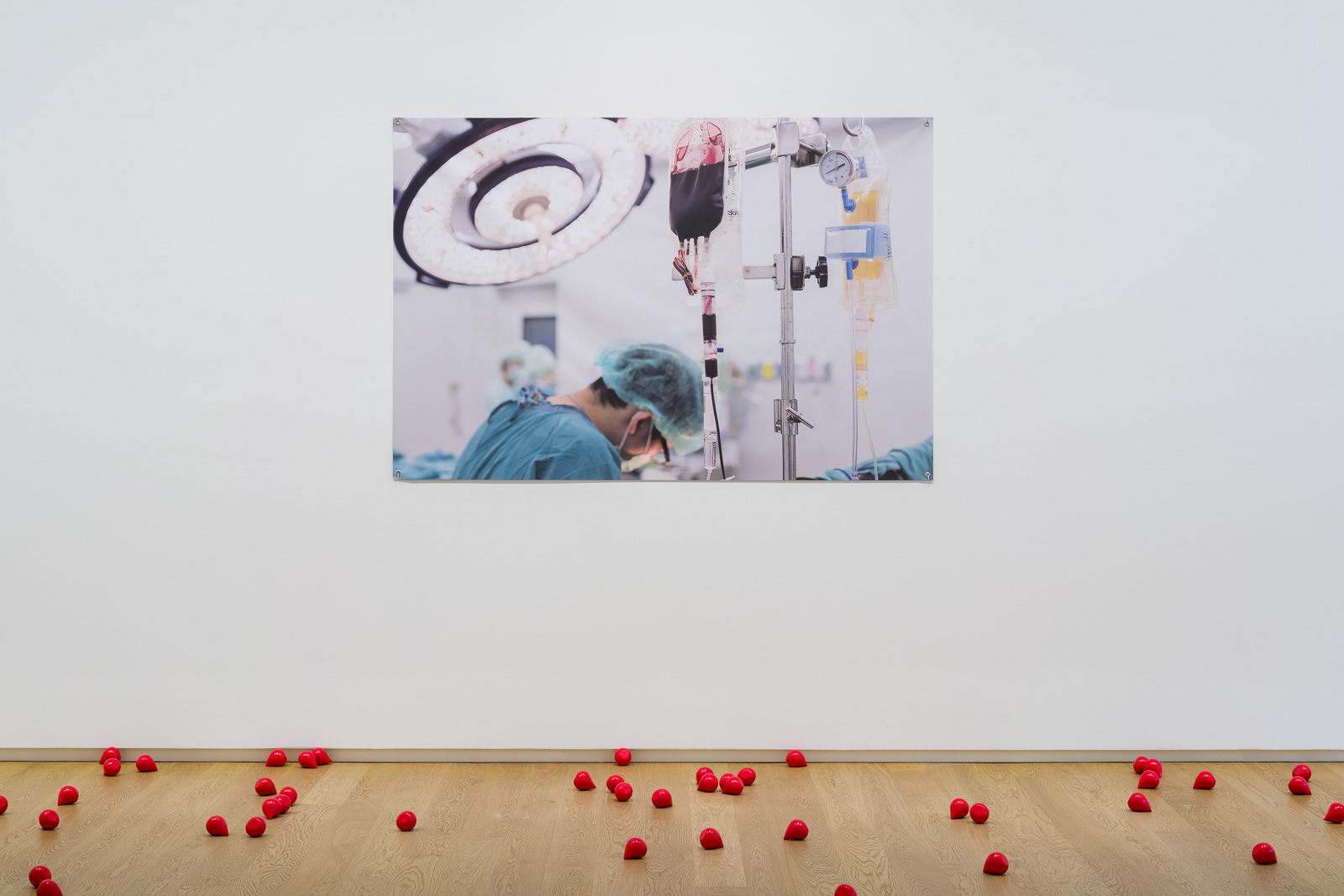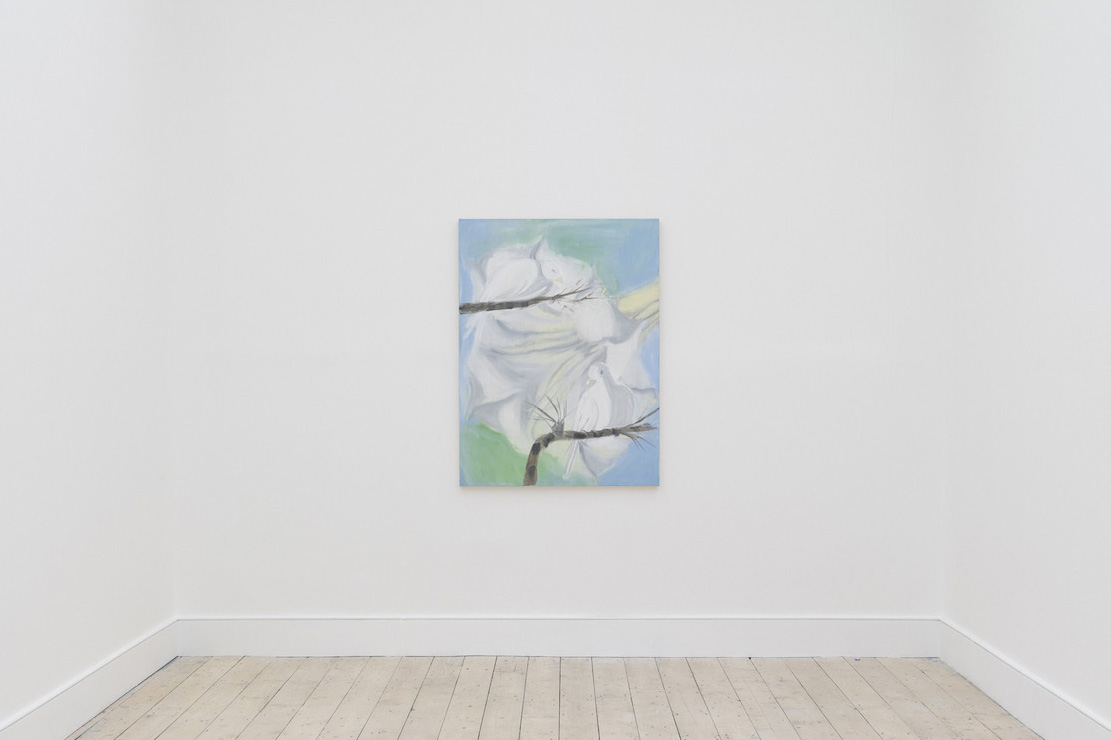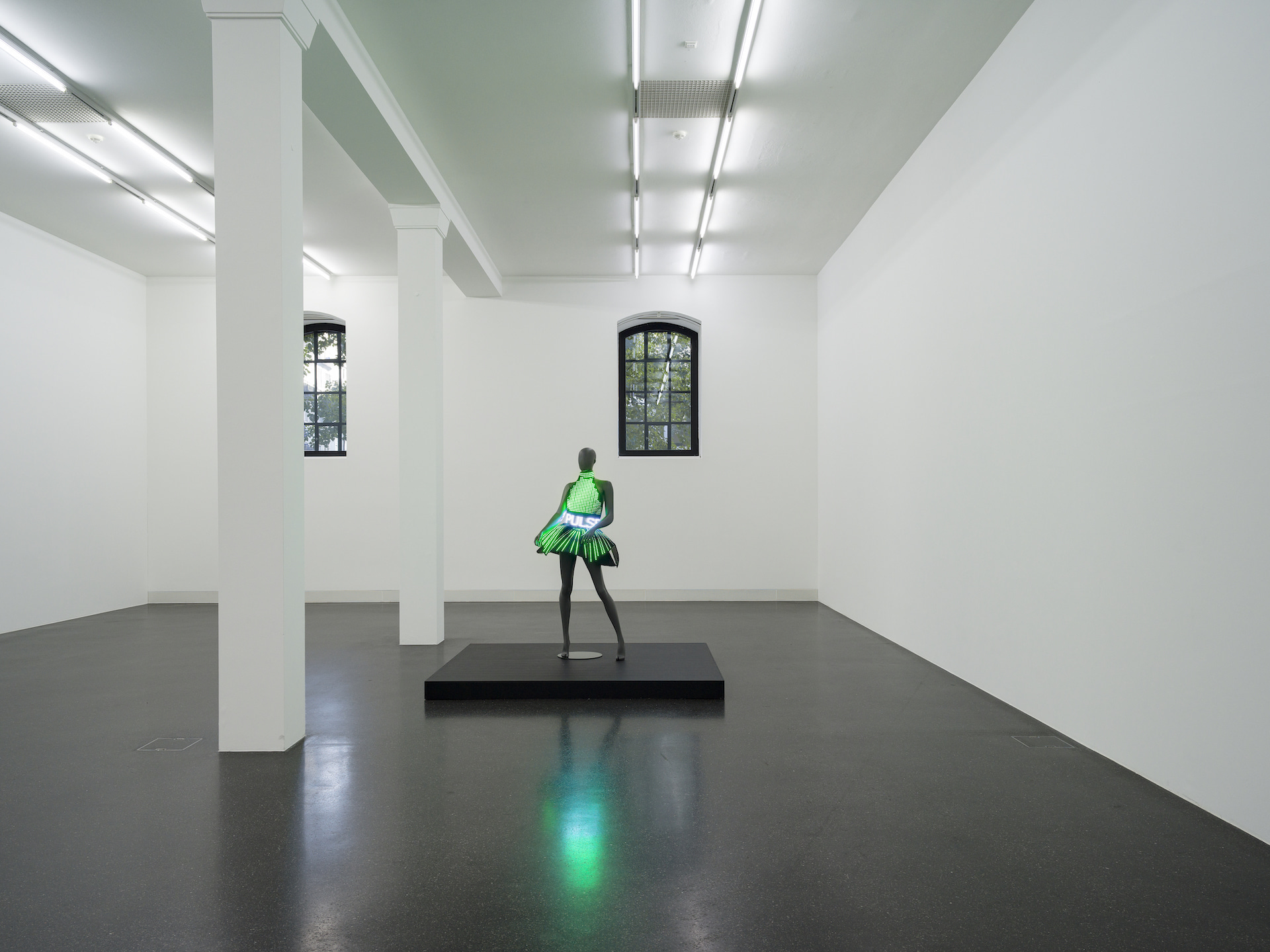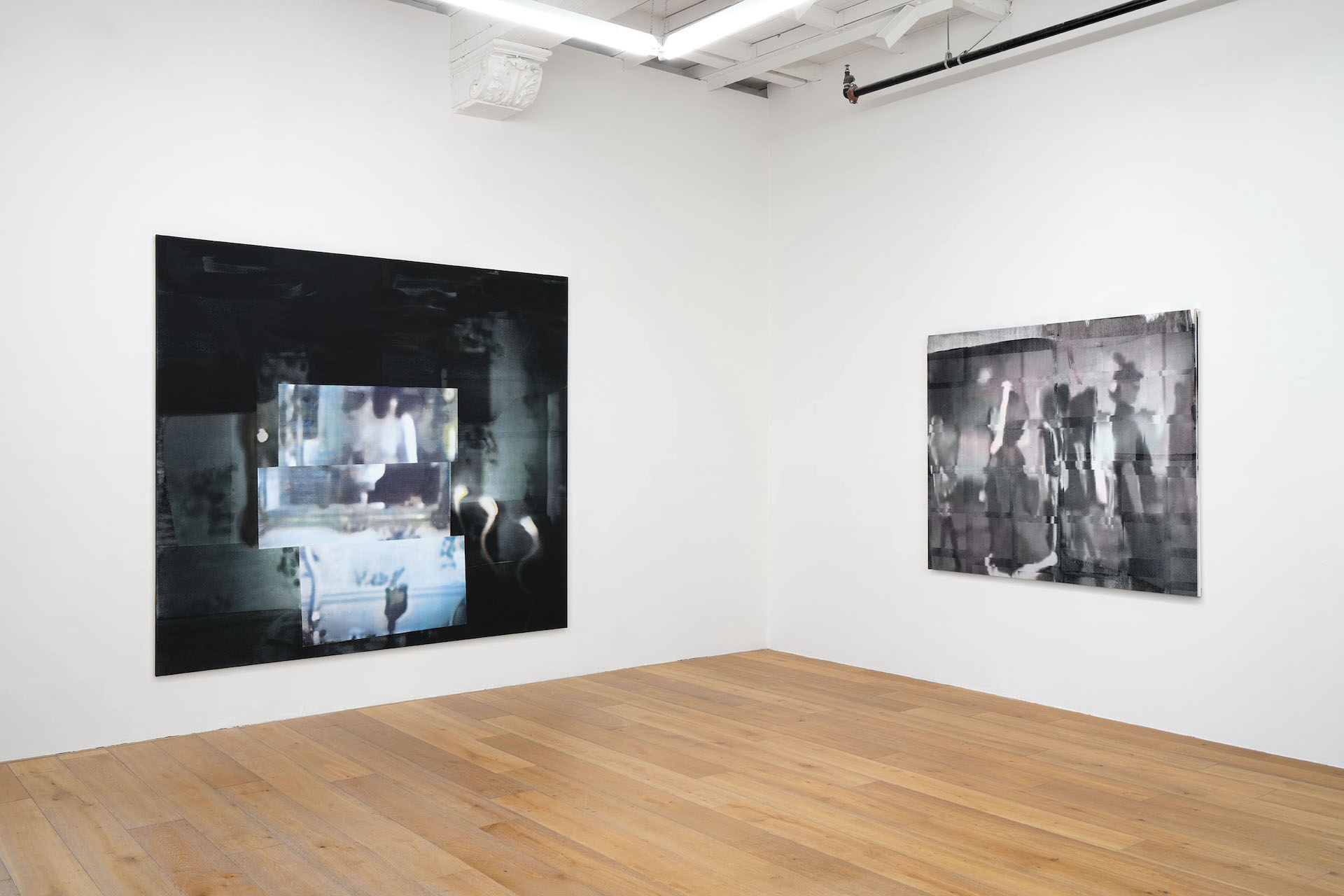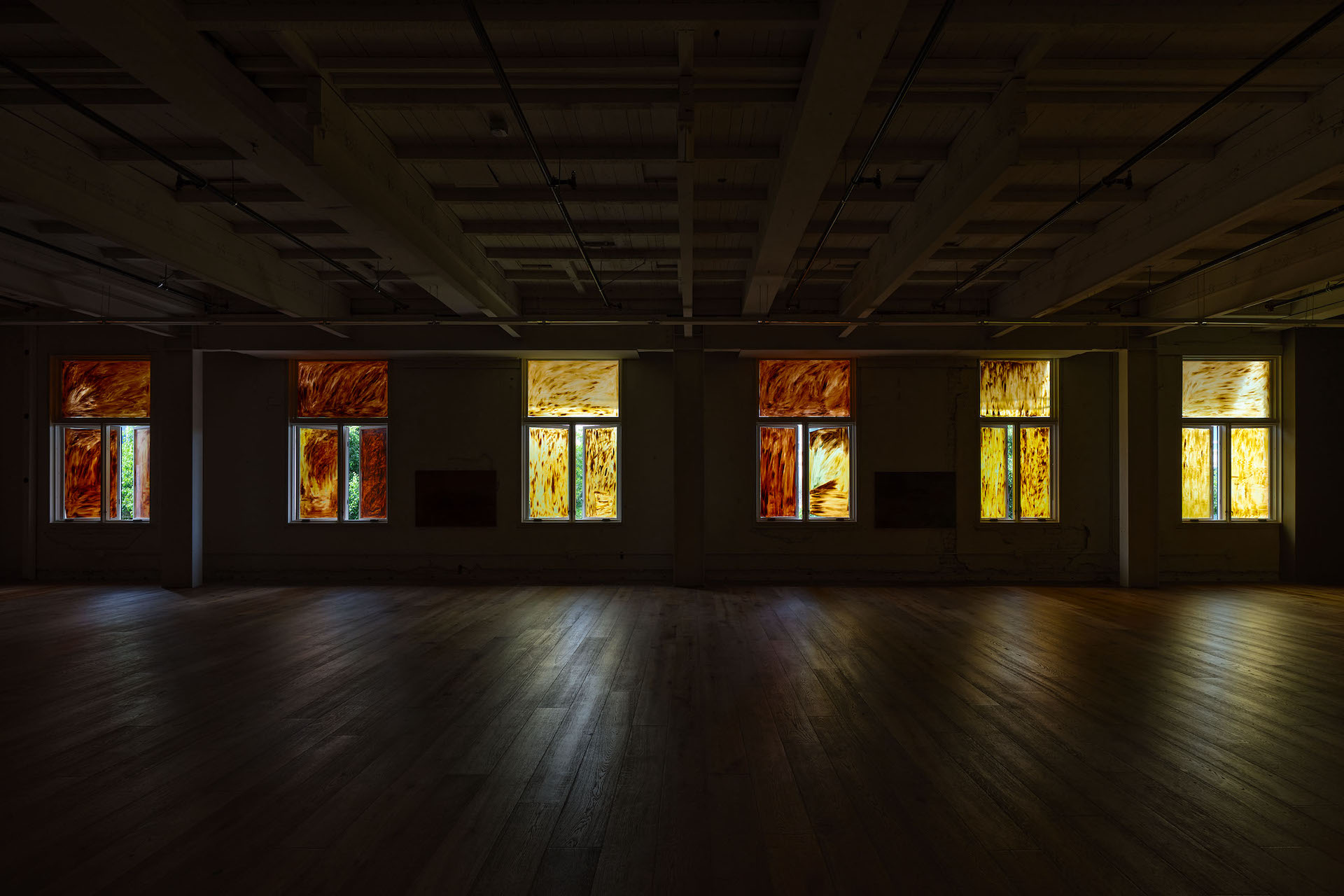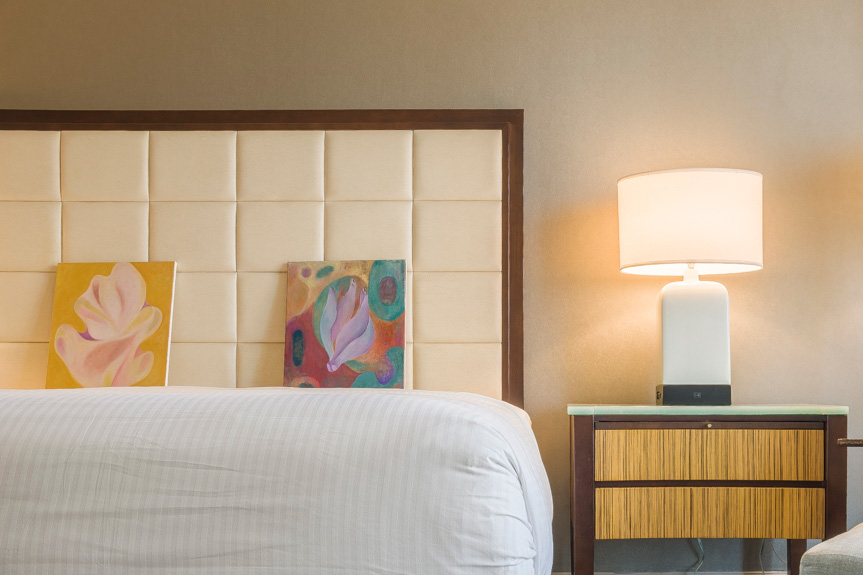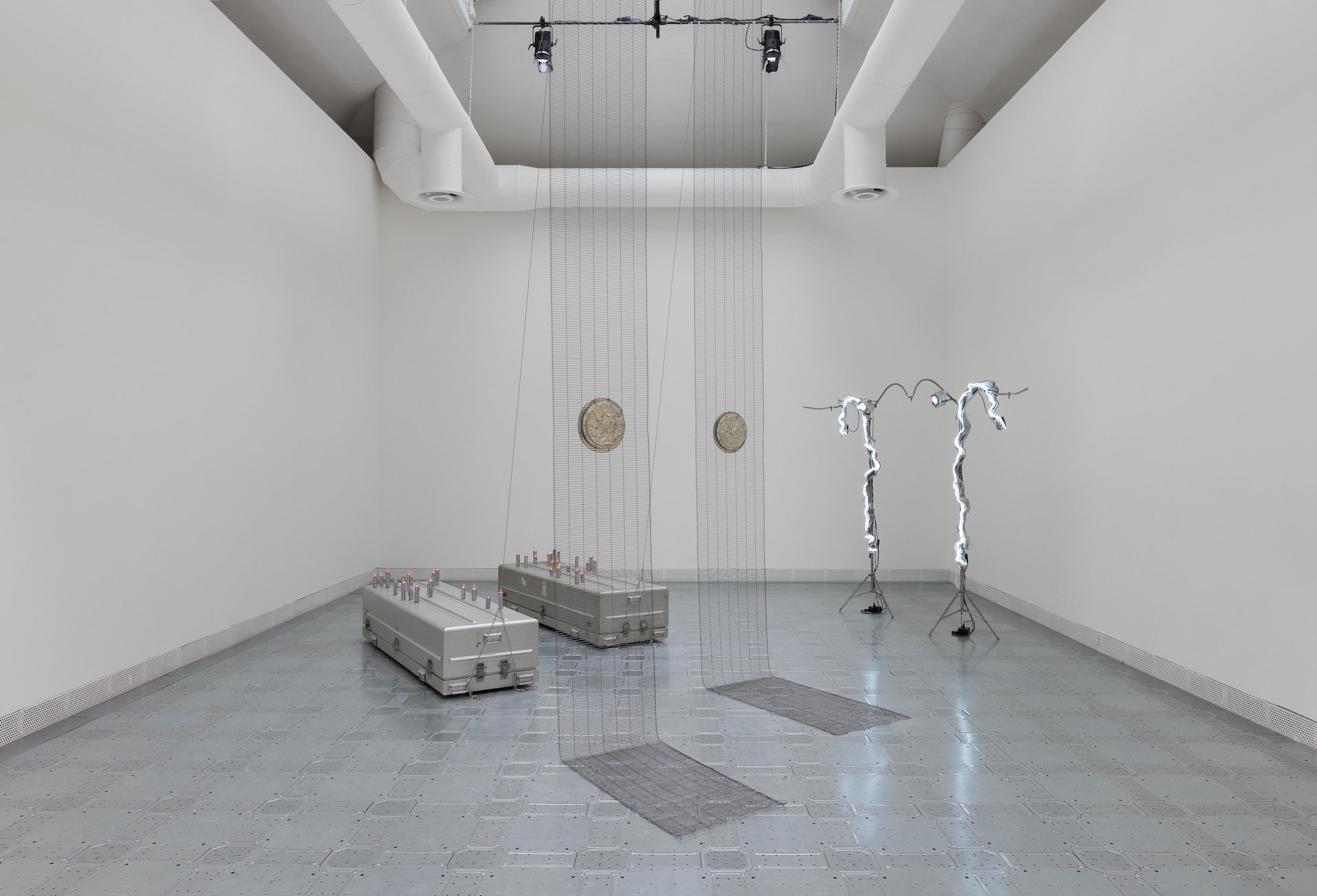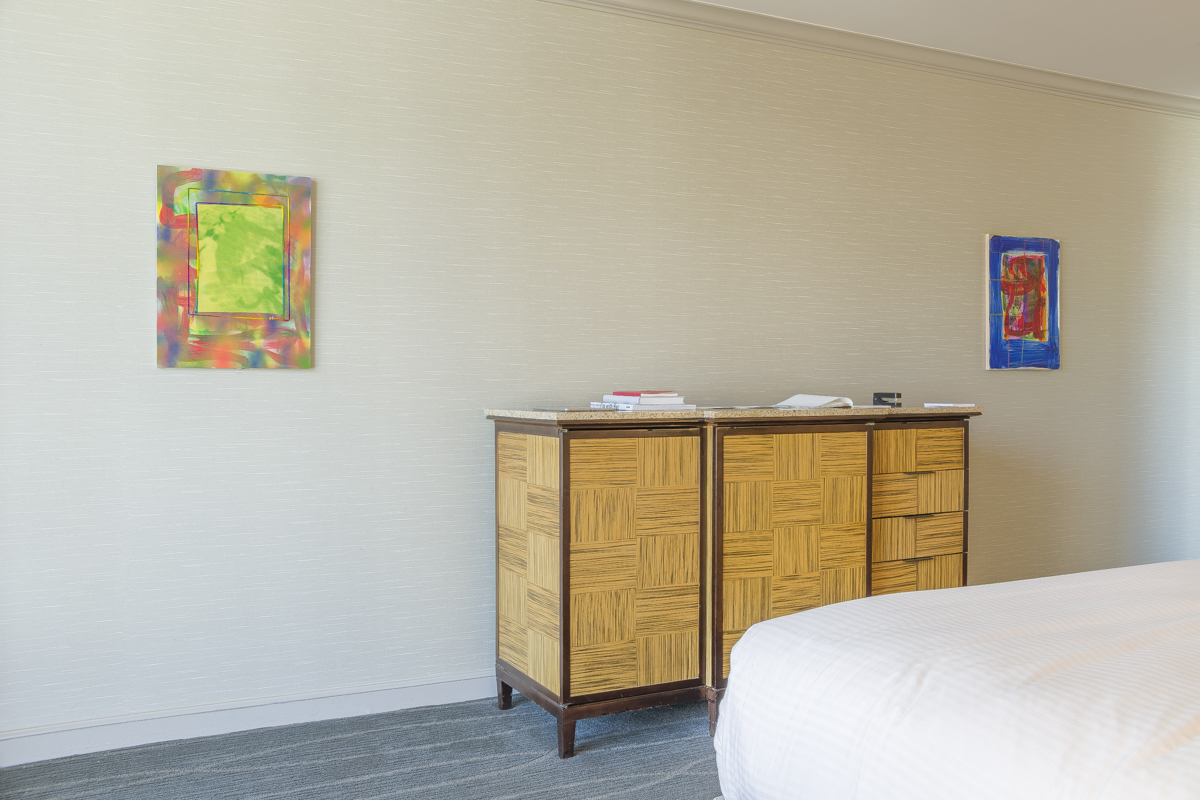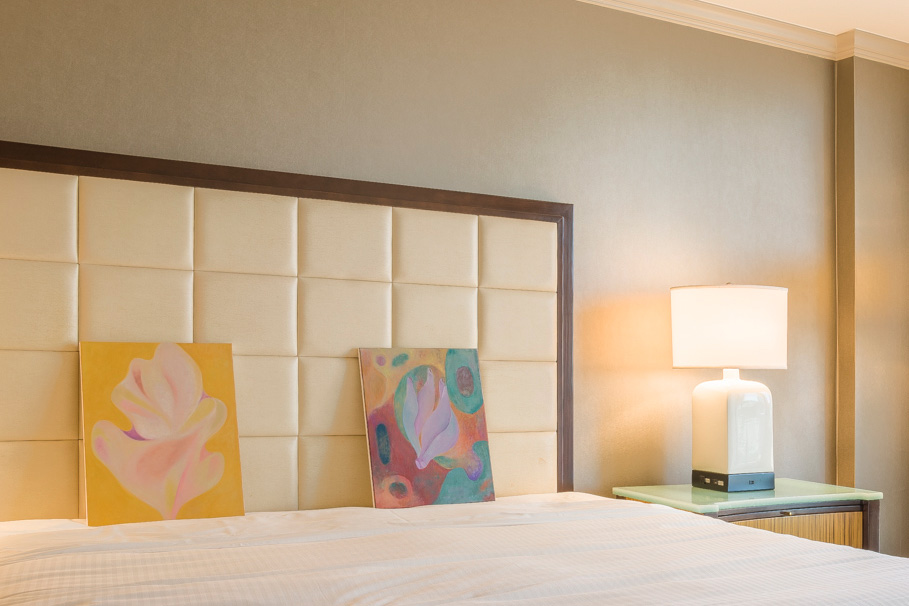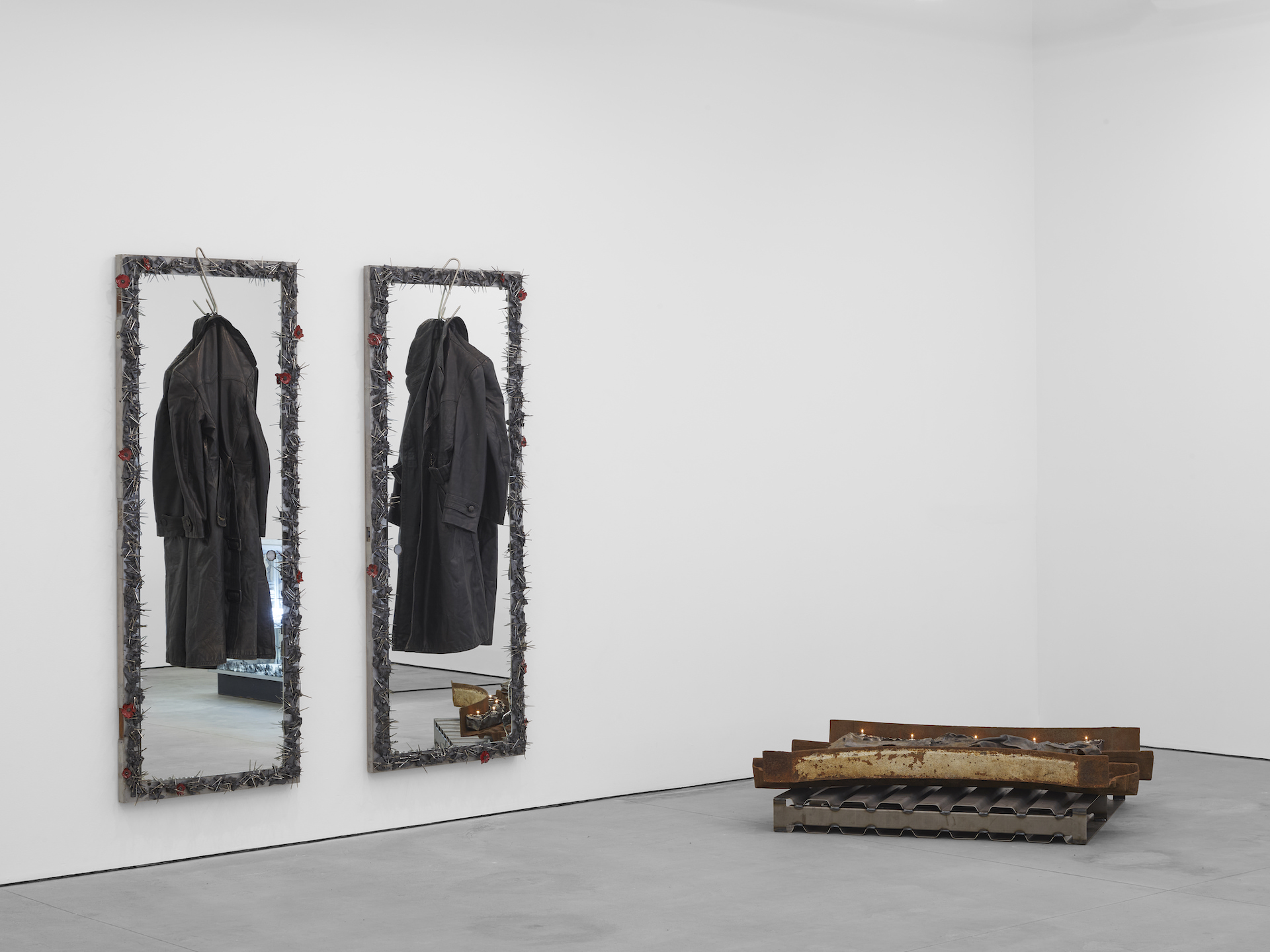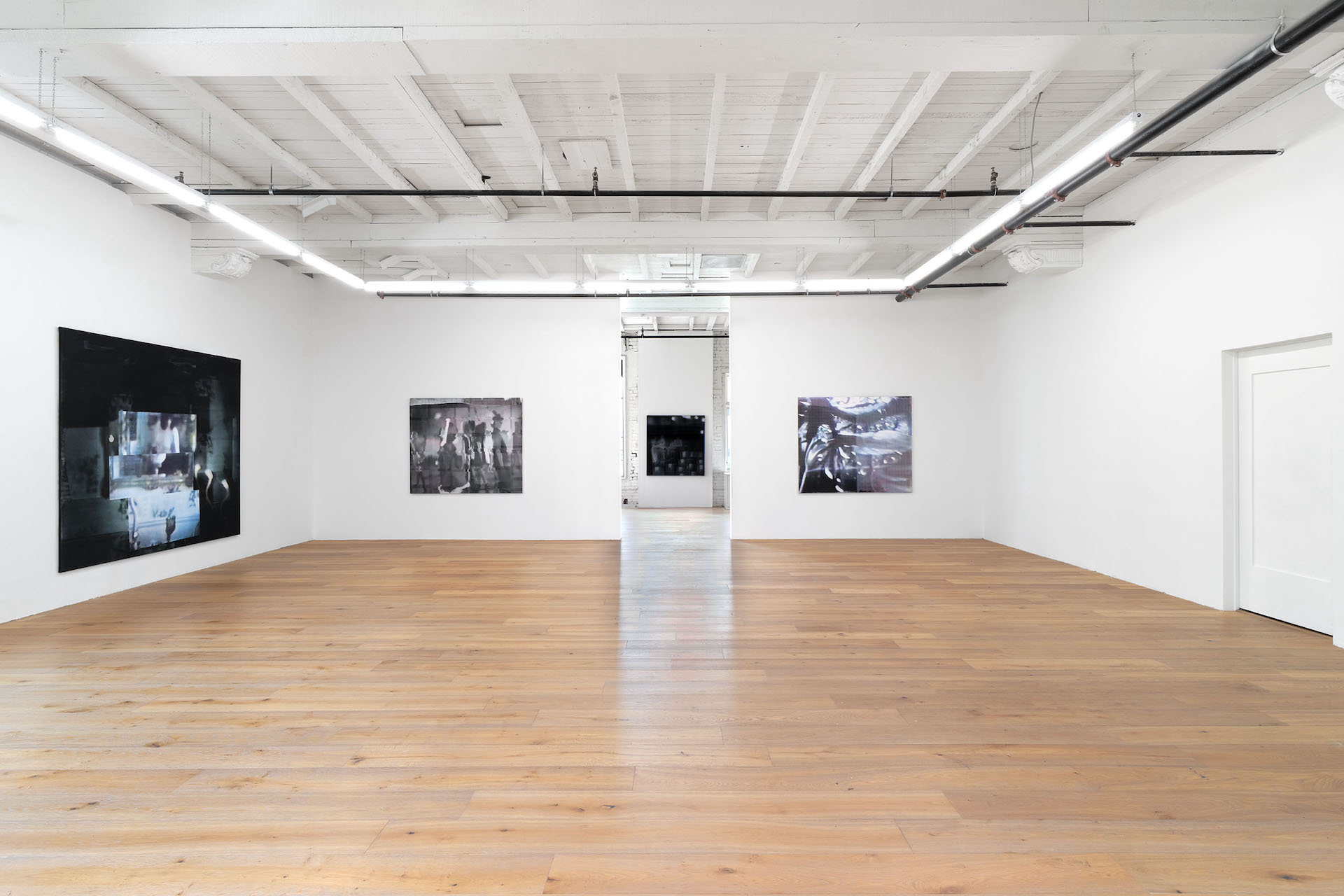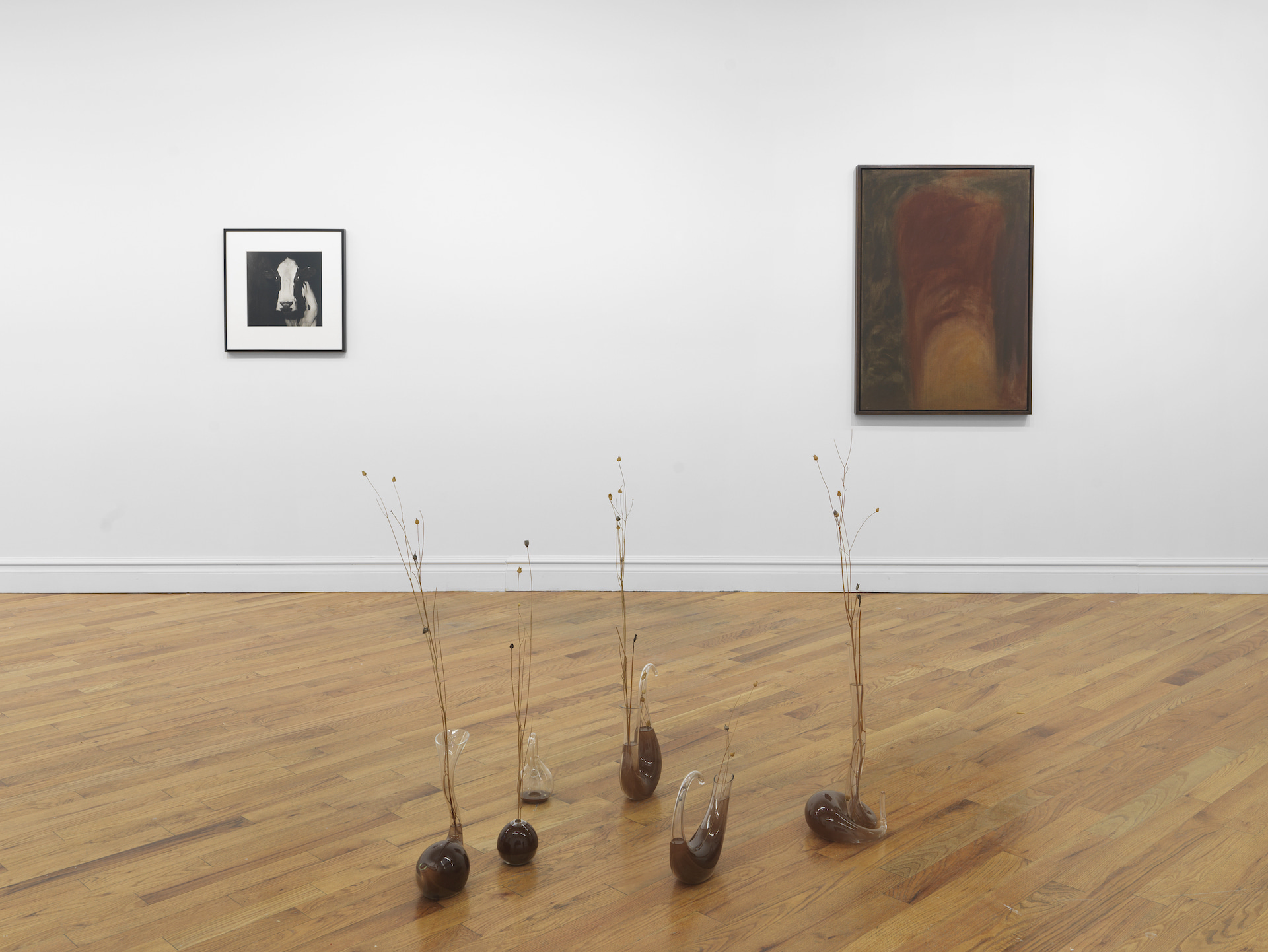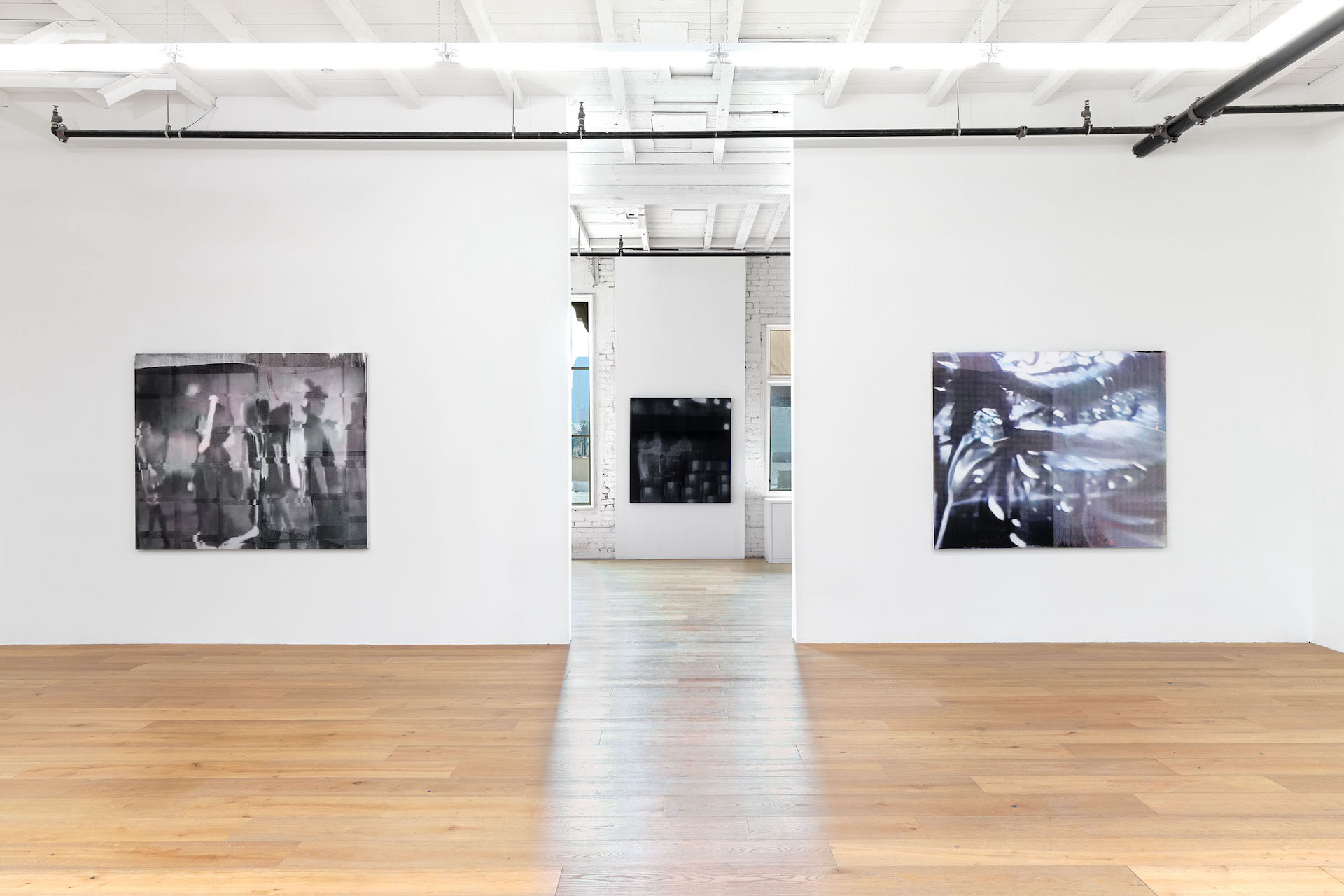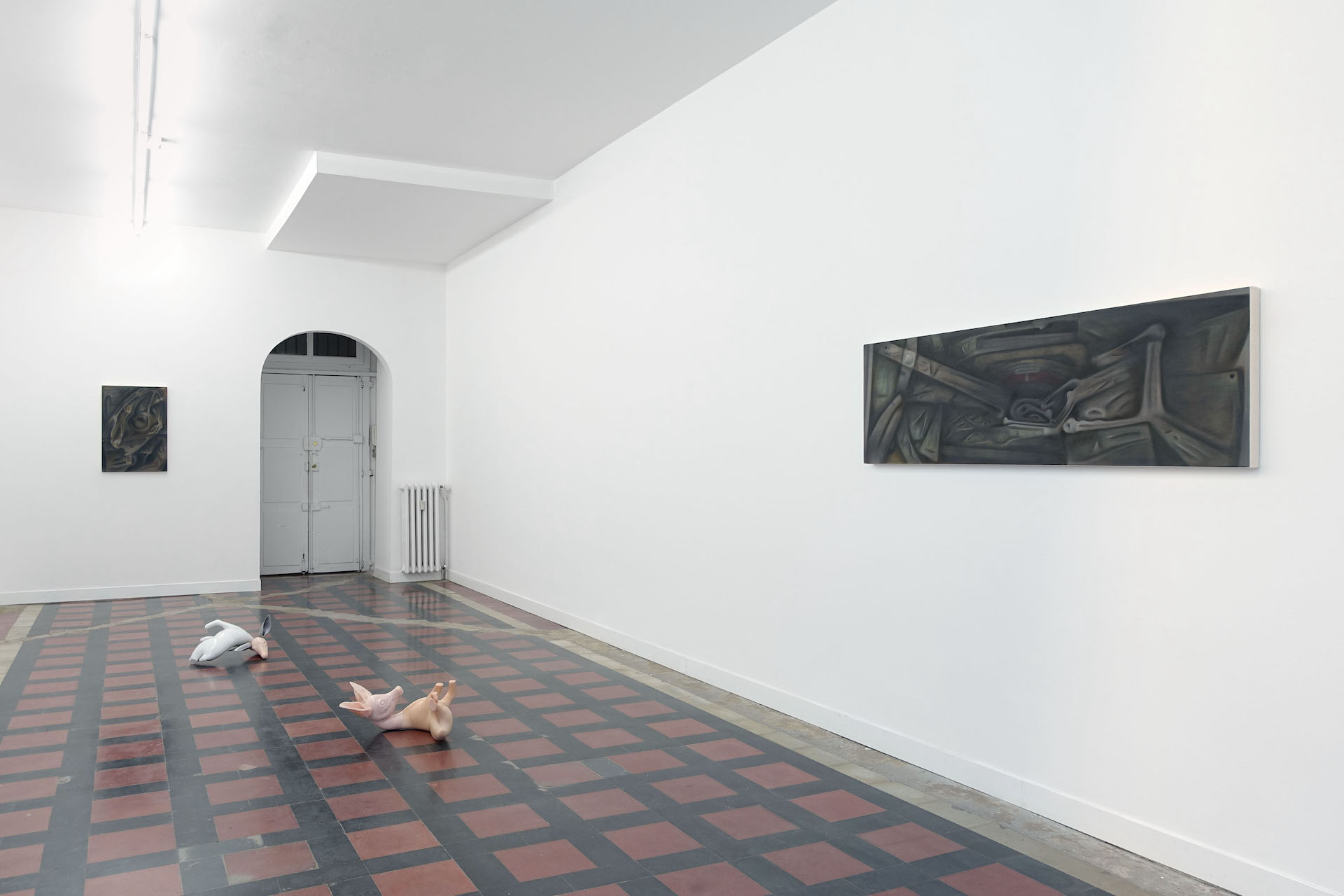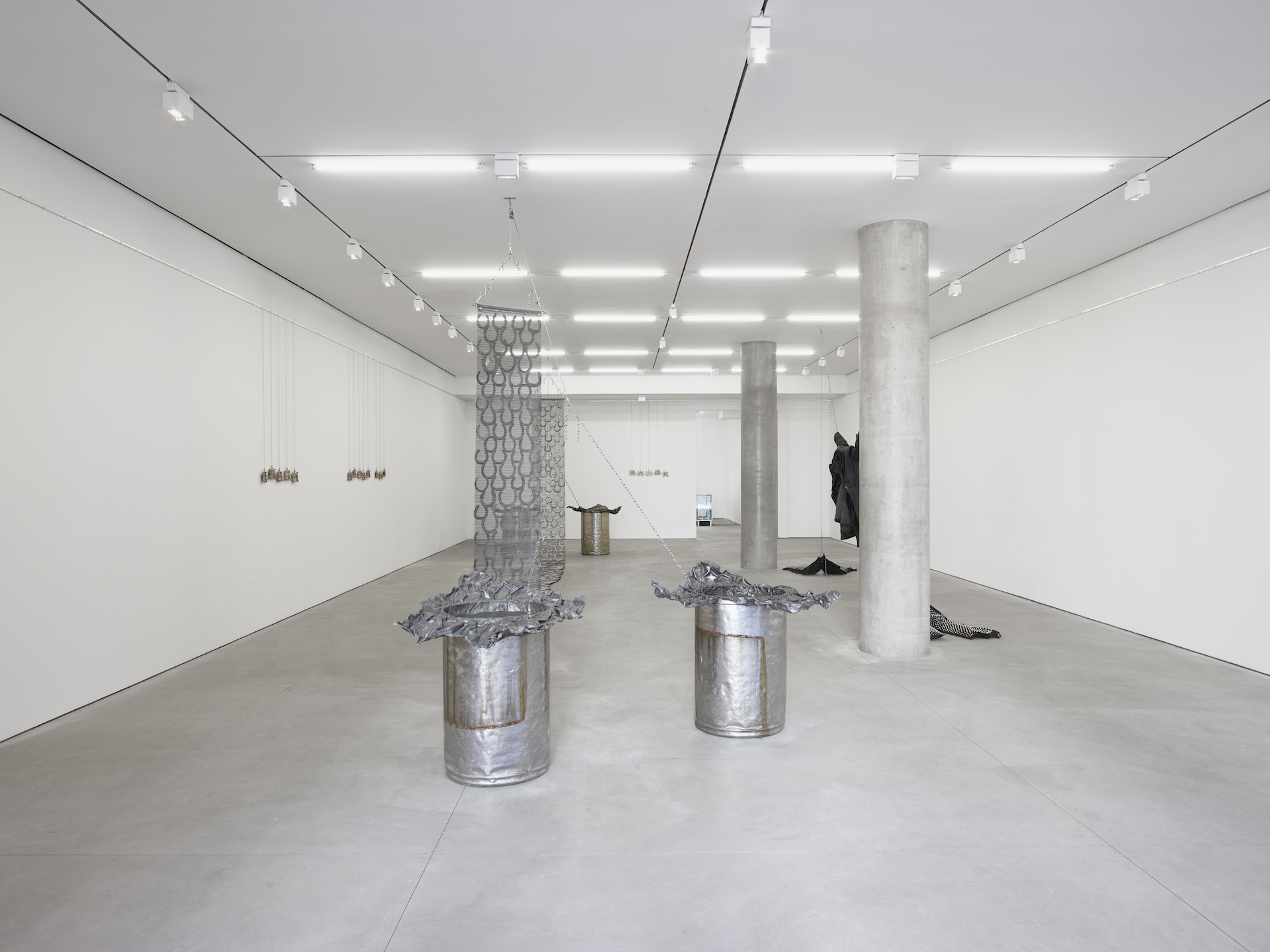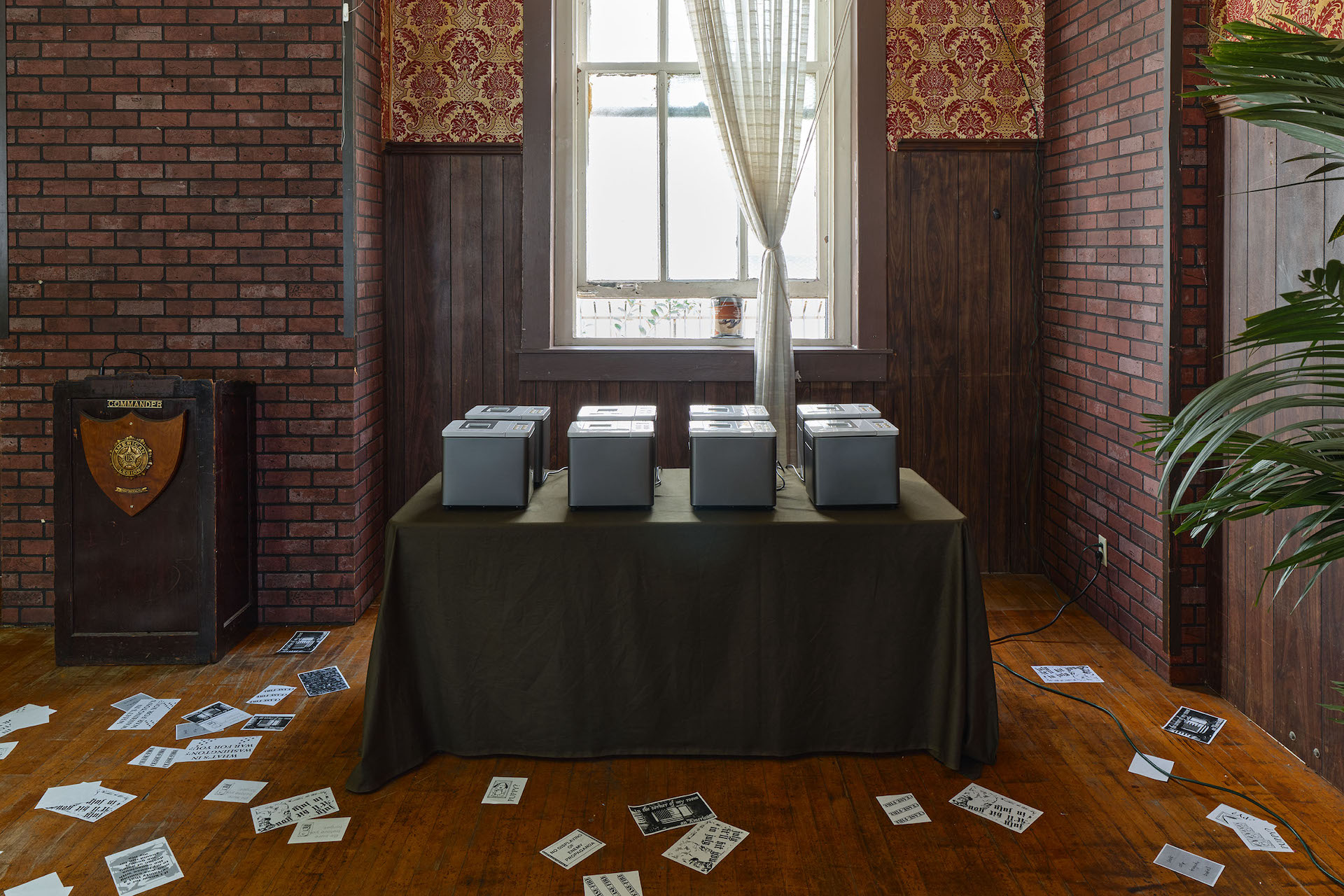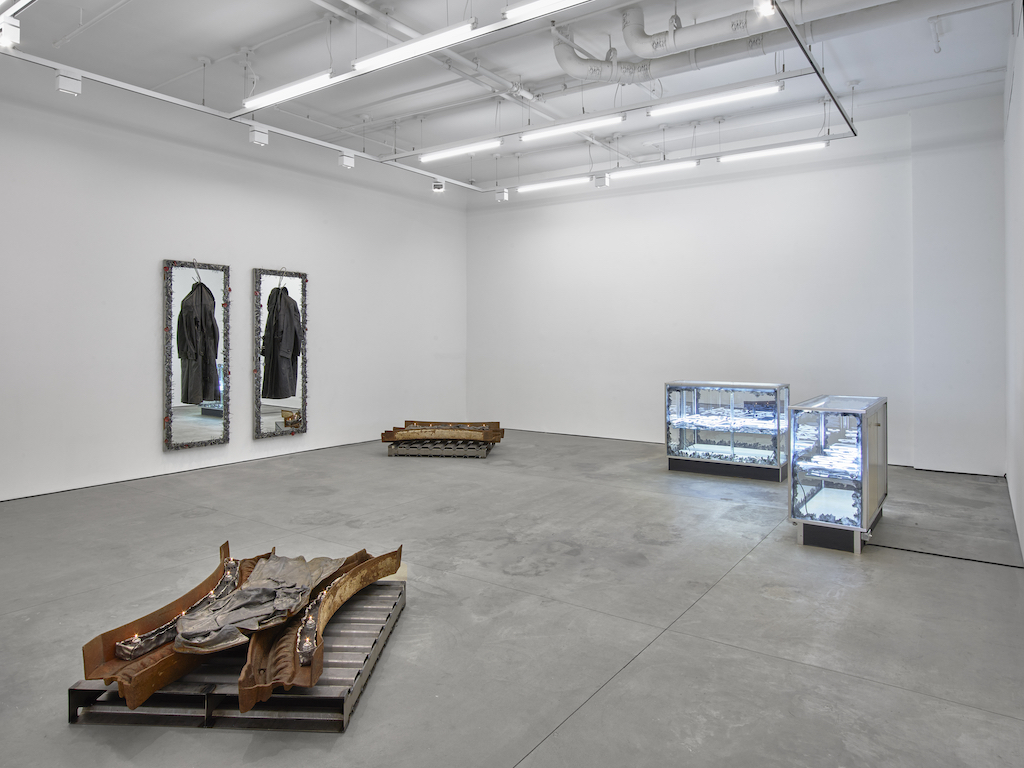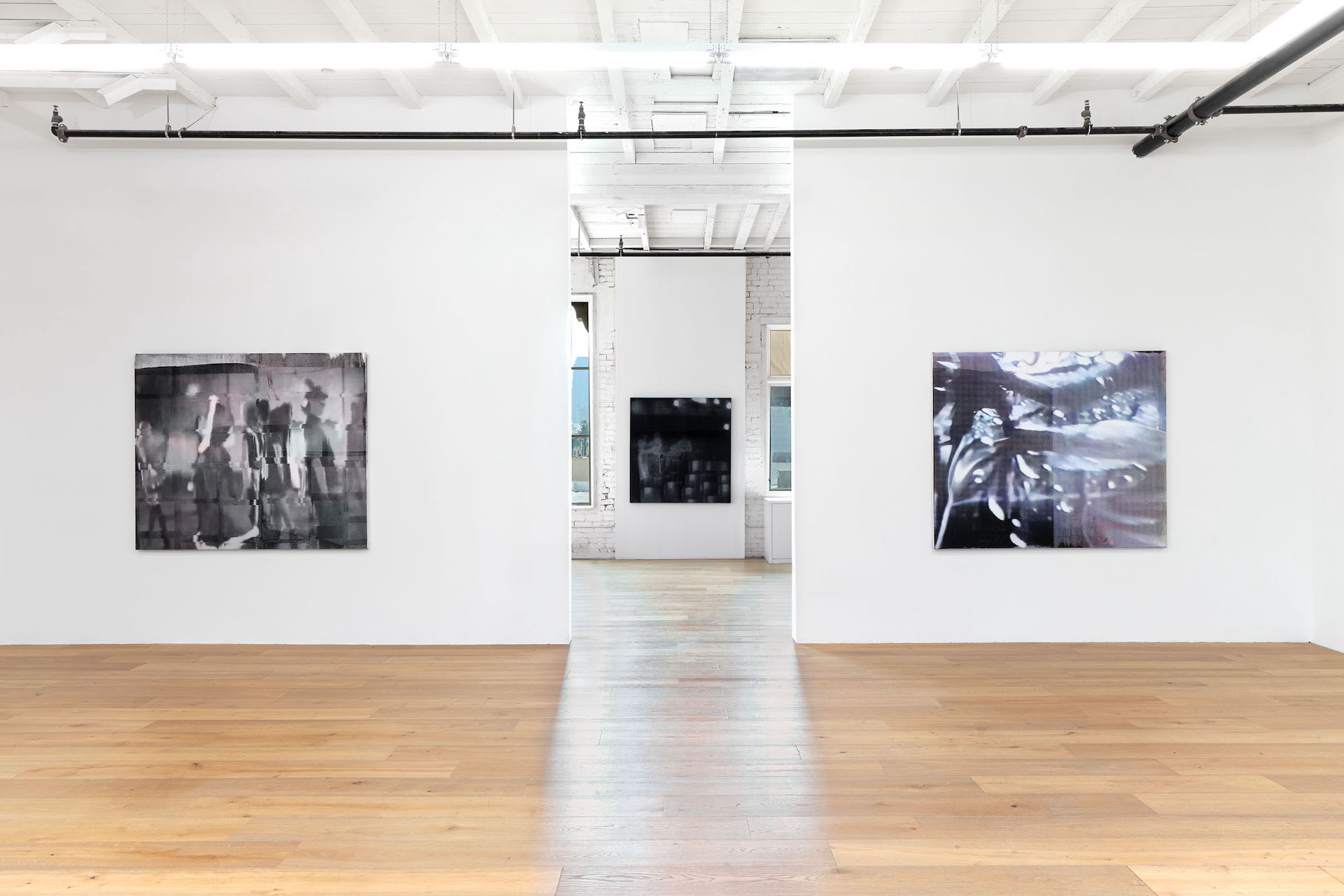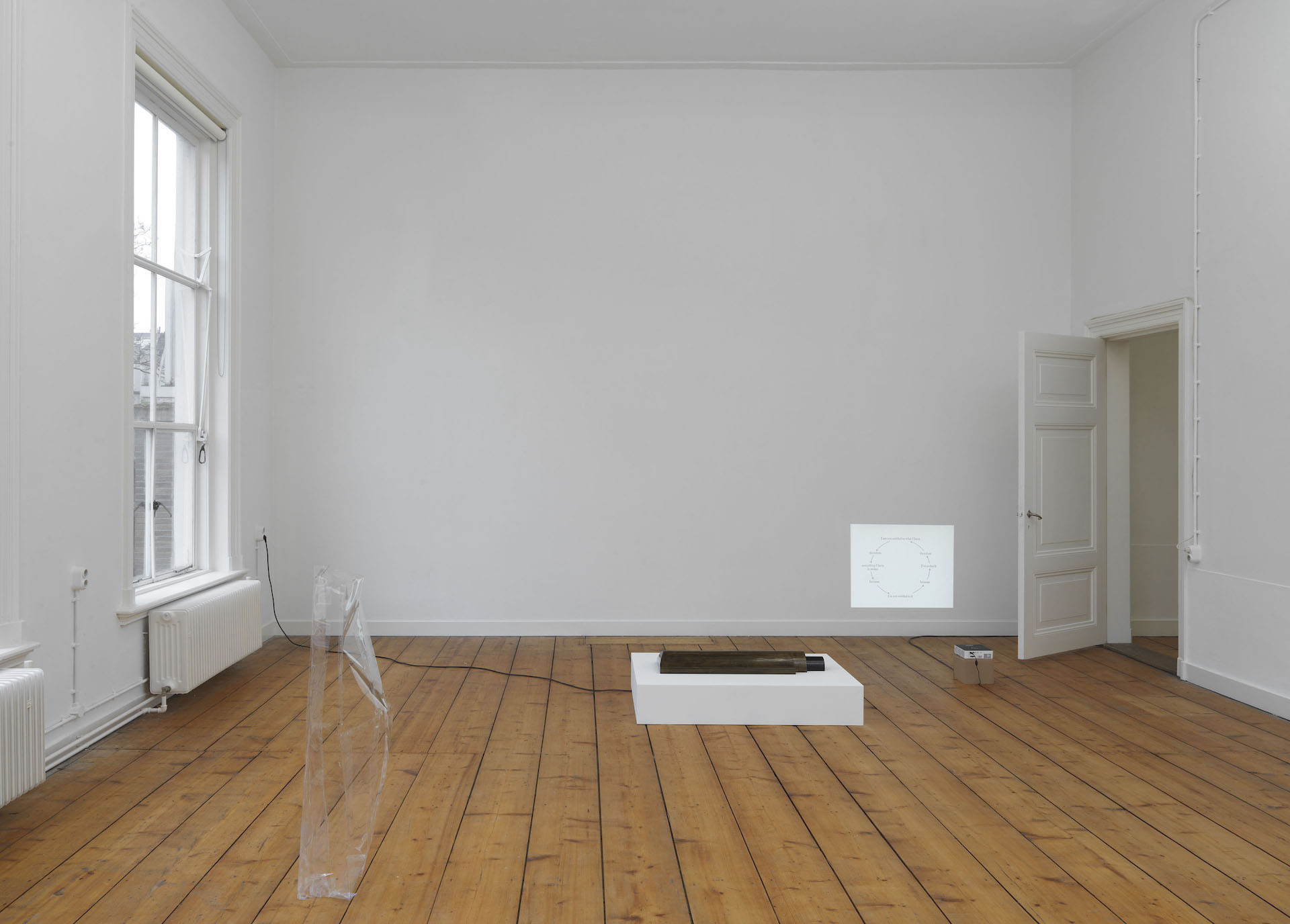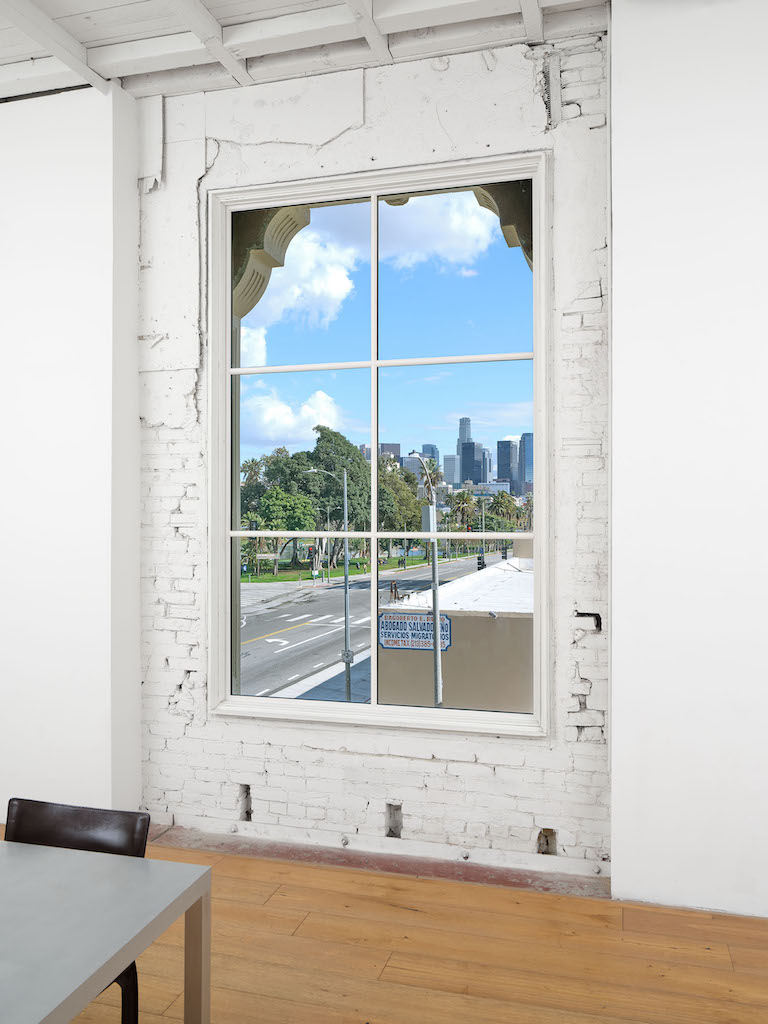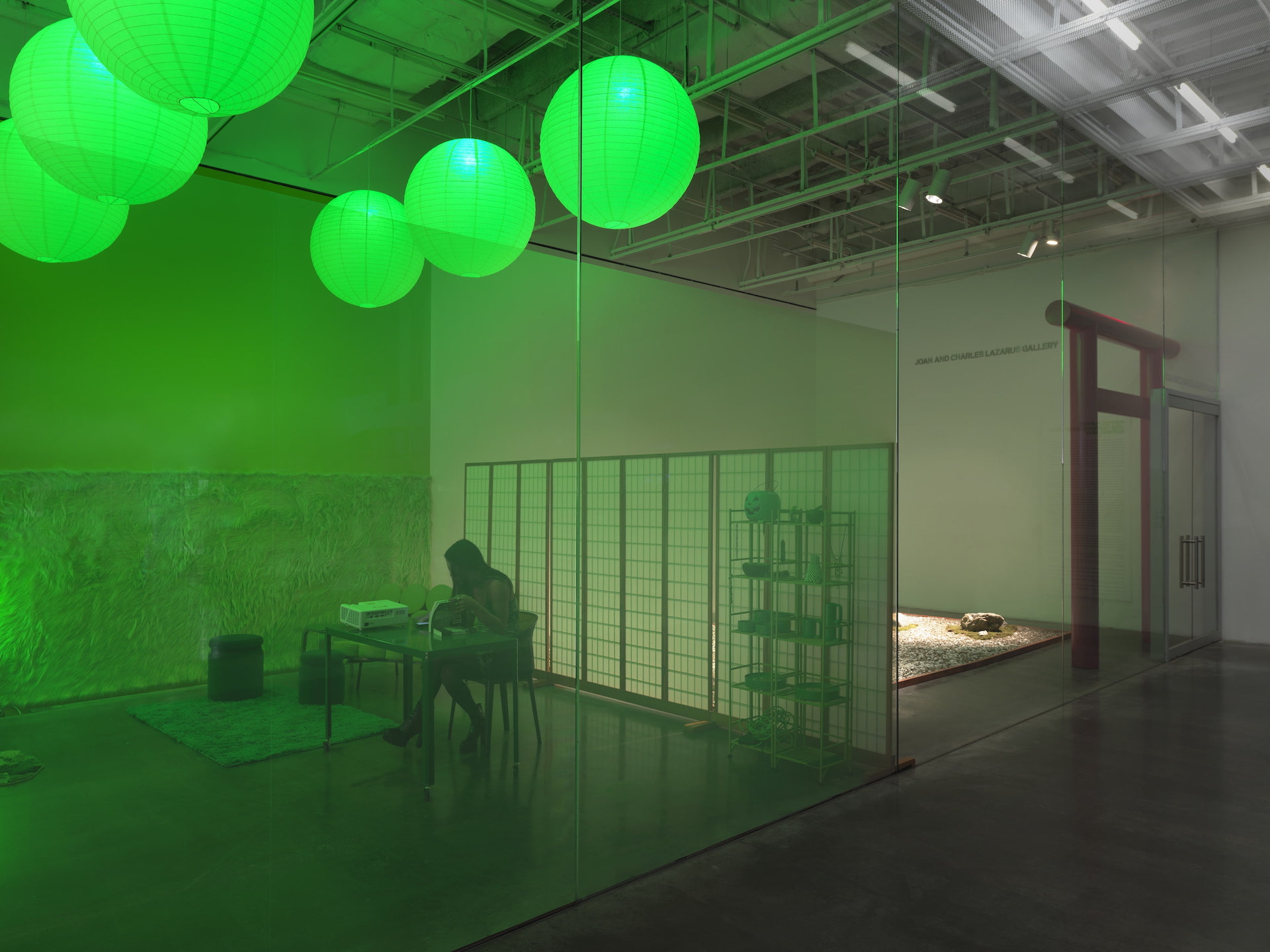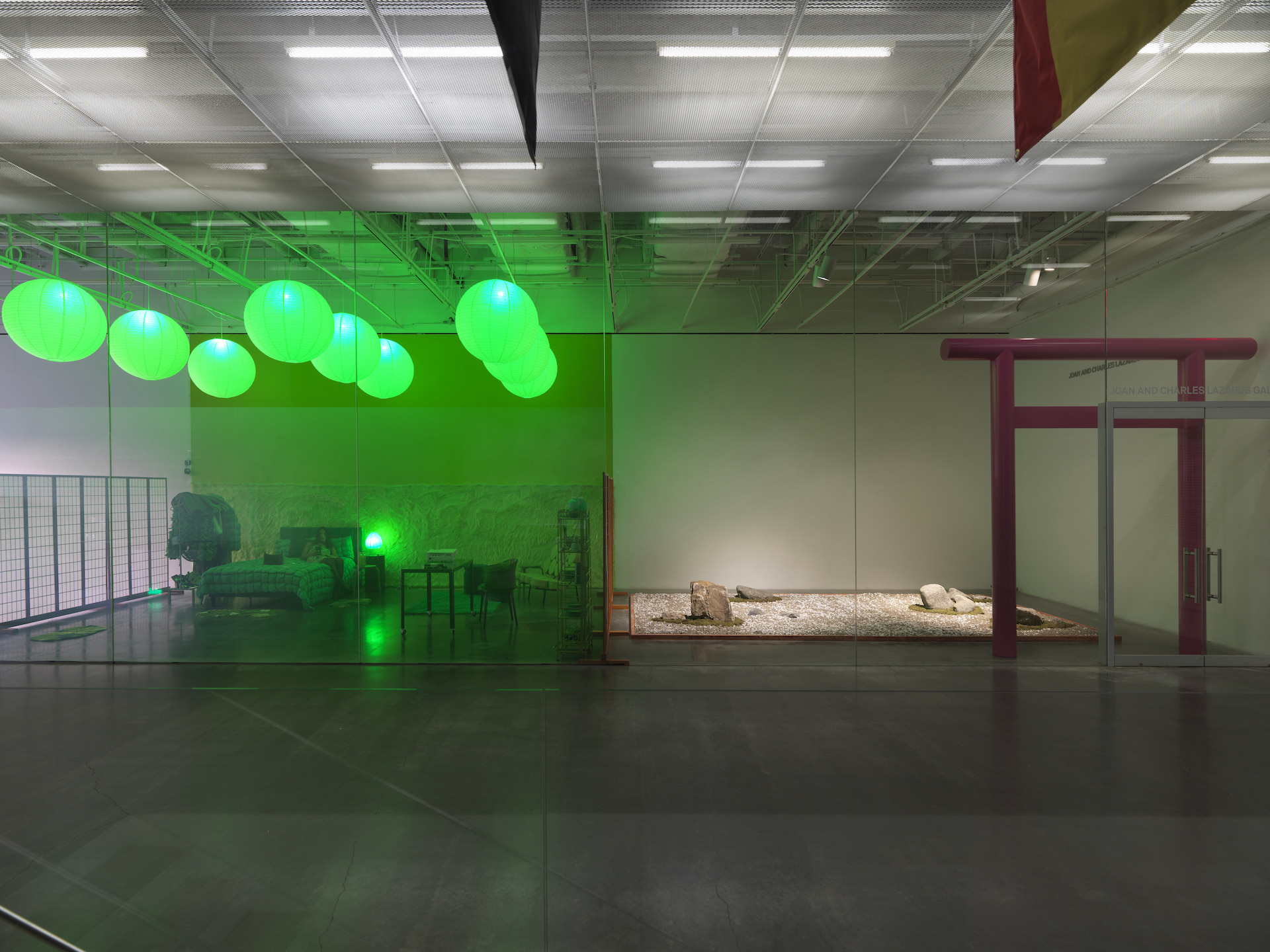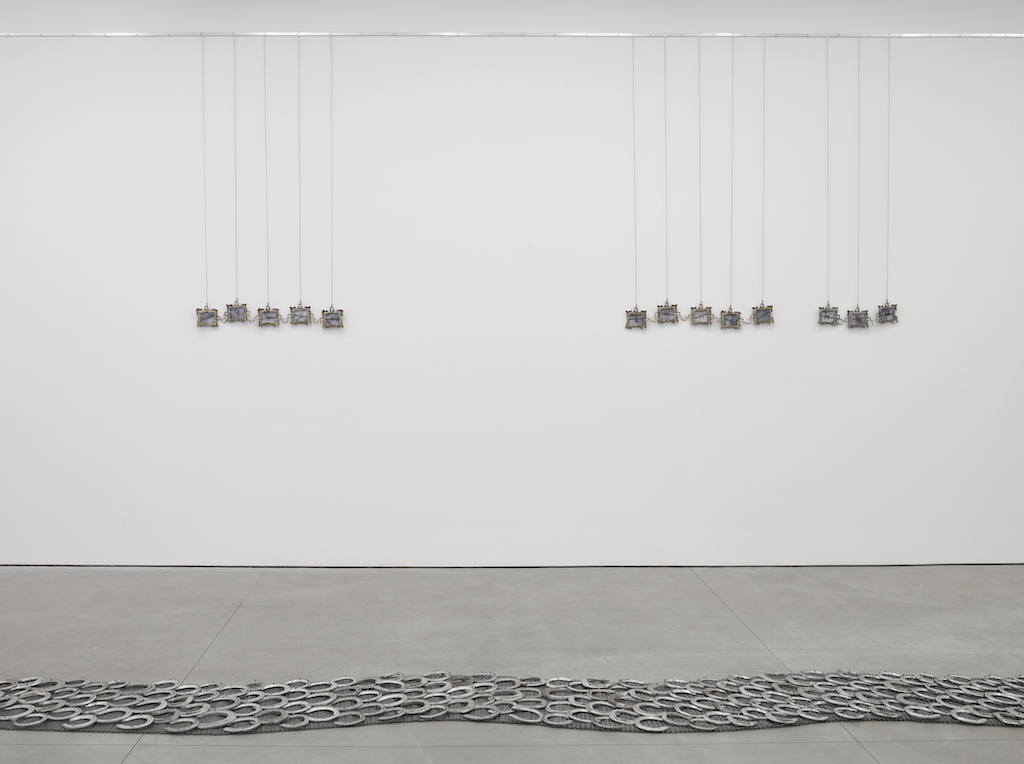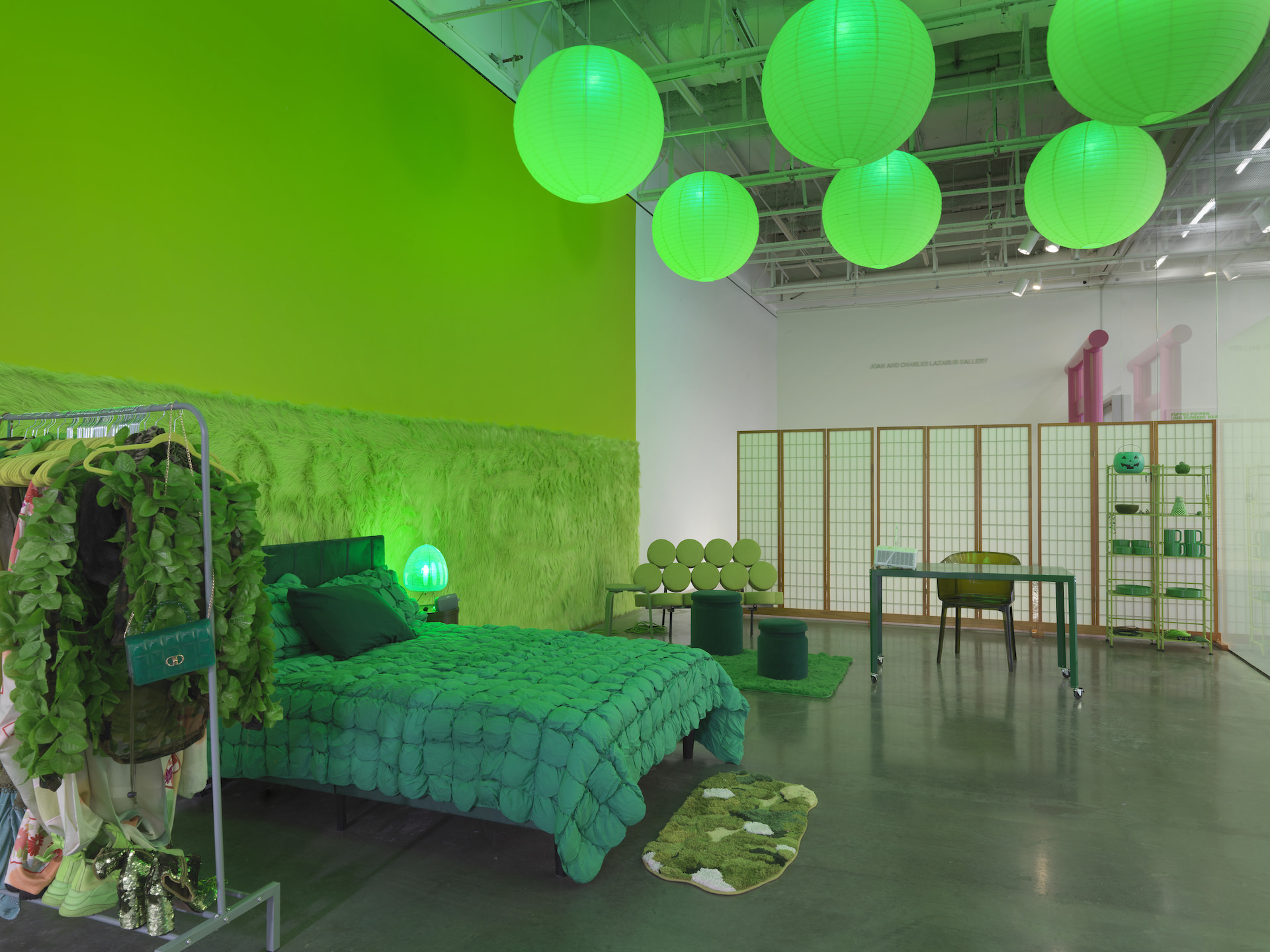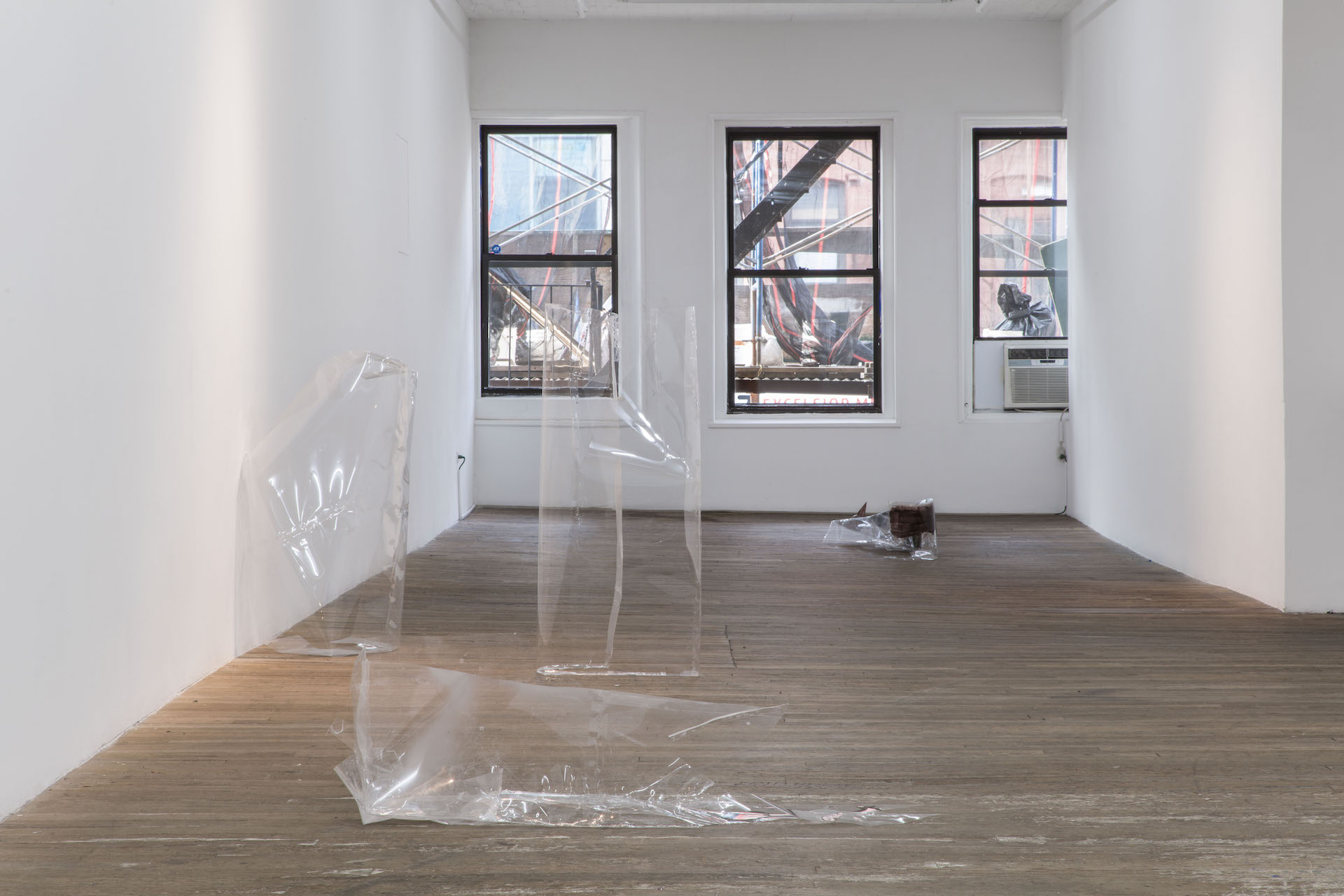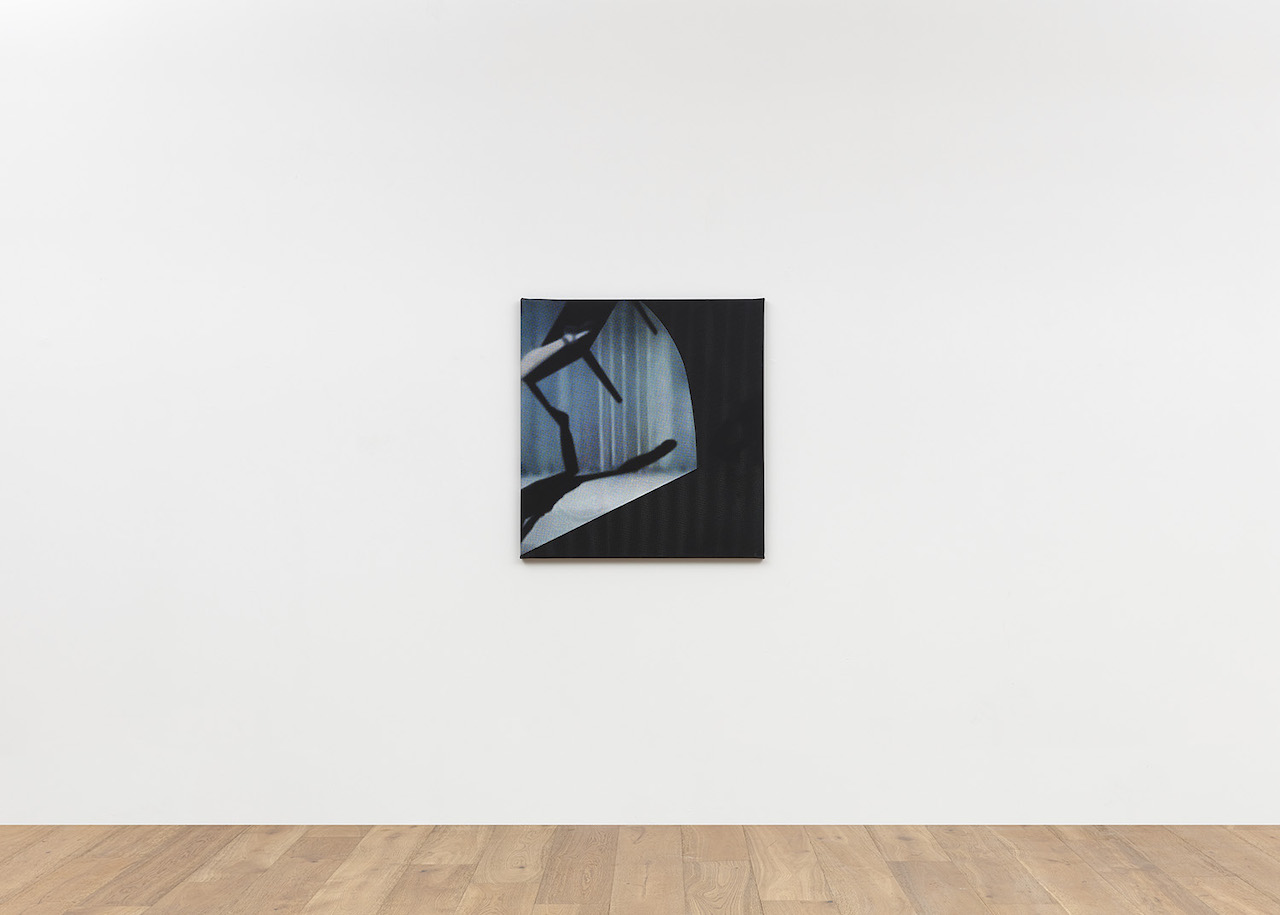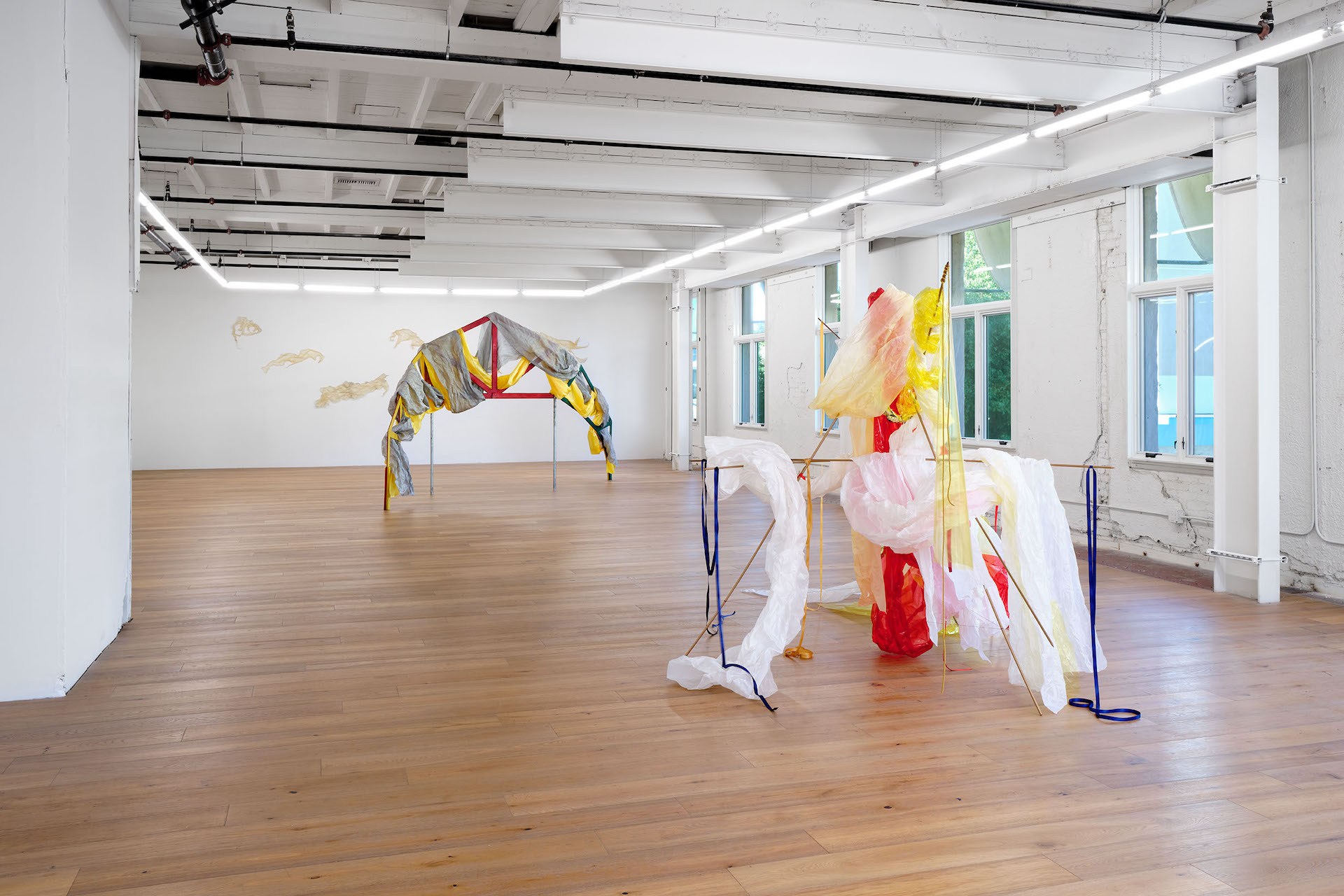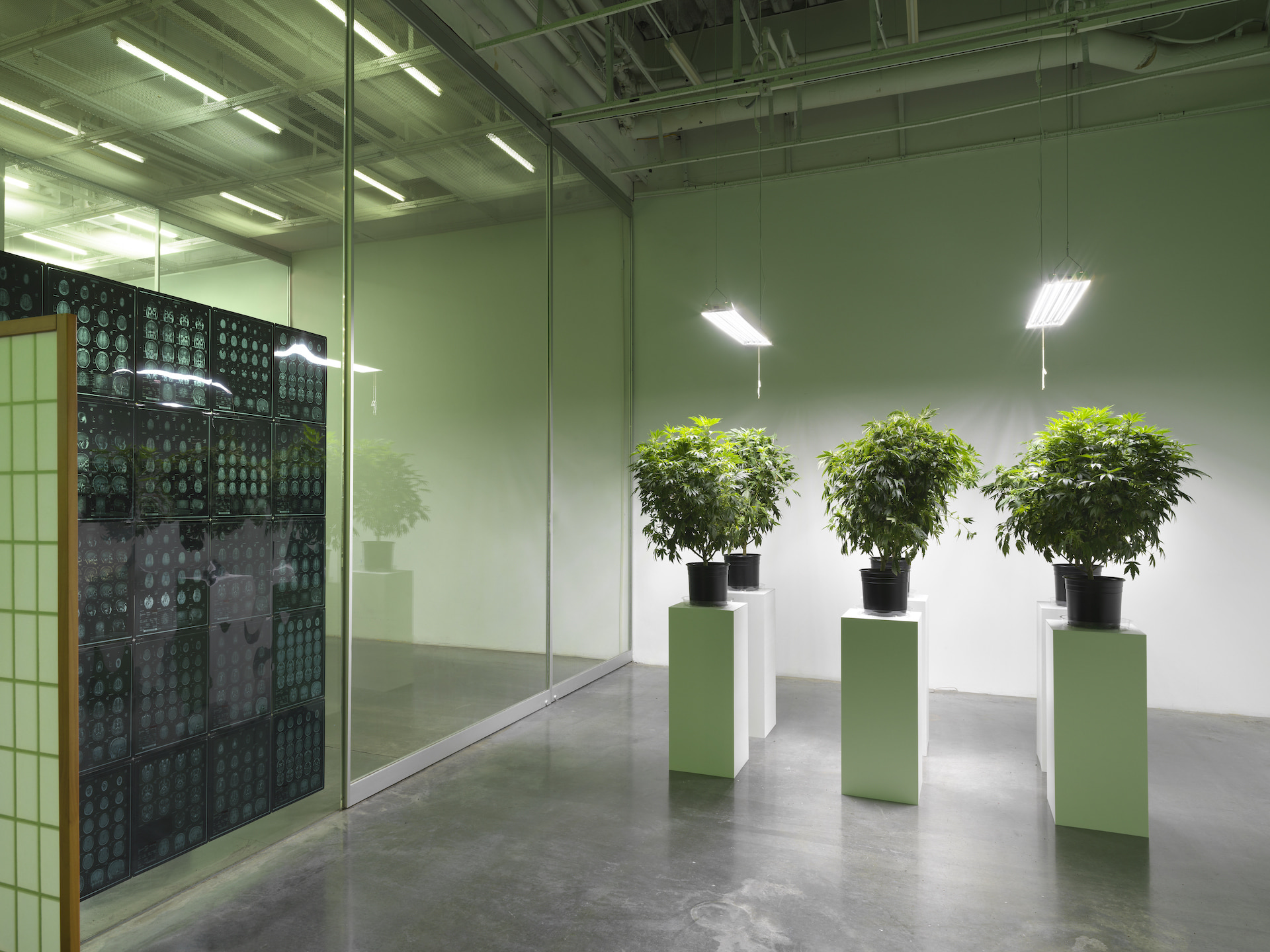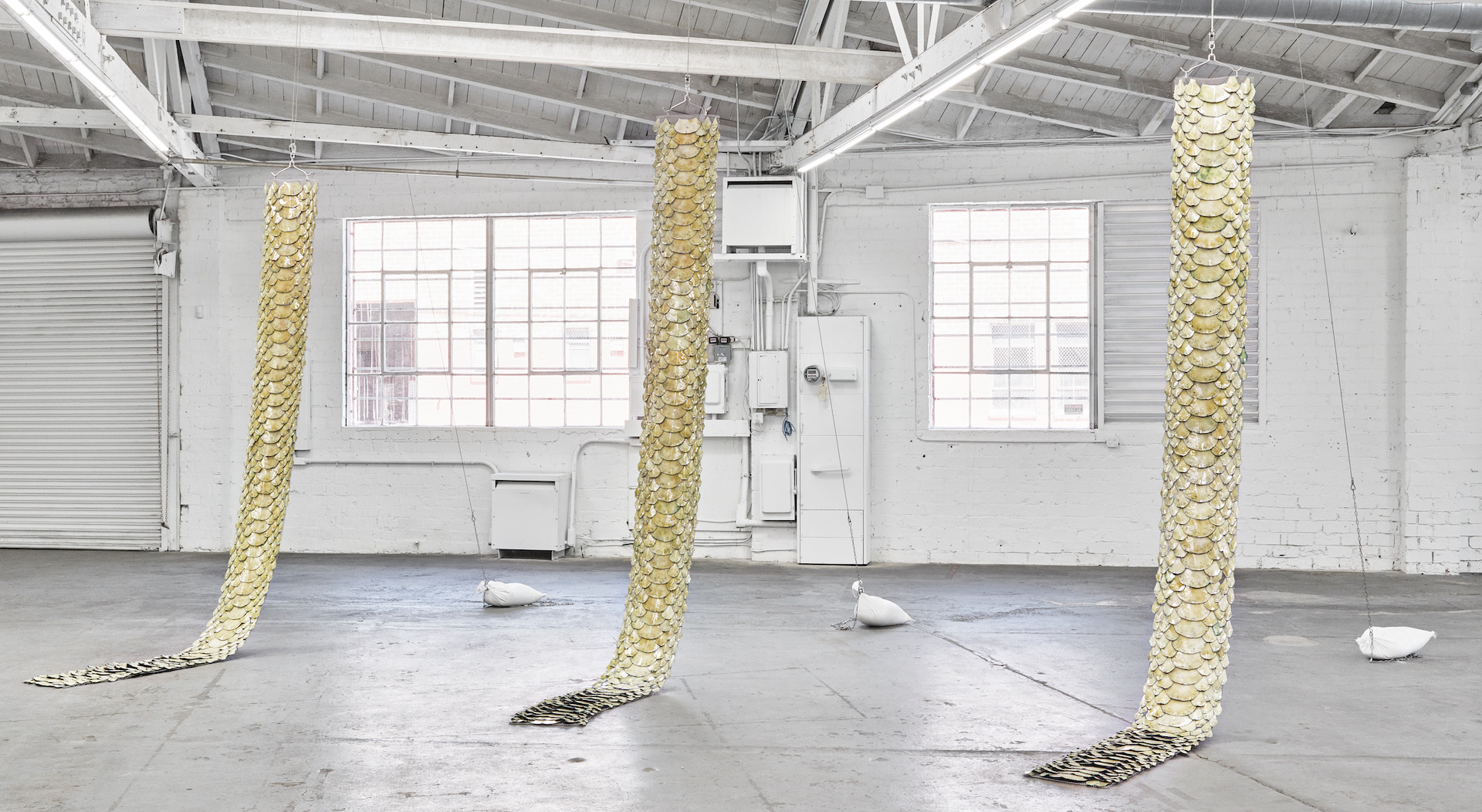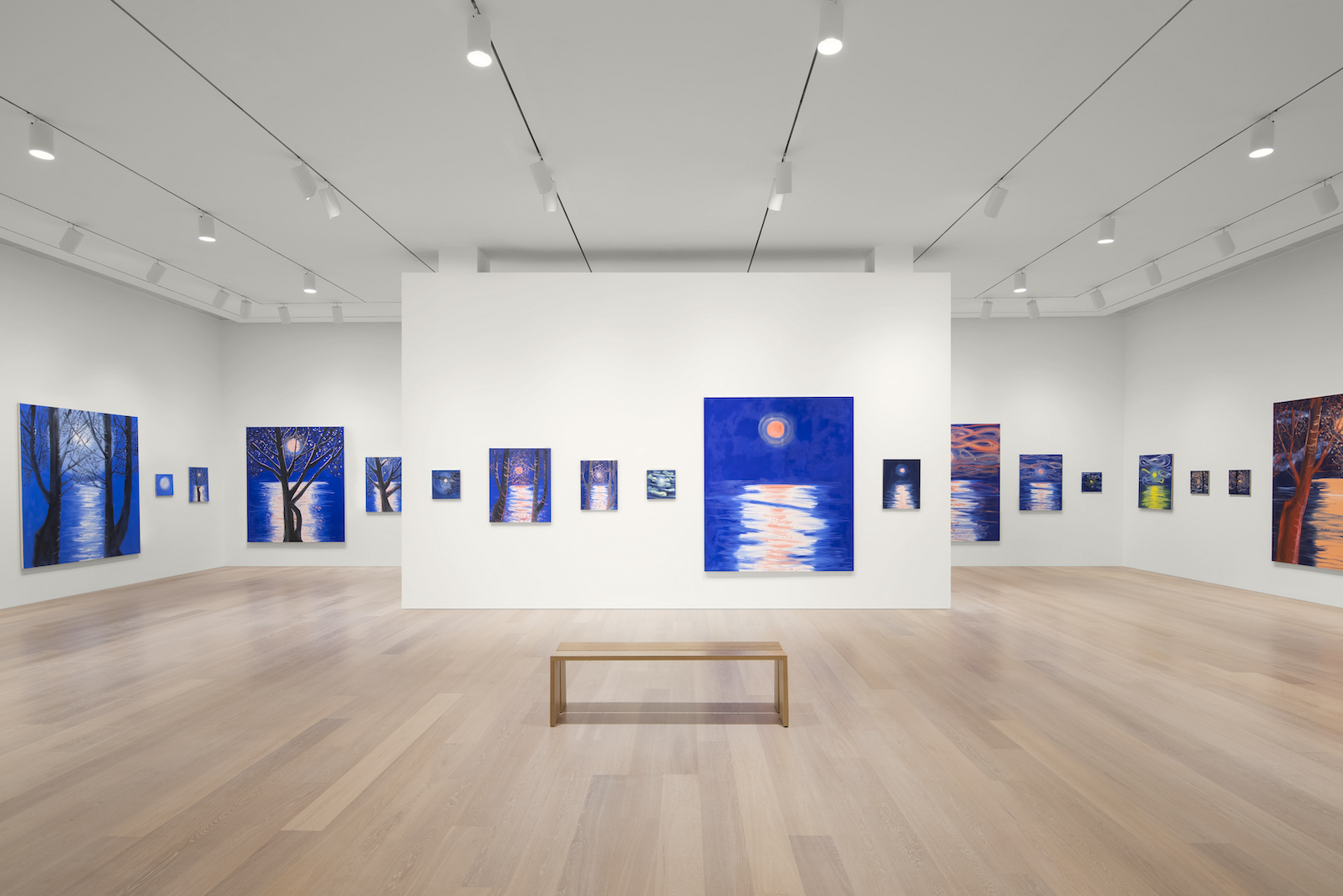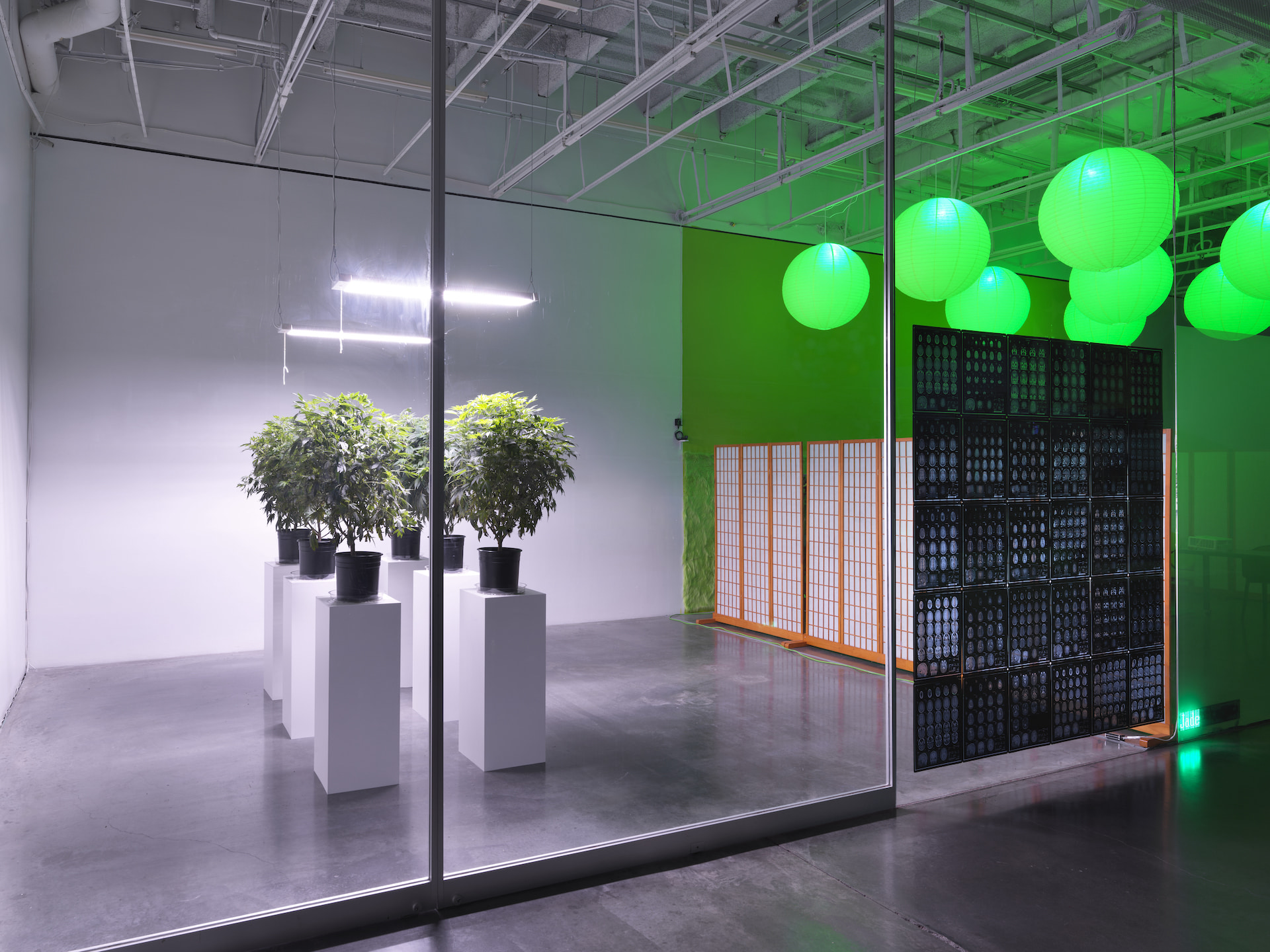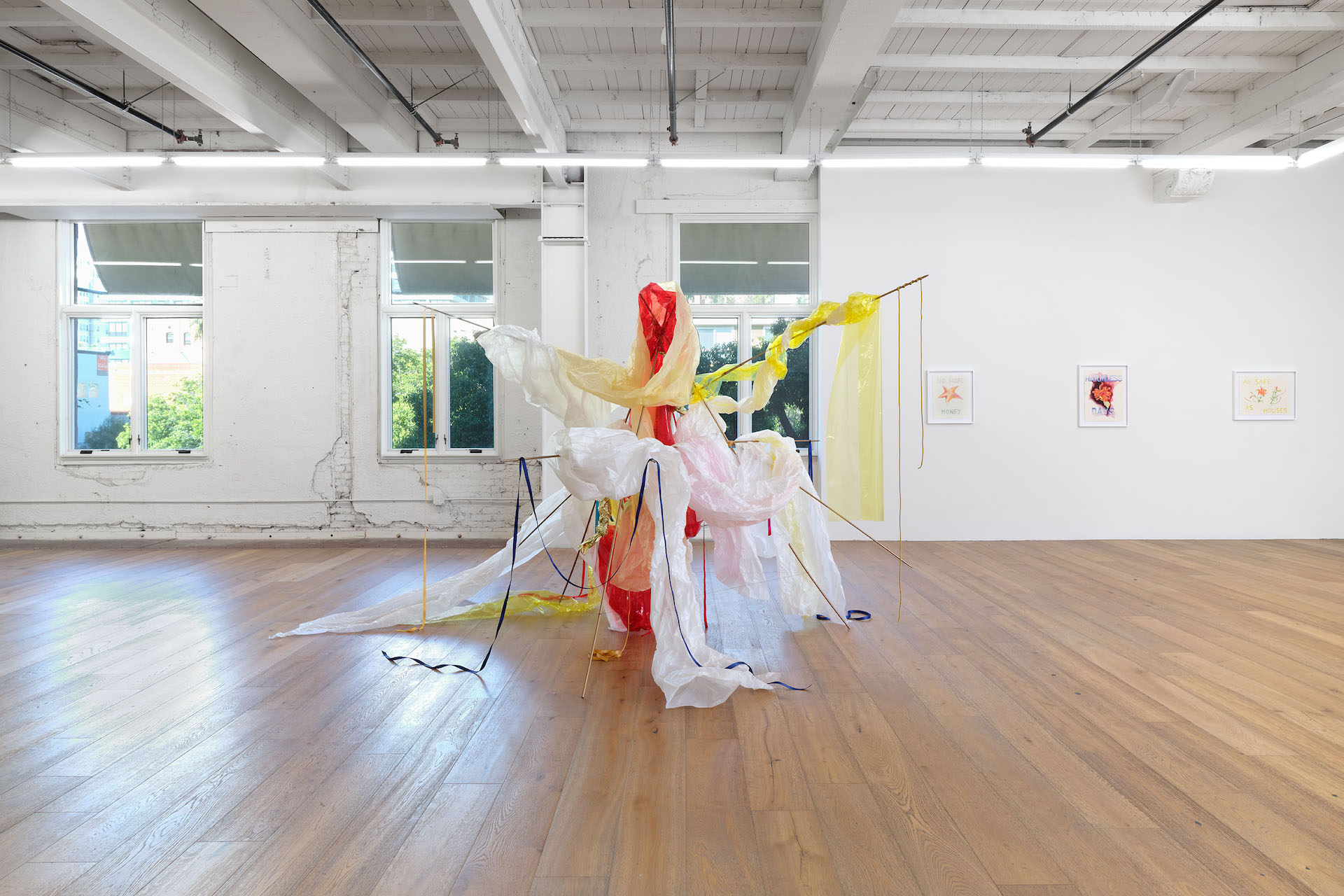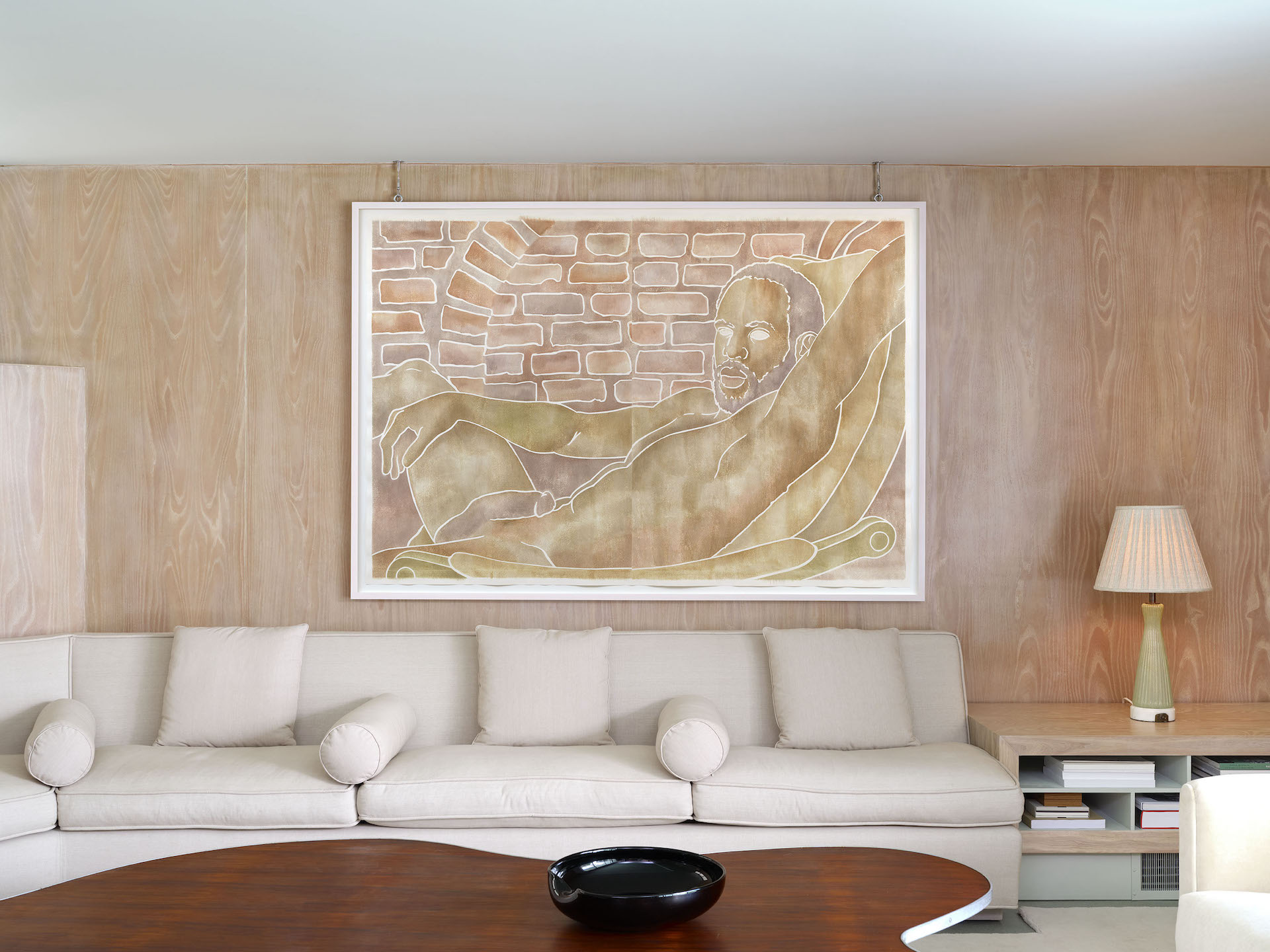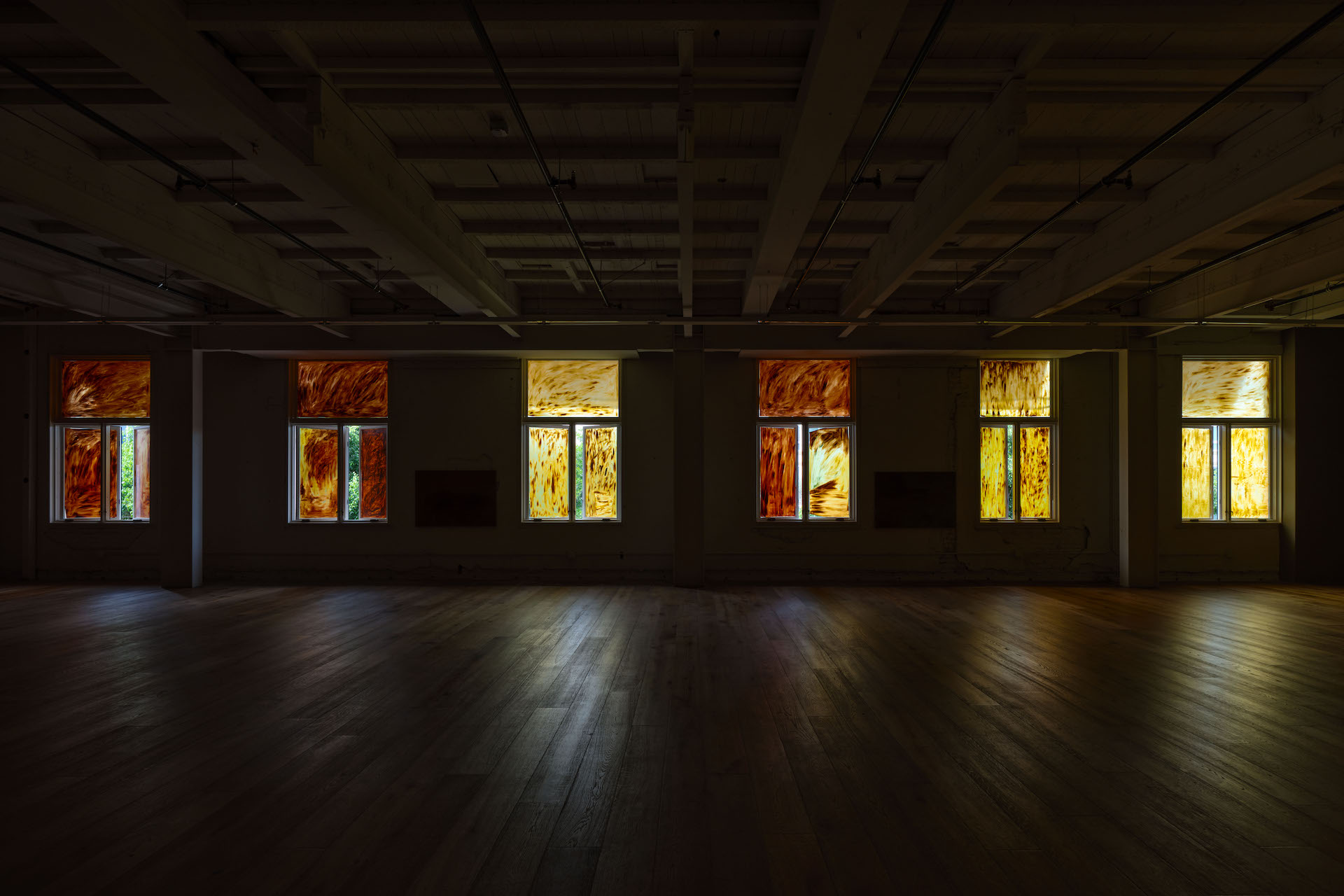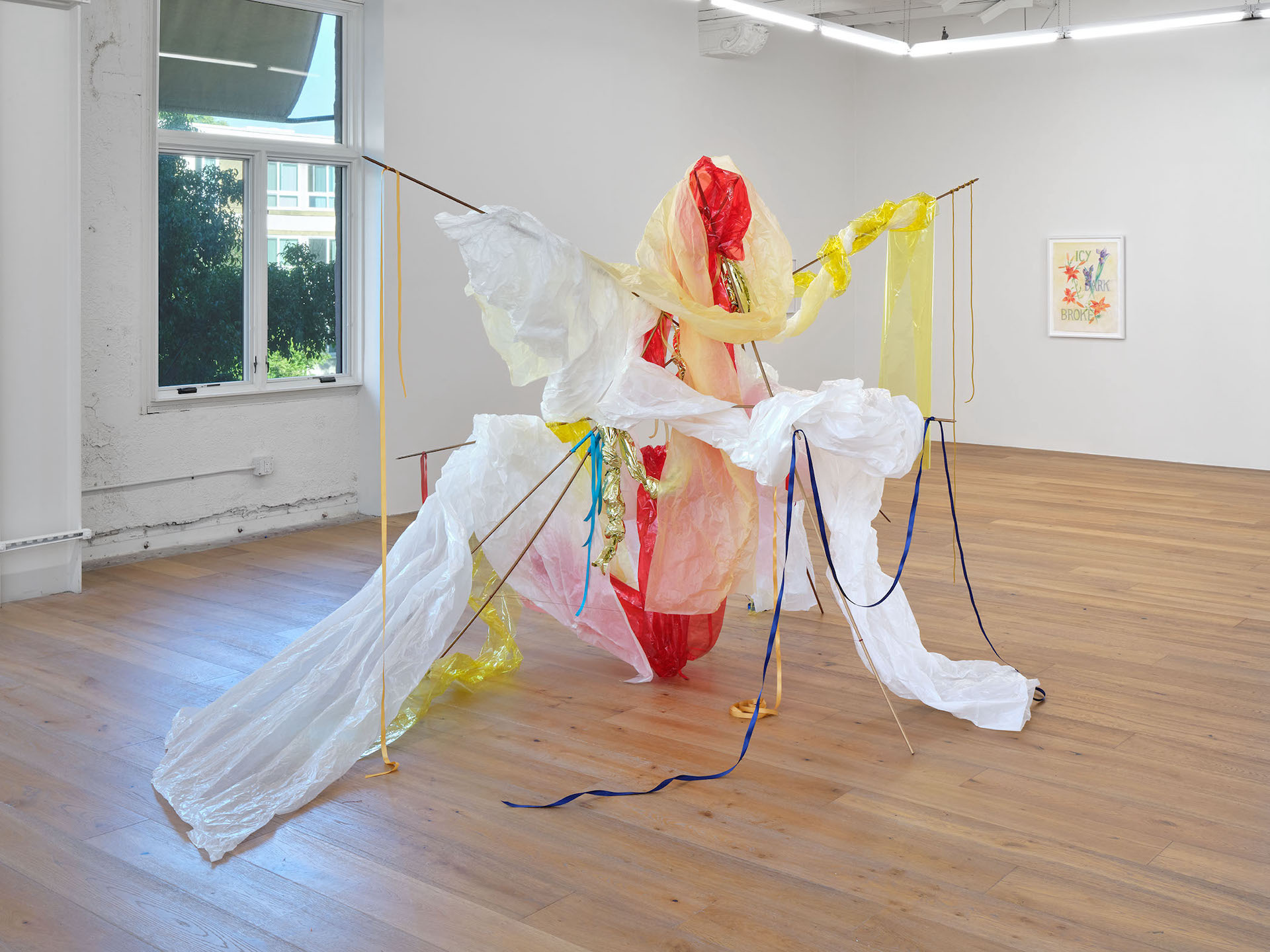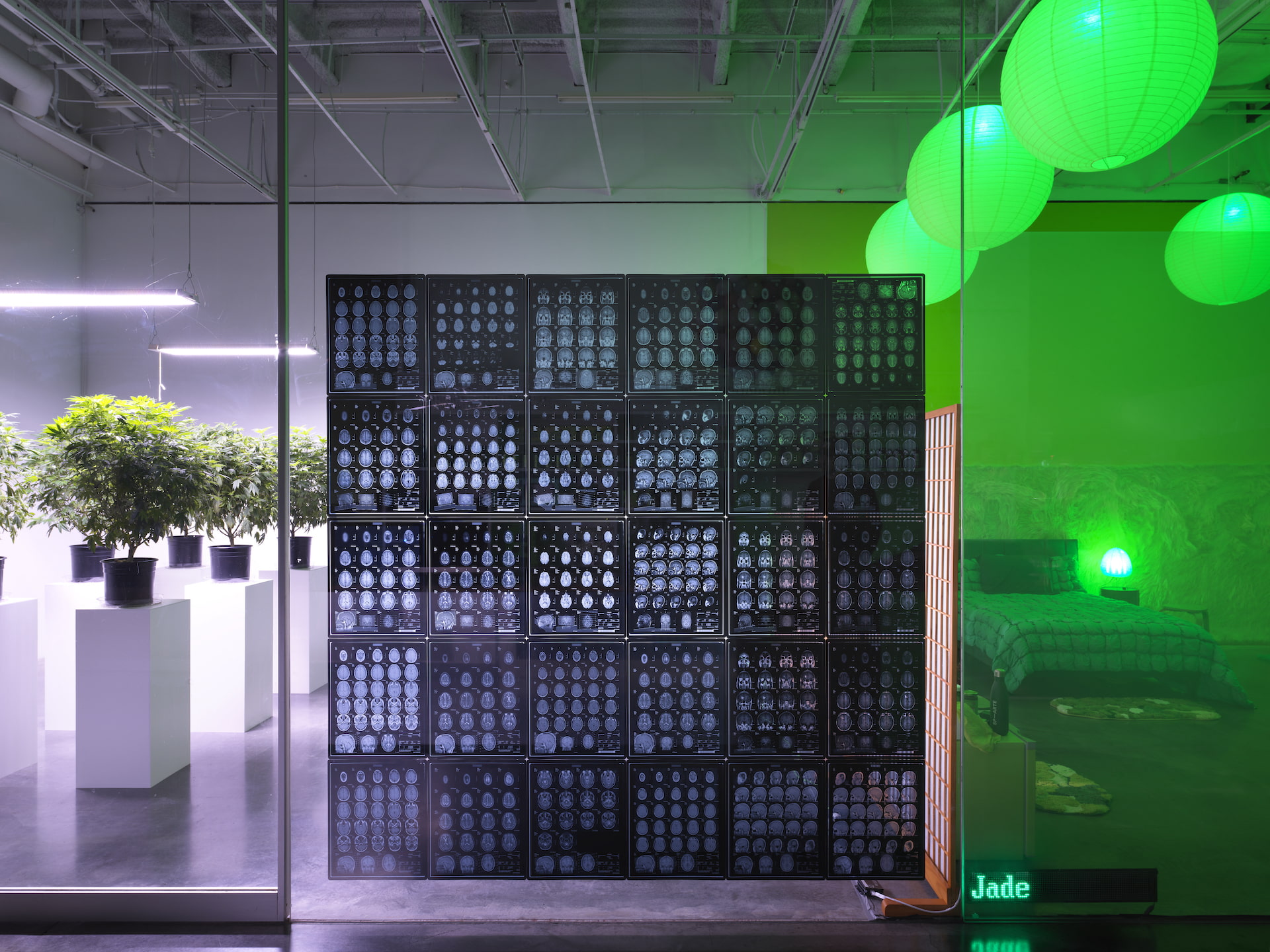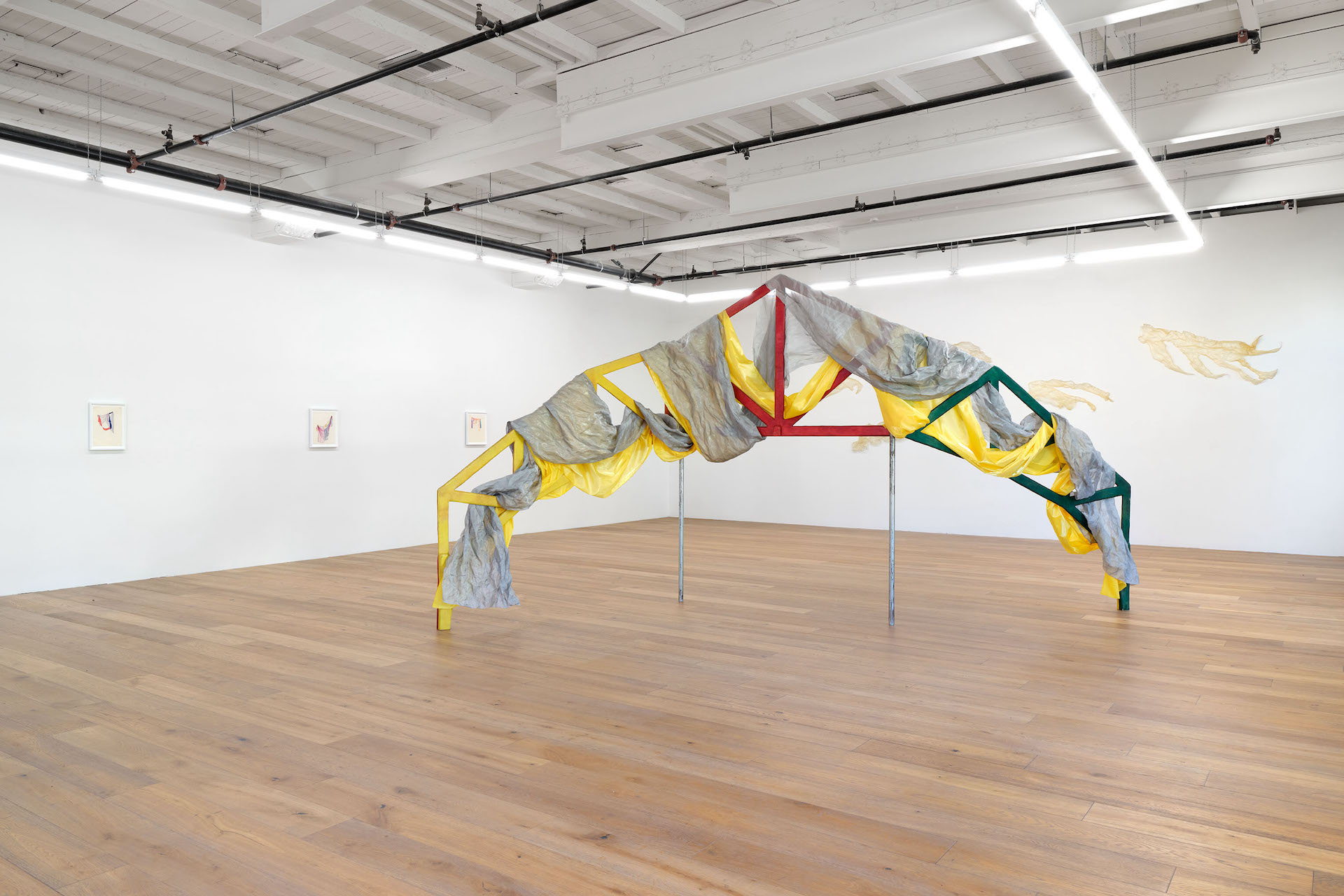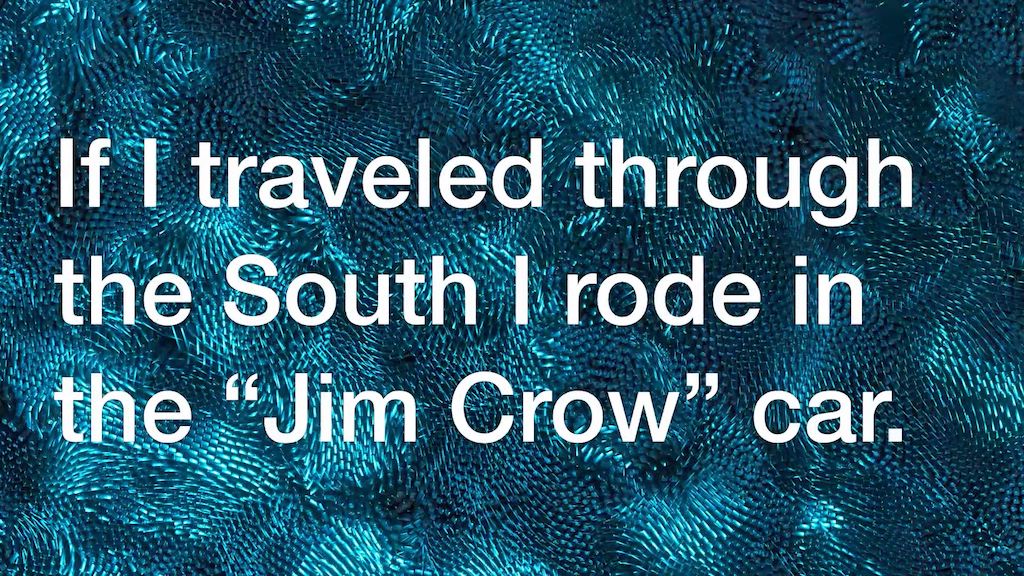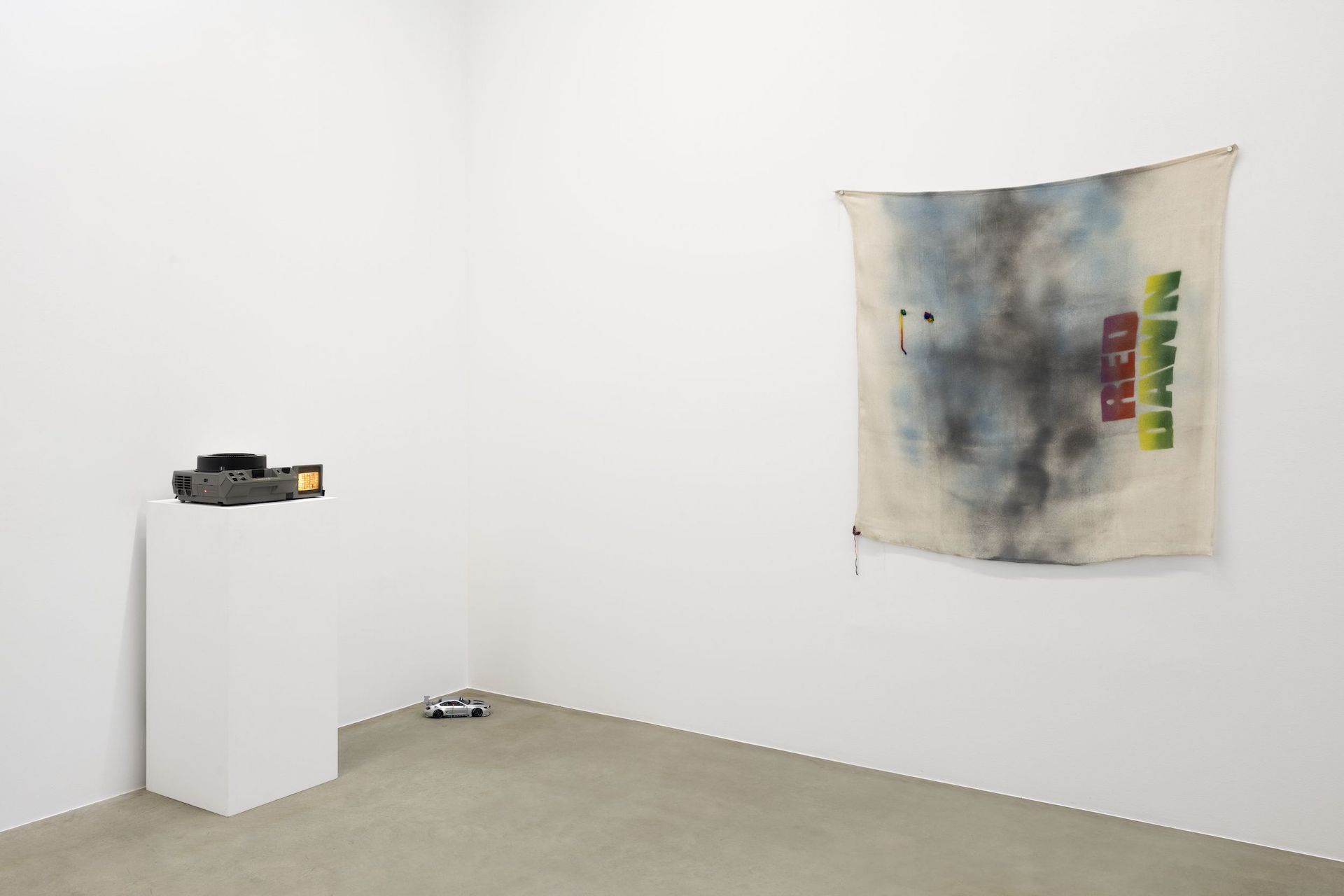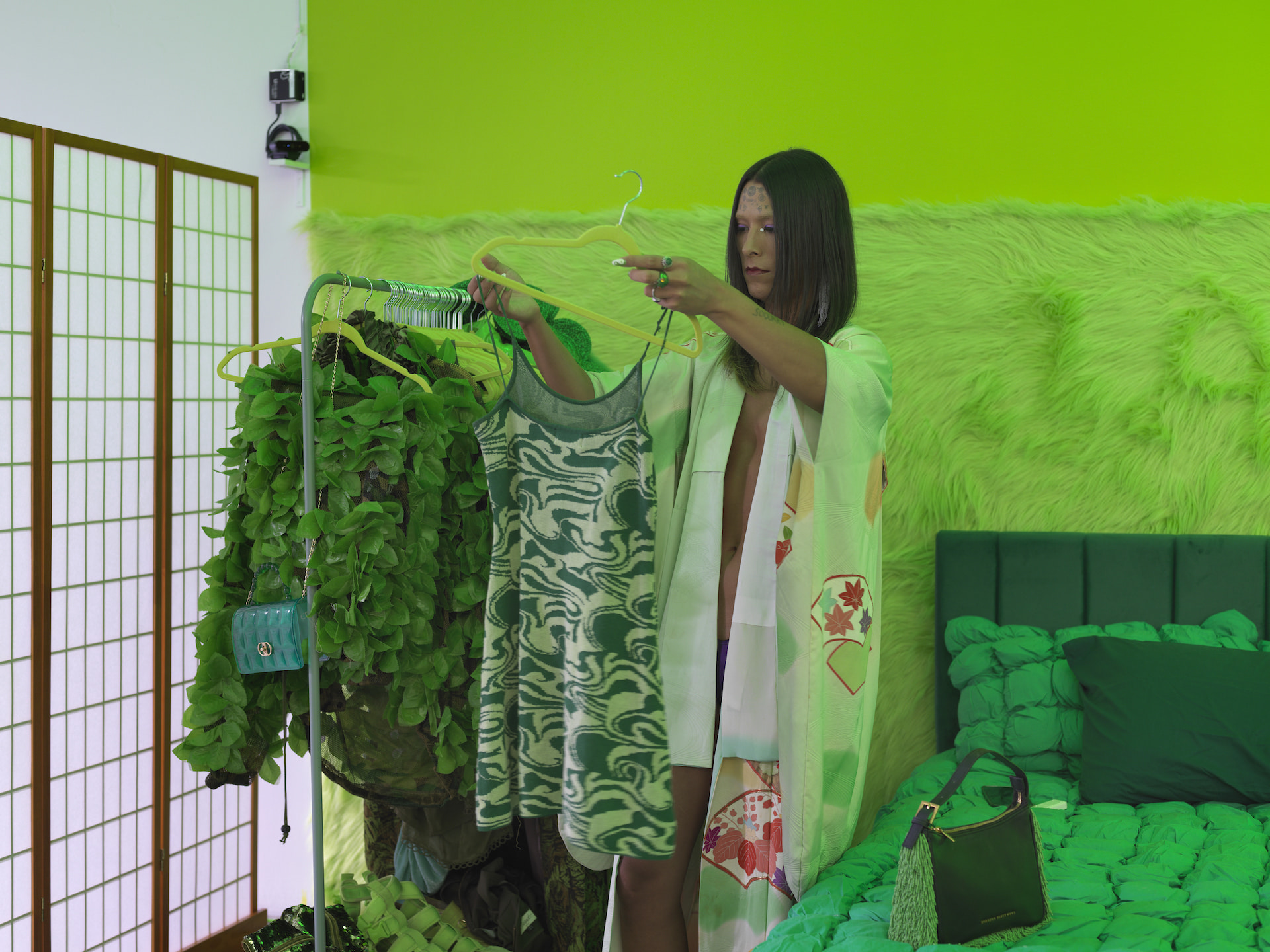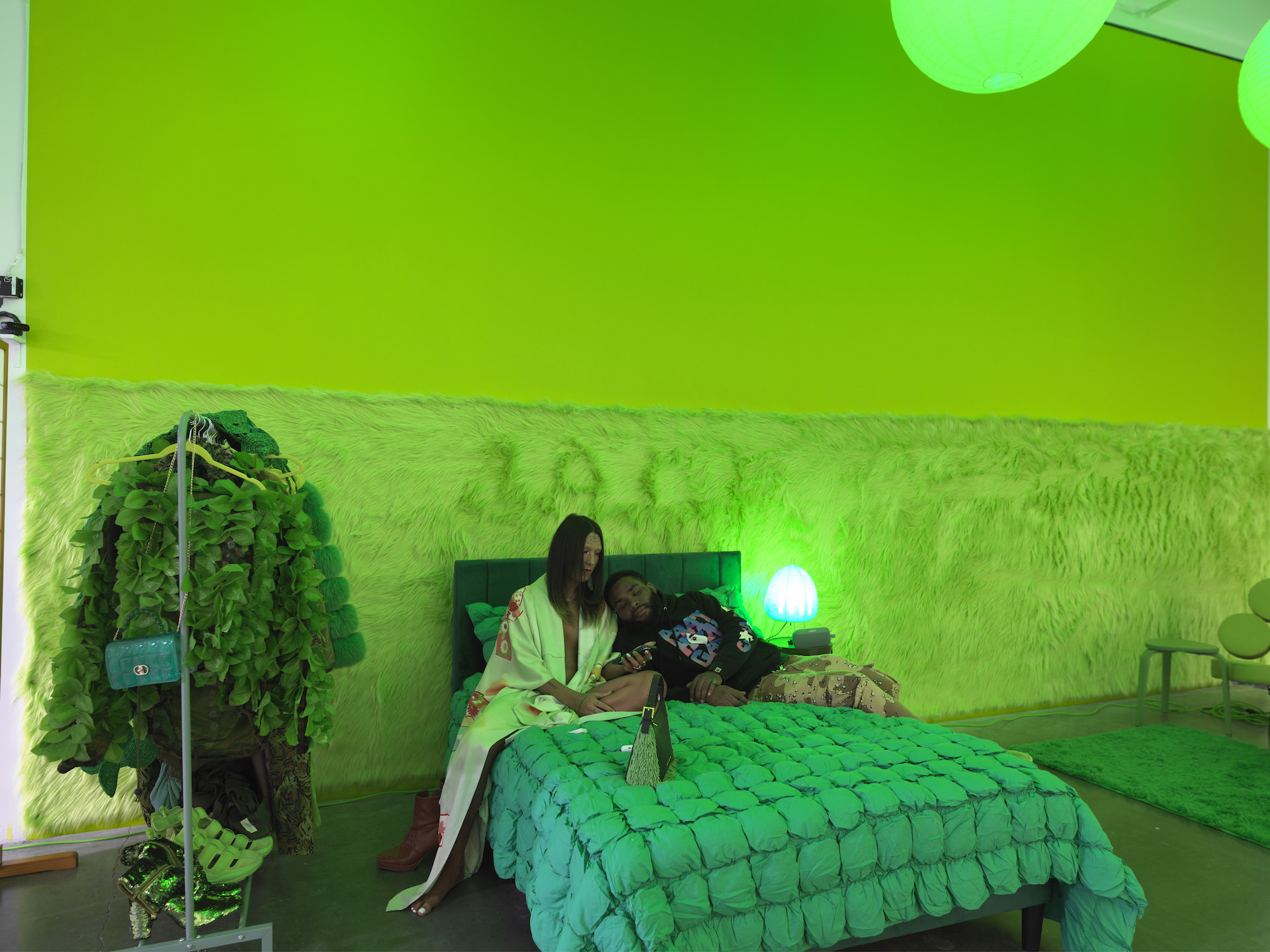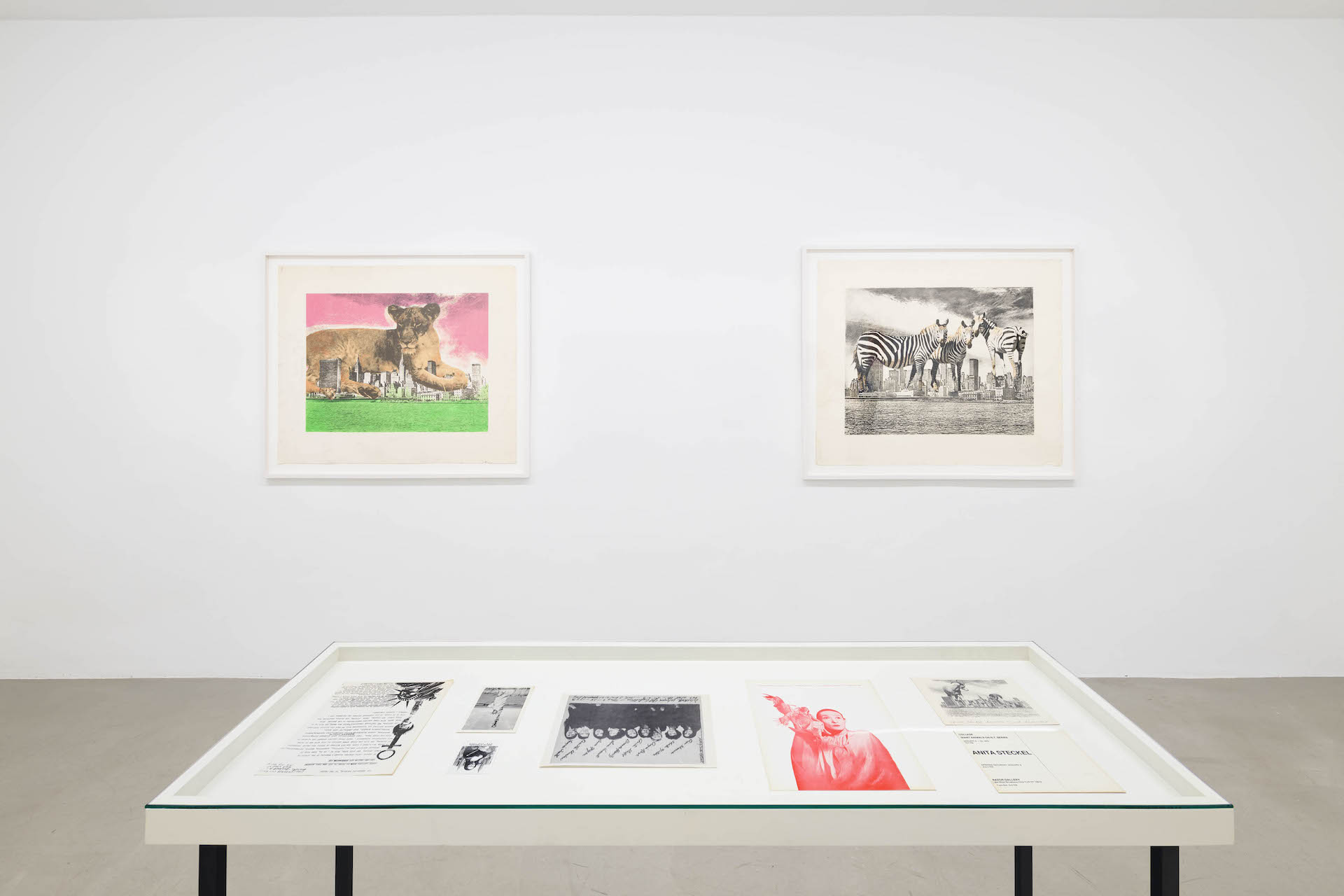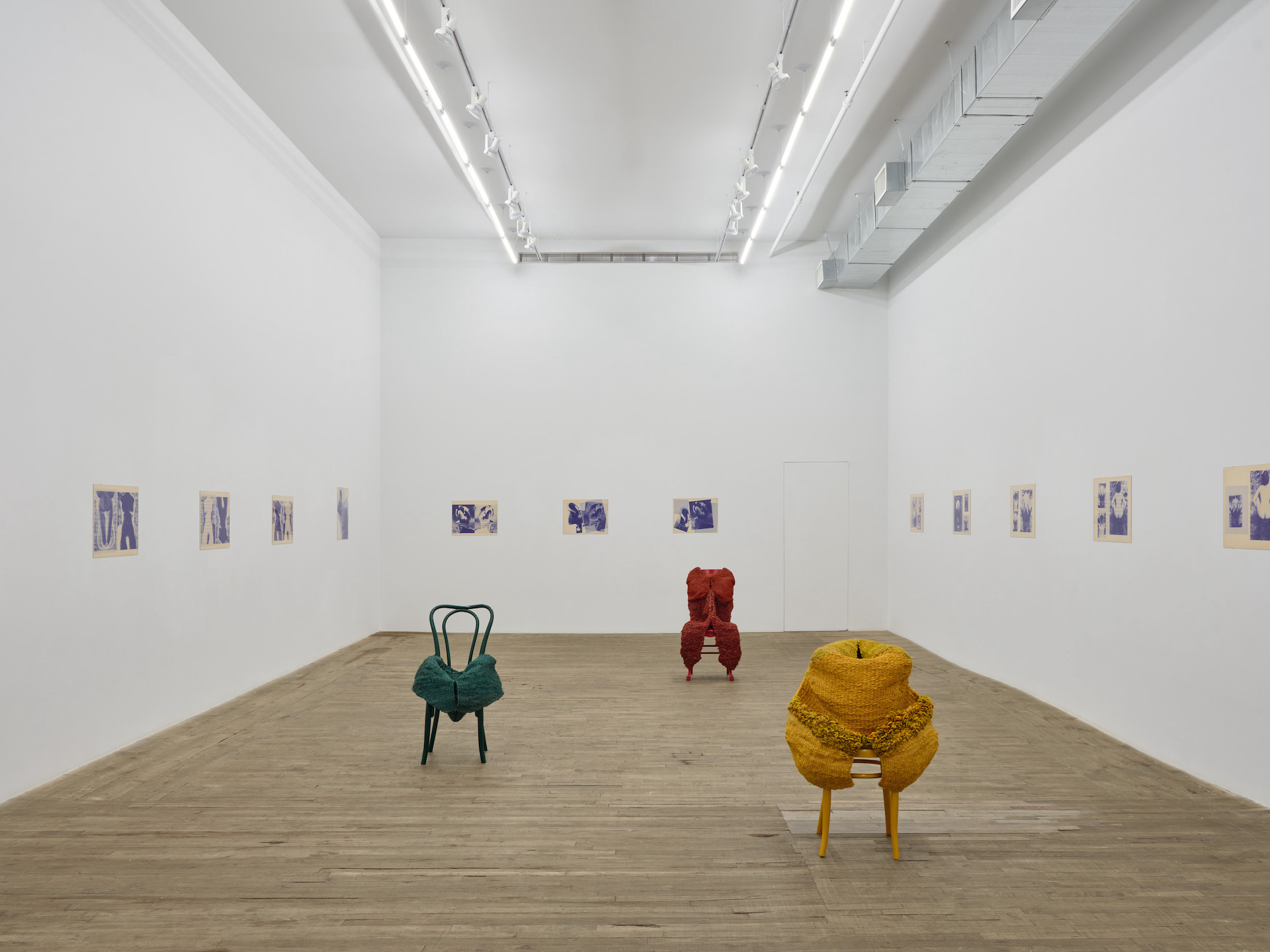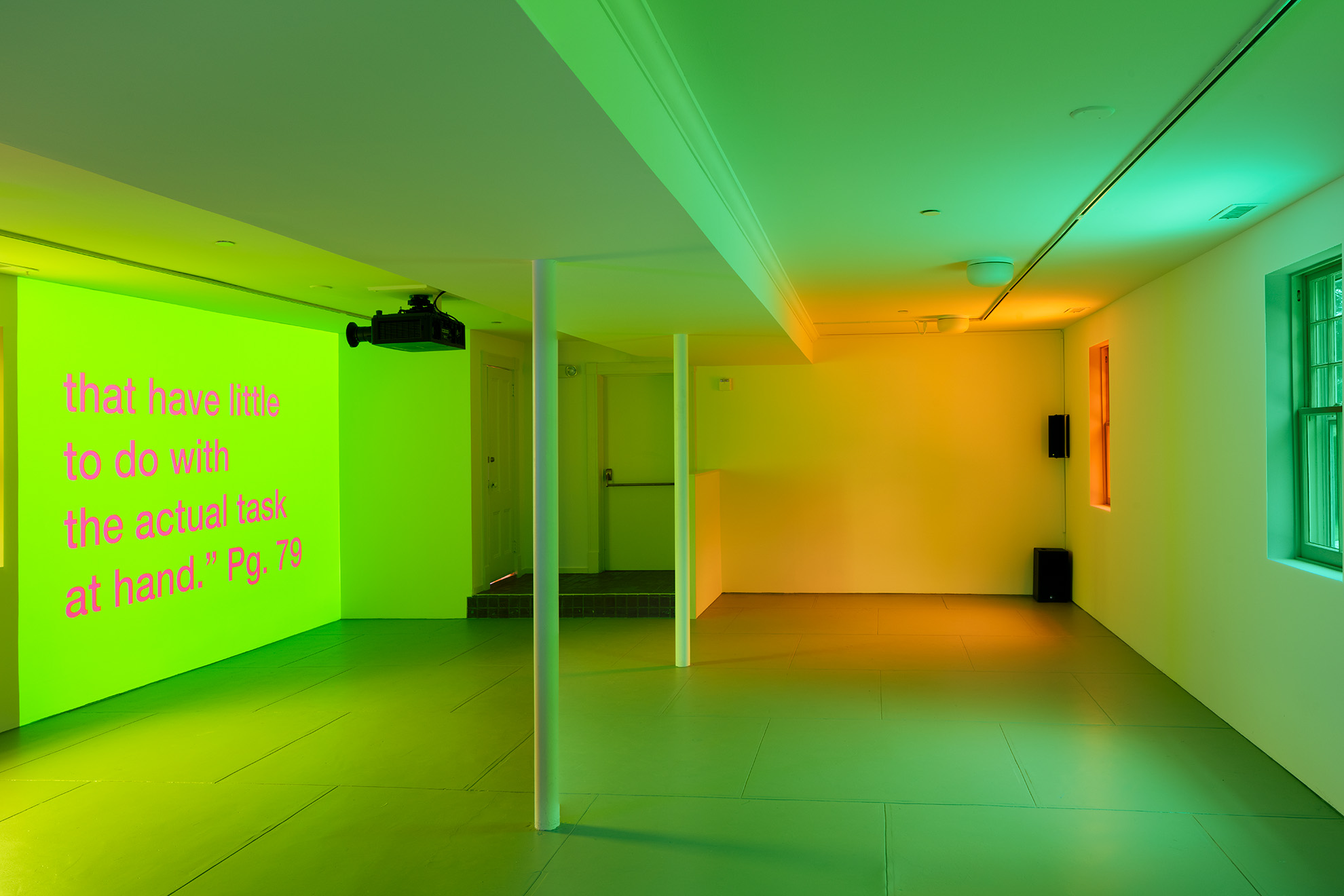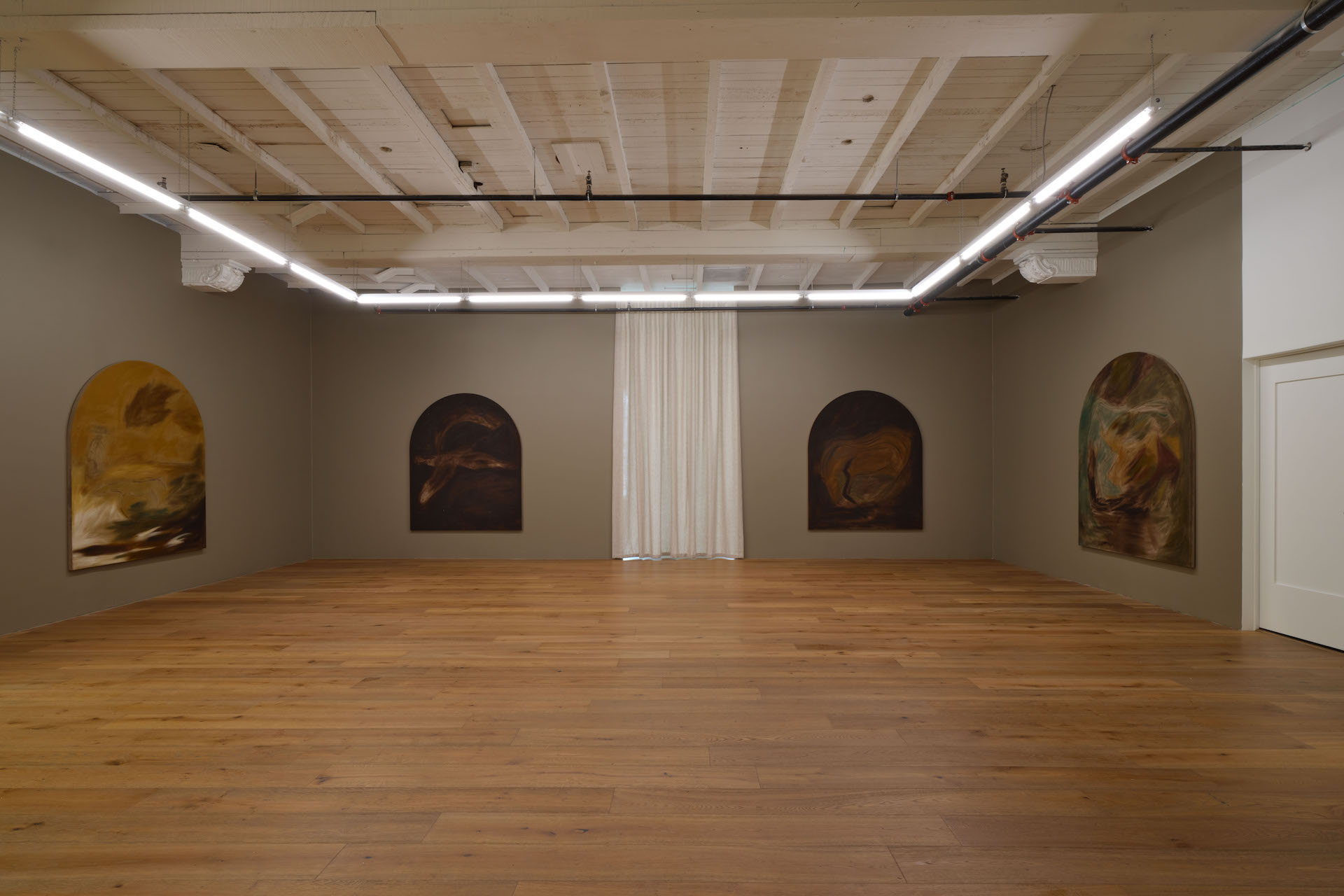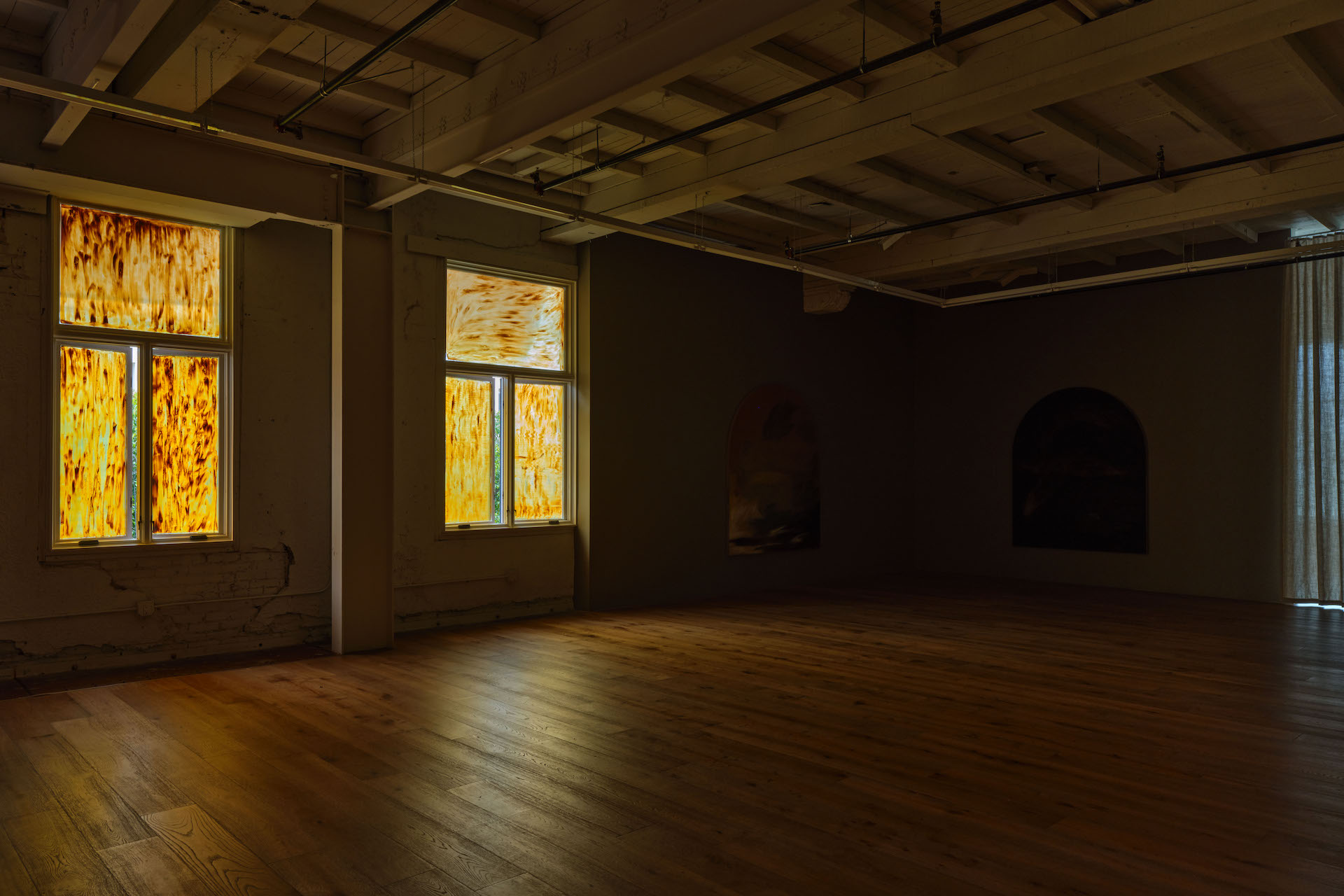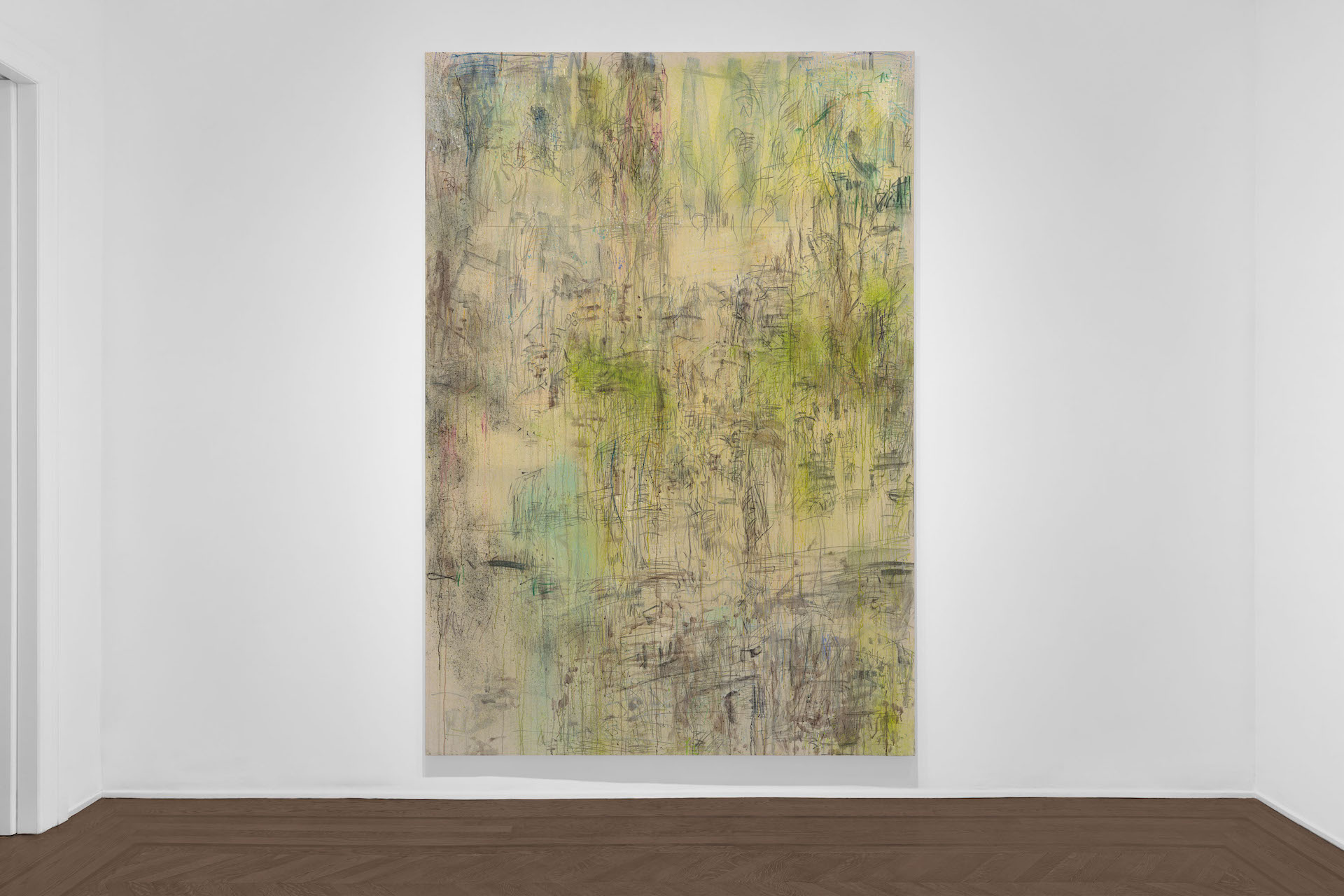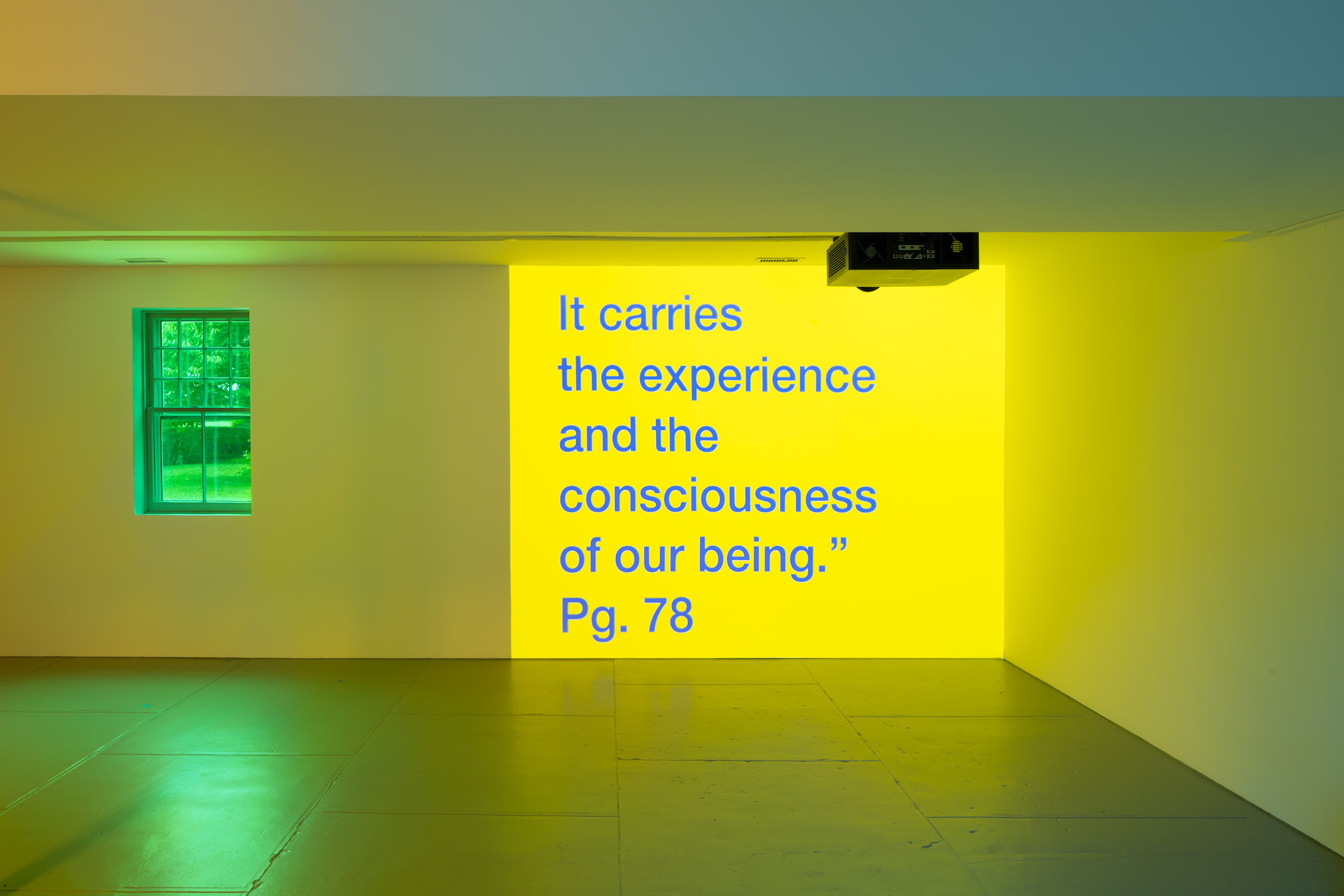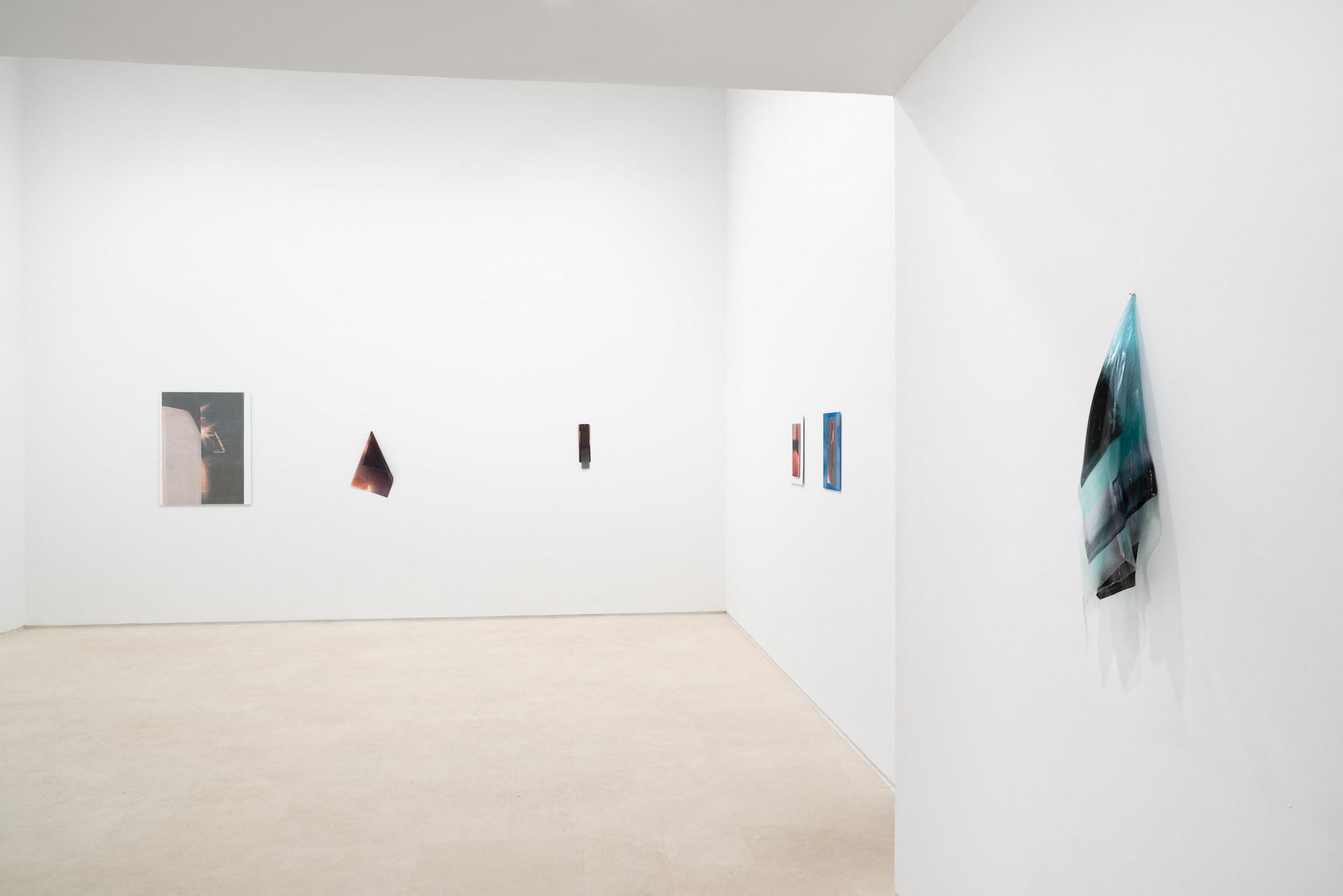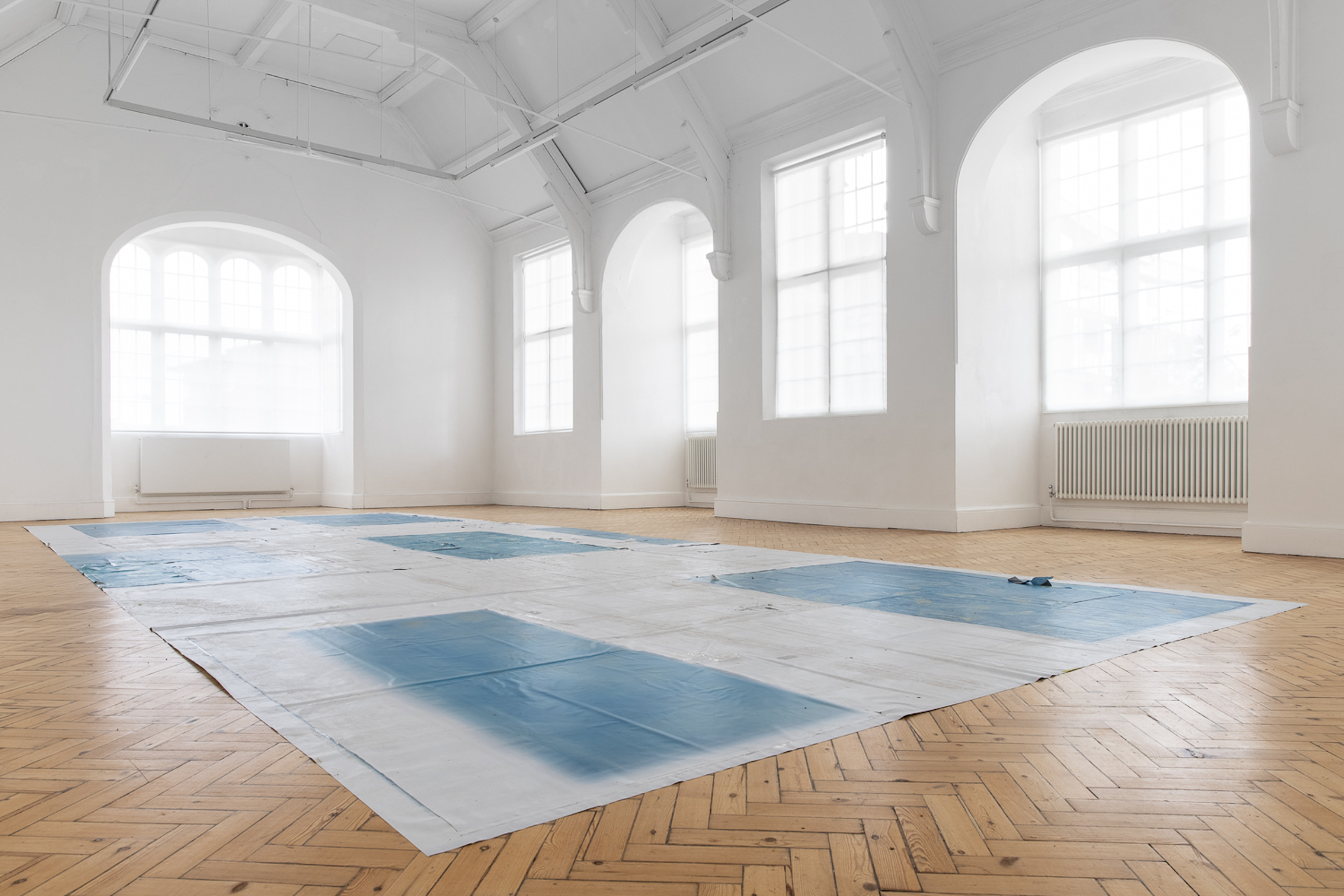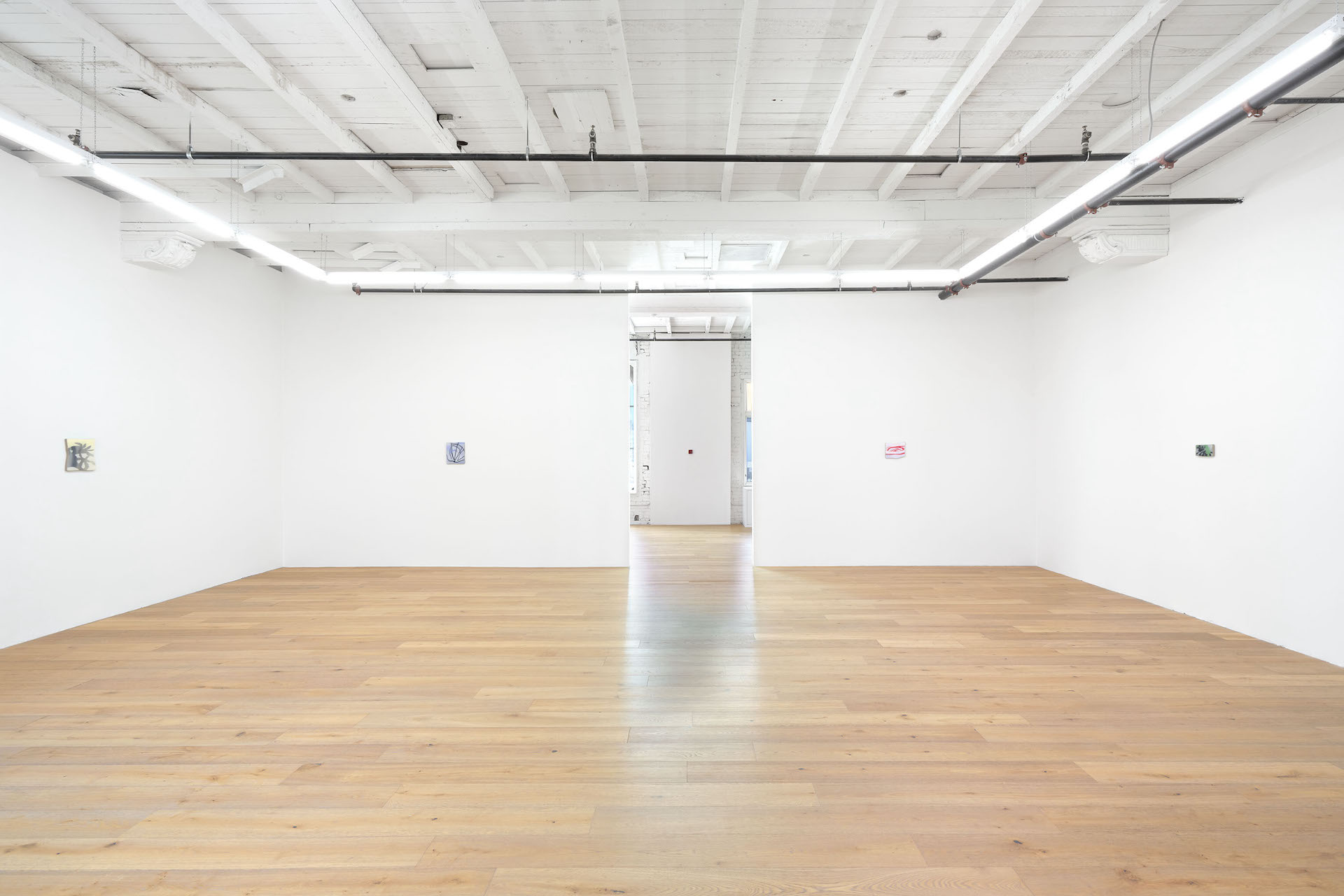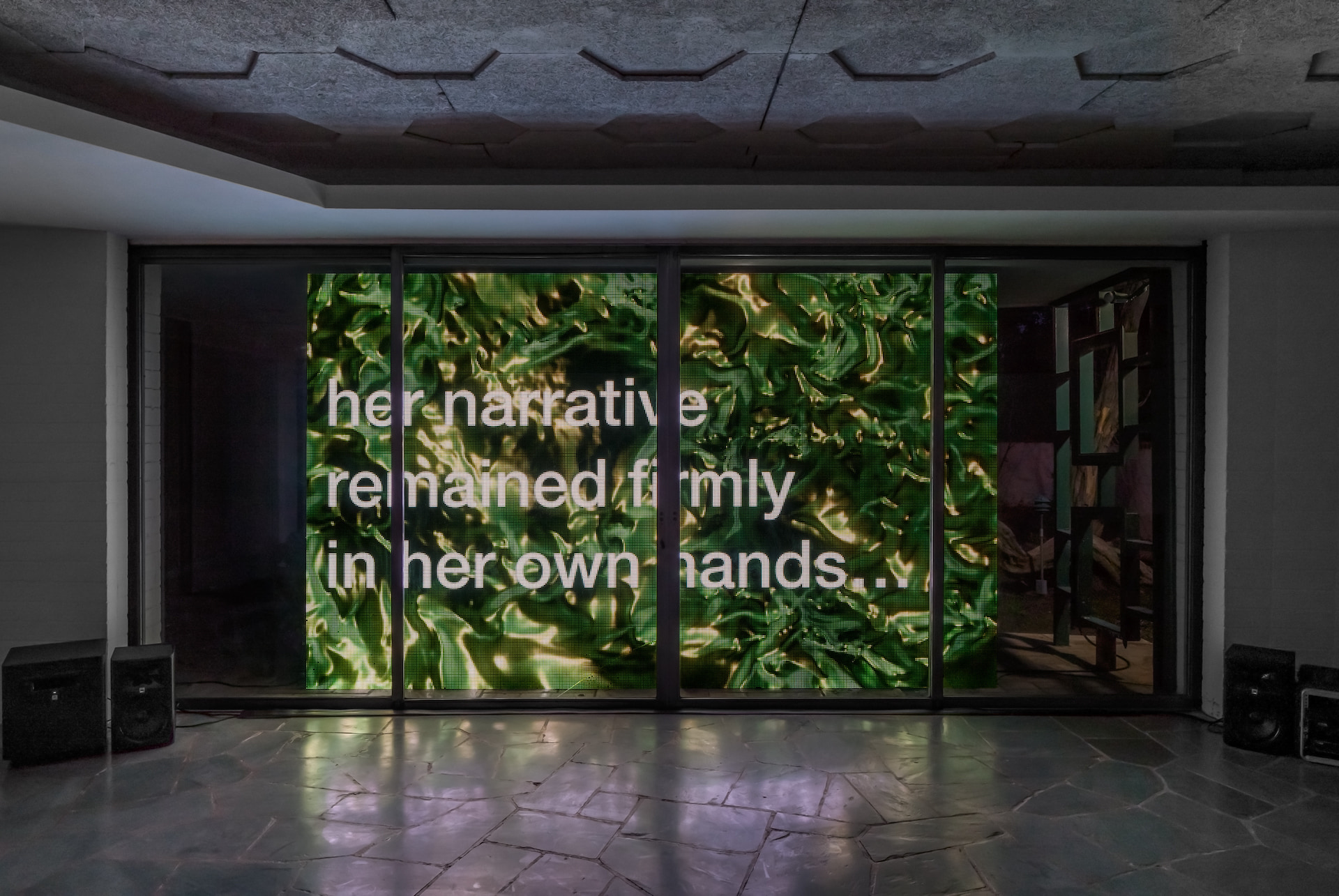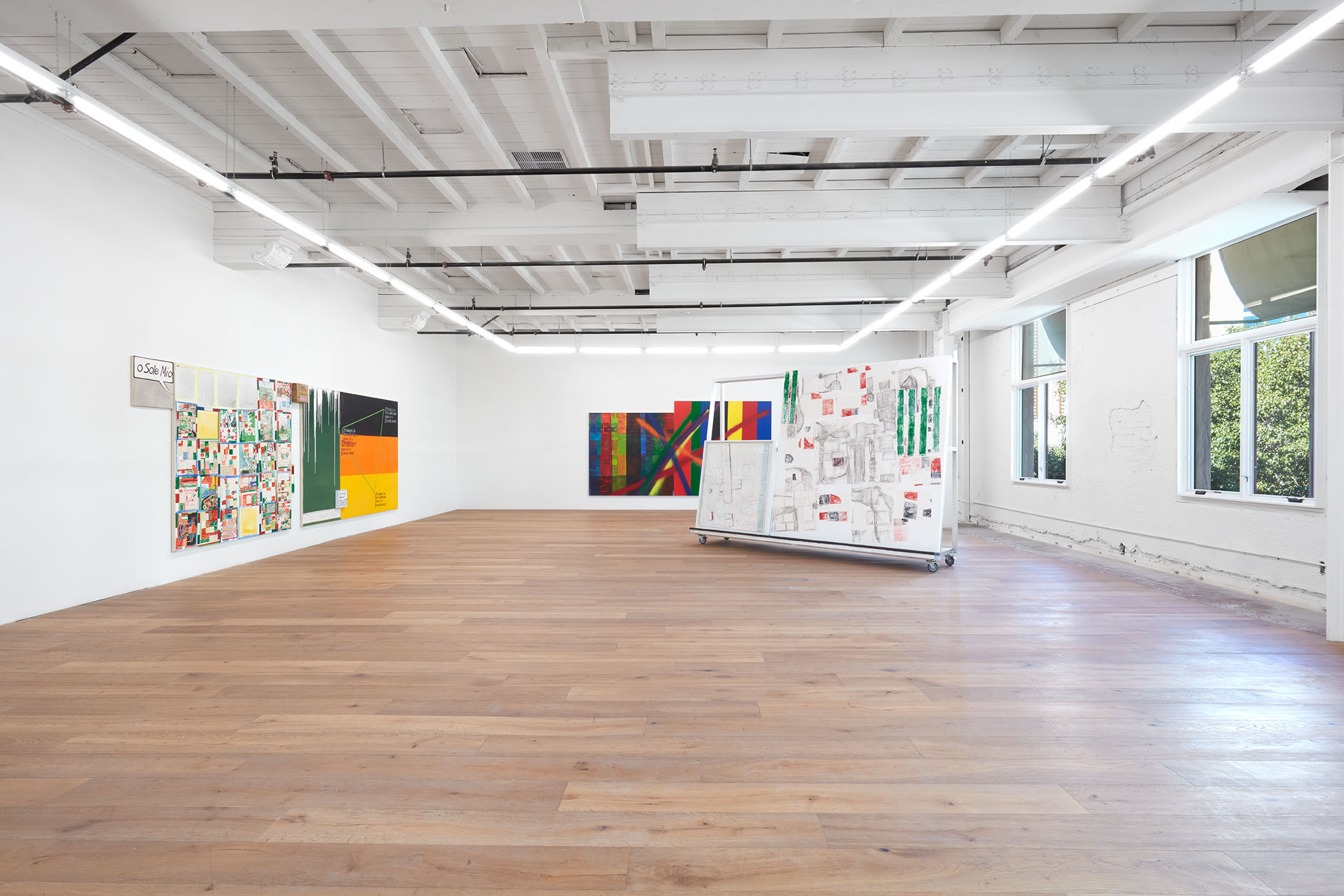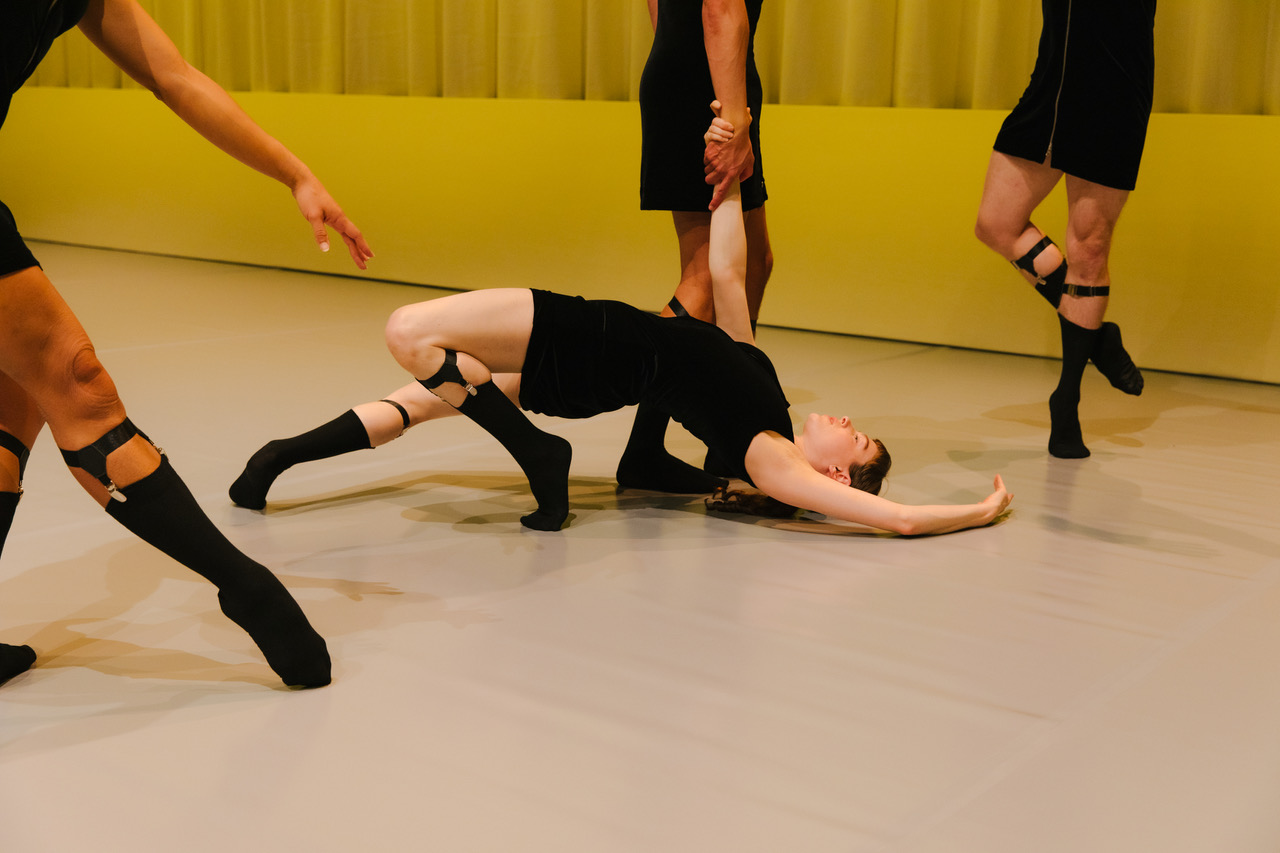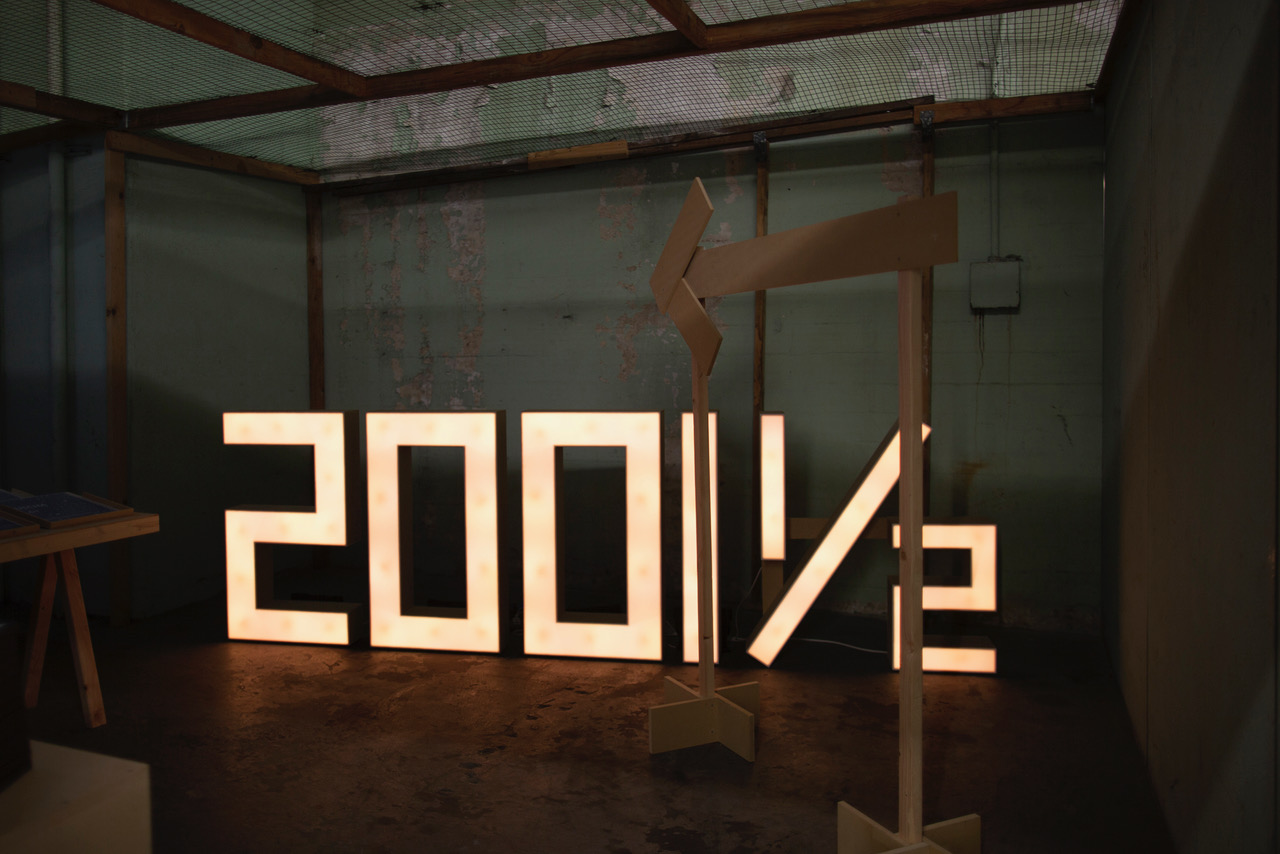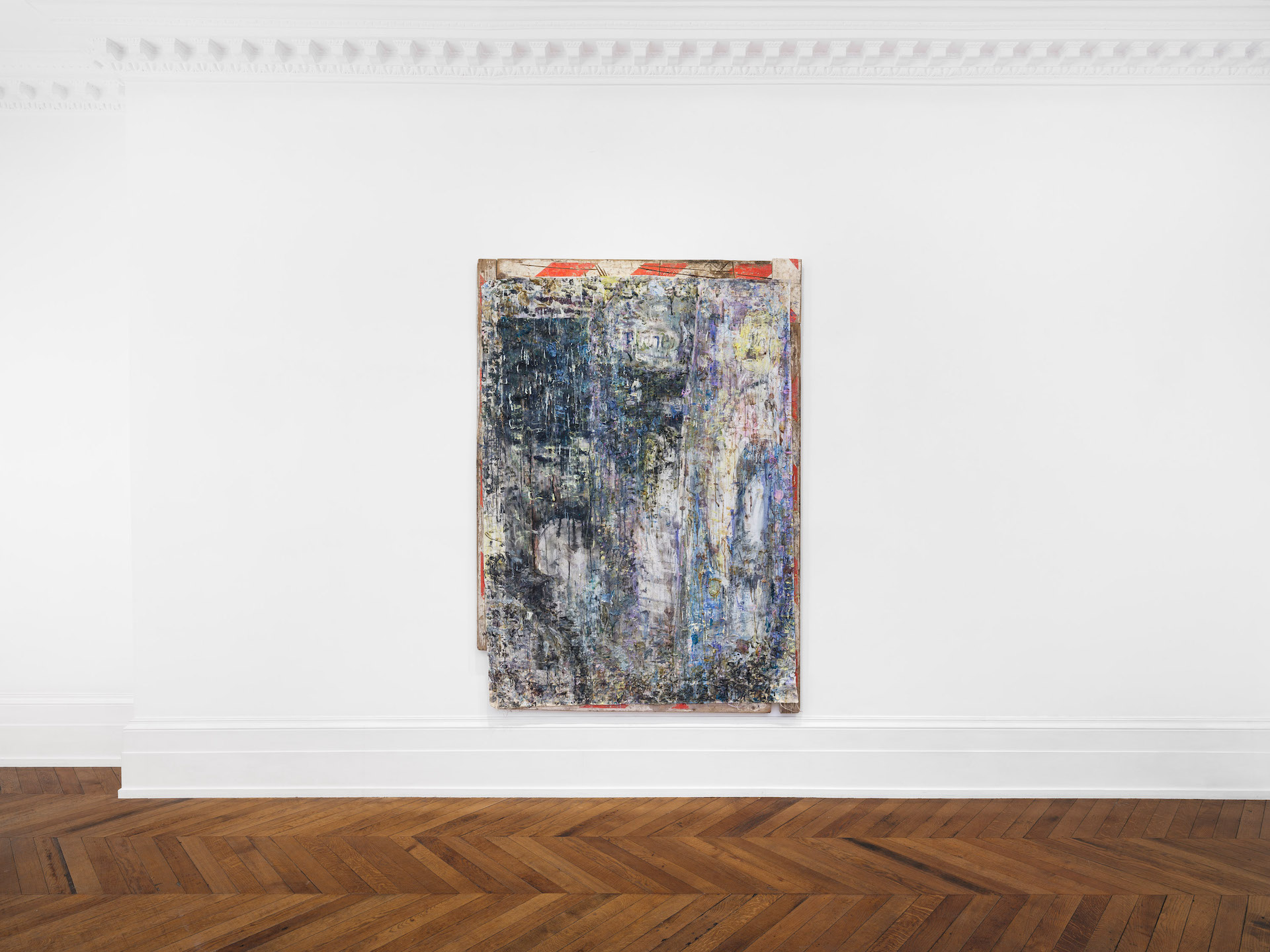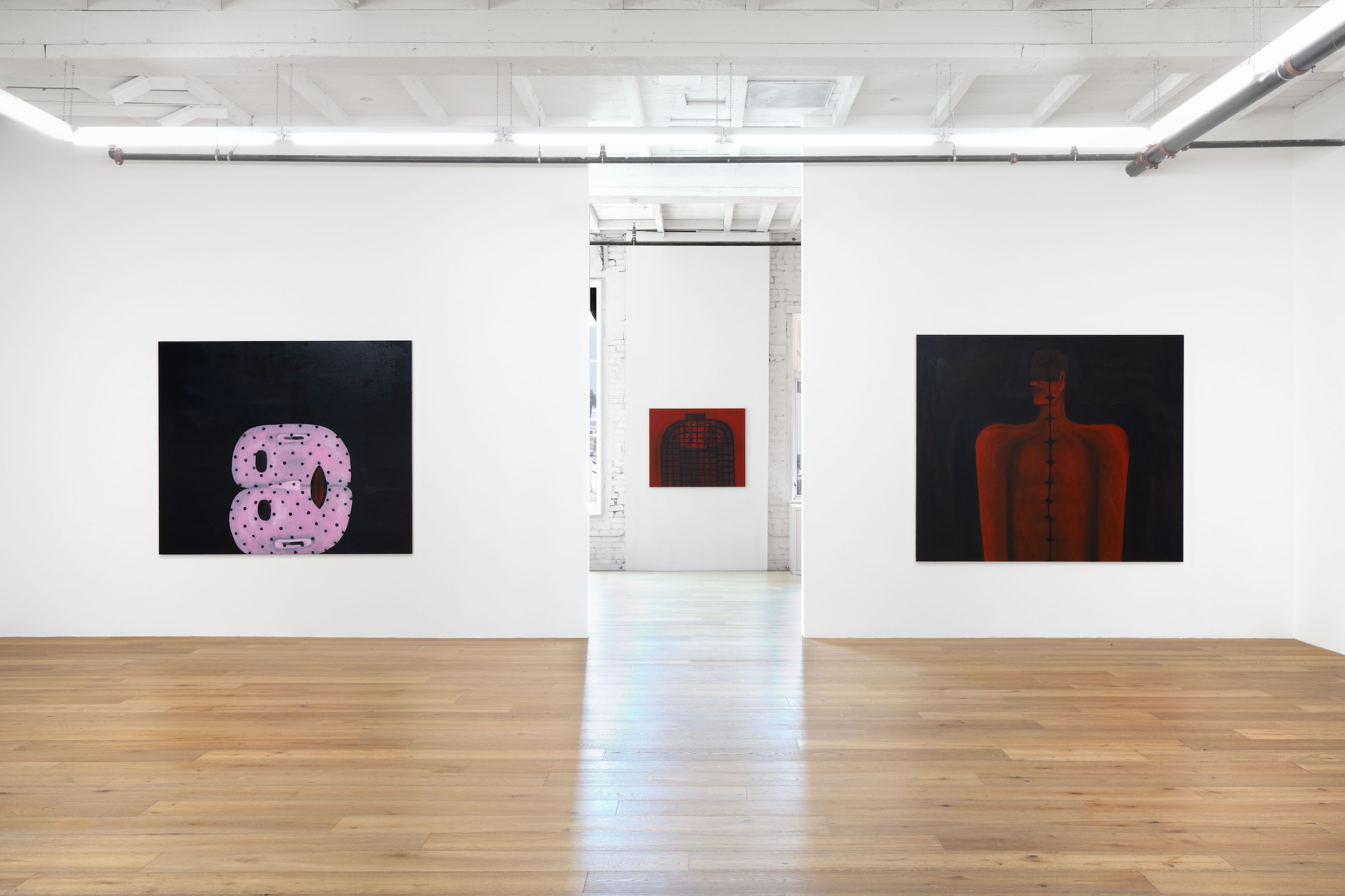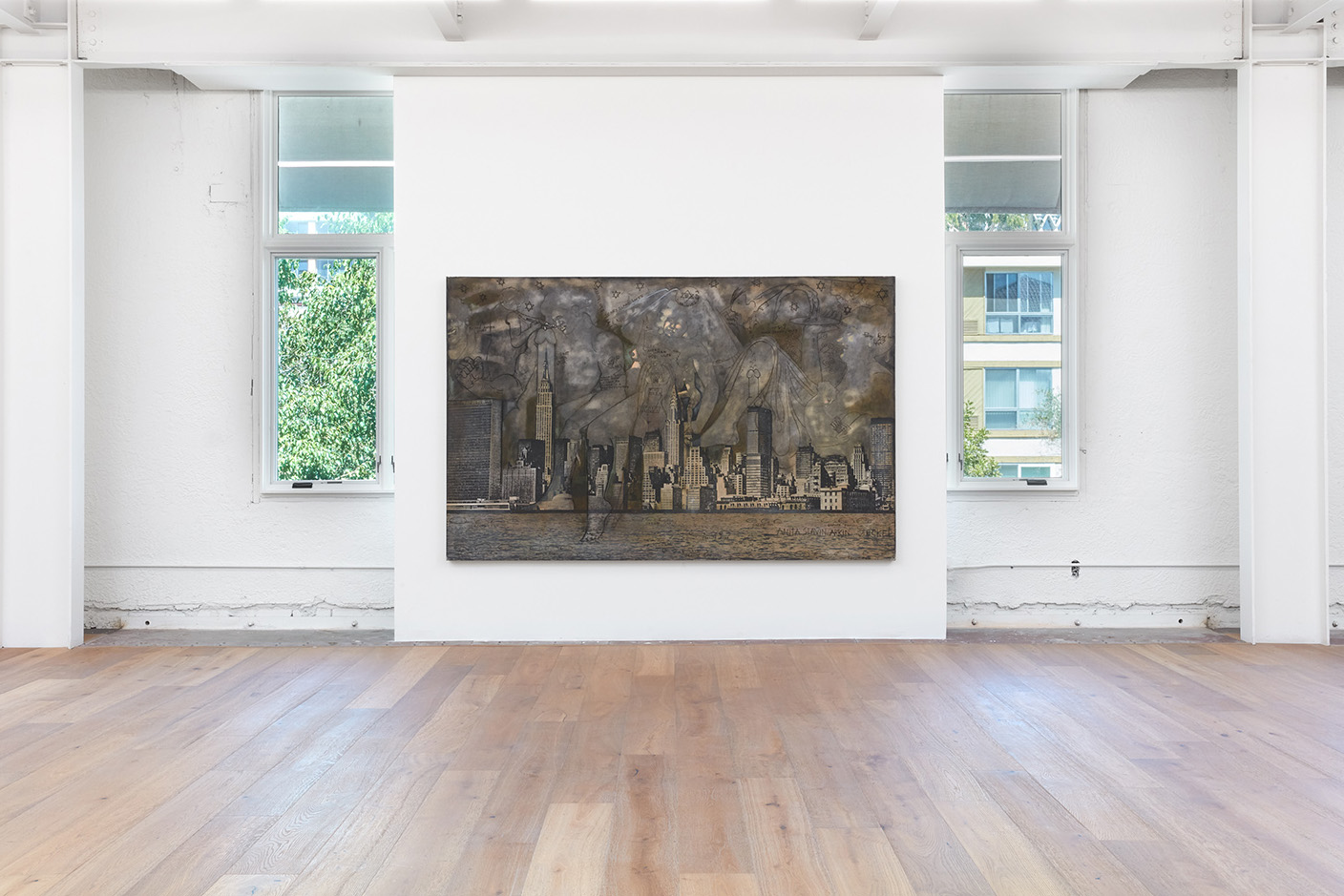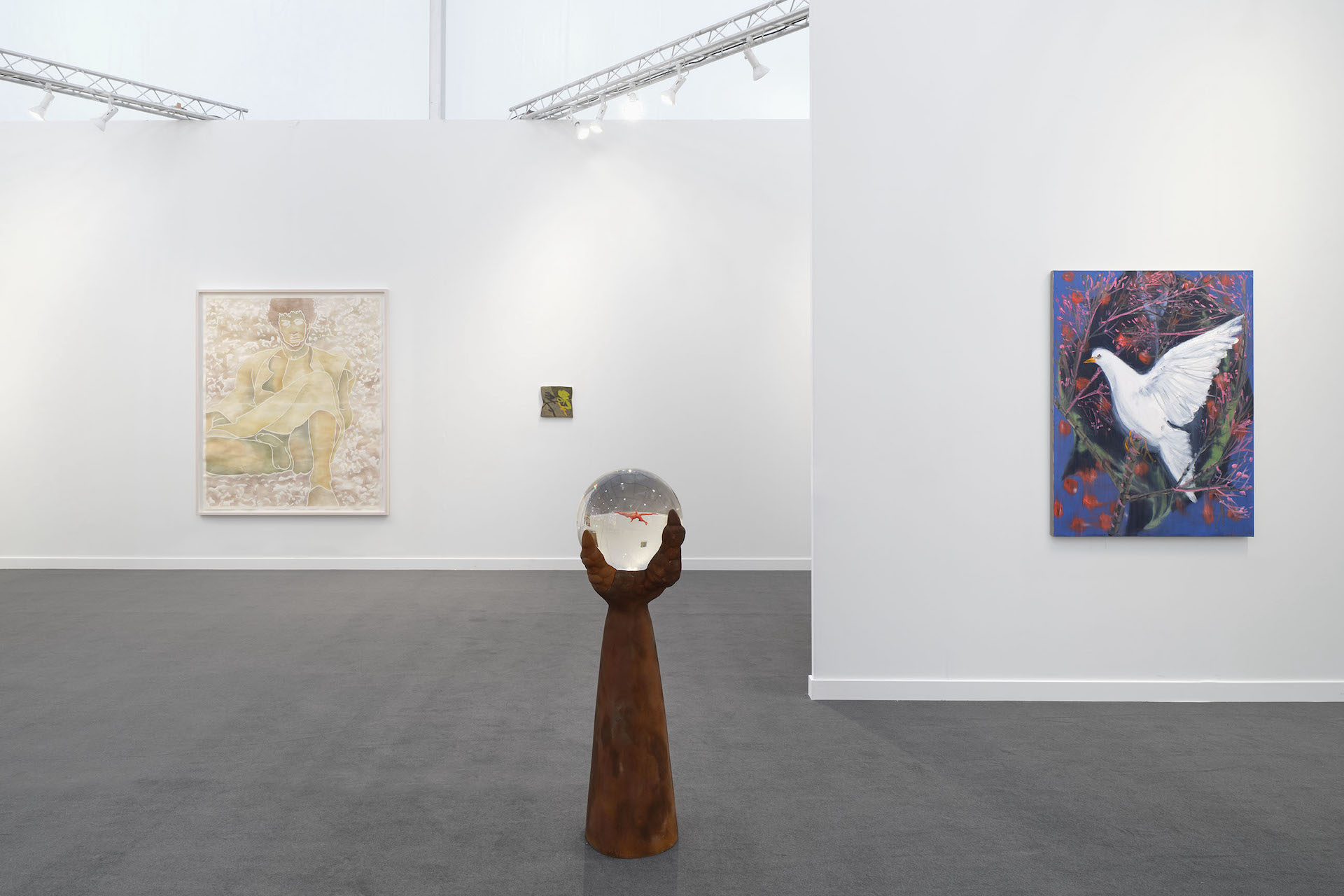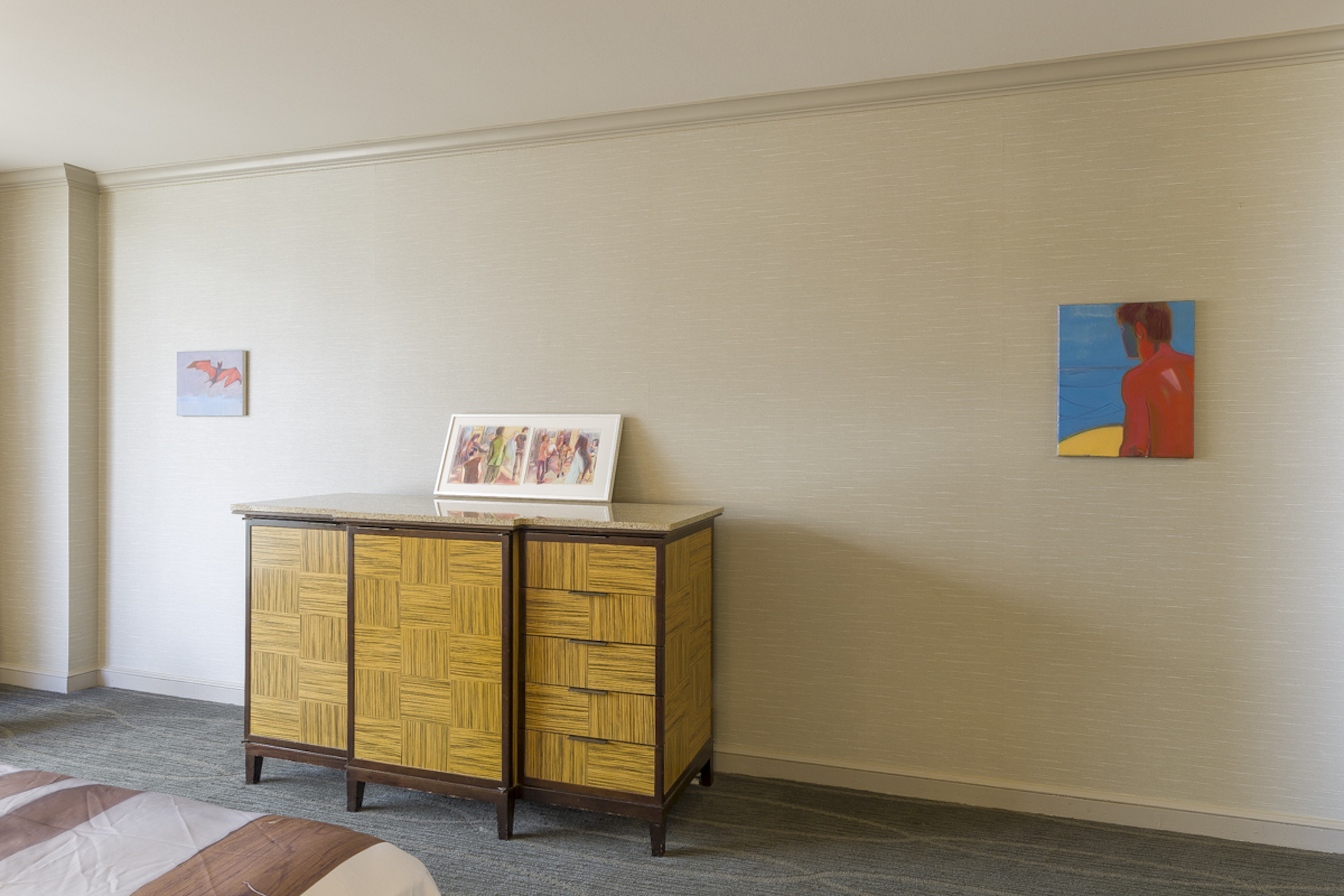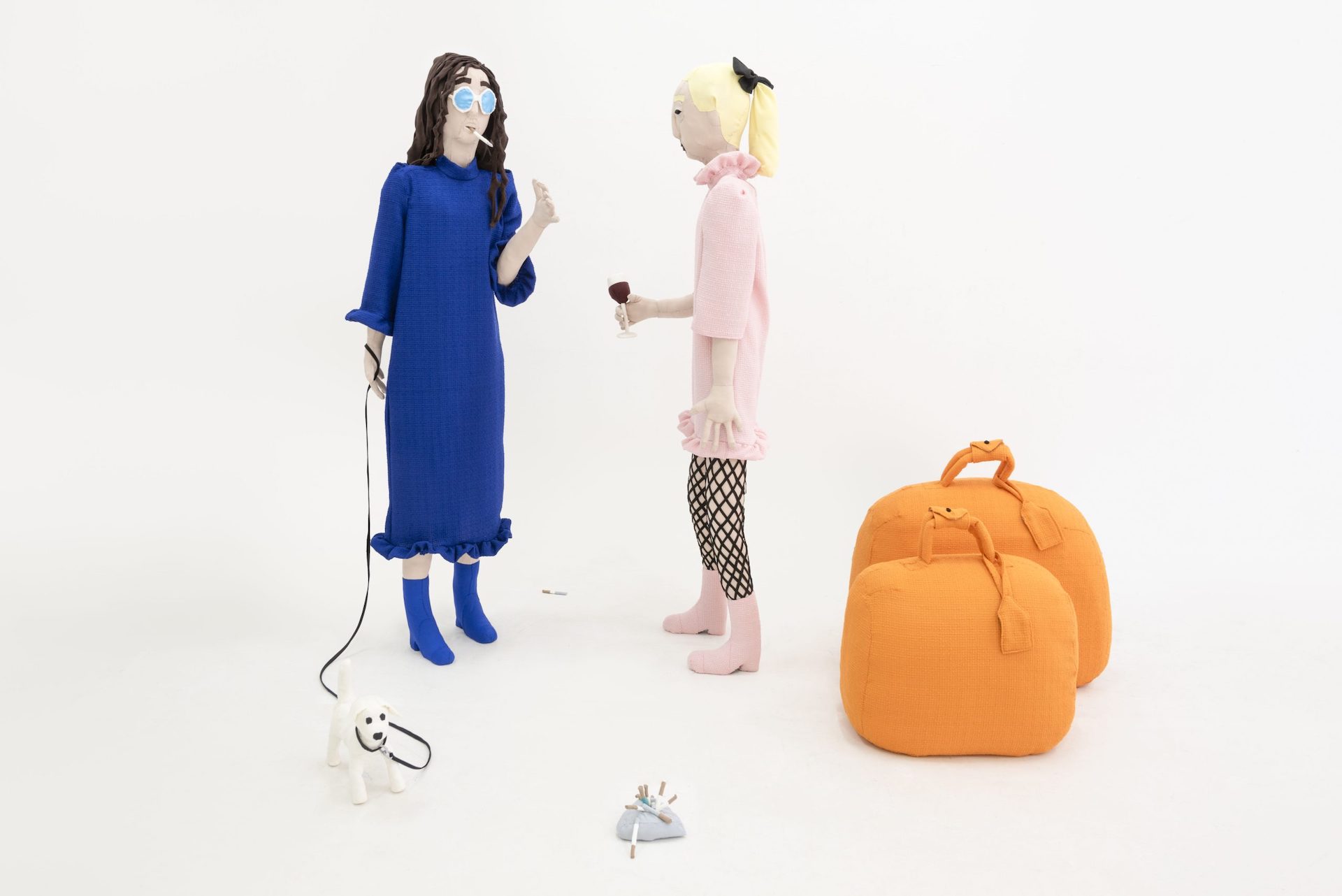Matt Sheridan Smith
Matt Sheridan Smith
07.12.14 – 08.23.14

Installation view: Matt Sheridan Smith, Matt Sheridan Smith, 07.12.14 – 08.23.14

Installation view: Matt Sheridan Smith, Matt Sheridan Smith, 07.12.14 – 08.23.14

Installation view: Matt Sheridan Smith, Matt Sheridan Smith, 07.12.14 – 08.23.14

Installation view: Matt Sheridan Smith, Matt Sheridan Smith, 07.12.14 – 08.23.14

Installation view: Matt Sheridan Smith, Matt Sheridan Smith, 07.12.14 – 08.23.14

Matt Sheridan Smith, Pattern portrait (widow), 2014. Acrylic gel medium transfer, paper, linen. 80 x 56 x 1.5 inches (203.2 x 142.2 x 3.8 cm)

Matt Sheridan Smith, Pattern portrait (widow), 2014. Acrylic gel medium transfer, paper, linen. 80 x 56 x 1.5 inches (203.2 x 142.2 x 3.8 cm)

Installation view: Matt Sheridan Smith, Matt Sheridan Smith, 07.12.14 – 08.23.14

Matt Sheridan Smith, Pattern portrait (widow), 2014. Acrylic gel medium transfer, paper, linen. 80 x 56 x 1.5 inches (203.2 x 142.2 x 3.8 cm)

Matt Sheridan Smith, Pattern portrait (widow), 2014. Acrylic gel medium transfer, paper, linen. 80 x 56 x 1.5 inches (203.2 x 142.24 x 3.8 cm)

Installation view: Matt Sheridan Smith, Matt Sheridan Smith, 07.12.14 – 08.23.14

Matt Sheridan Smith, Scratch (untitled), 2014. Paper mounted to aluminum. 50 3/4 x 35 3/4 x 1.5 inches (128.9 x 90.8 x 3.8 cm)

Installation view: Matt Sheridan Smith, Matt Sheridan Smith, 07.12.14 – 08.23.14

Matt Sheridan Smith, Scratch (untitled), 2014. Paper mounted to aluminum. 50 3/4 x 35 3/4 x 1.5 inches (128.9 x 90.805 x 3.8 cm)

Installation view: Matt Sheridan Smith, Matt Sheridan Smith, 07.12.14 – 08.23.14

Matt Sheridan Smith, Scratch (bulles), 2014. Paper mounted to aluminum. 35 3/4 x 50 3/4 x 1.5 inches (90.8 x 128.9 x 3.8 cm)

Matt Sheridan Smith, Scratch (hand), 2014.Paper mounted to aluminum. 50 3/4 x 35 3/4 x 1.5 inches (128.9 x 90.8 x 3.8 cm)

Installation view: Matt Sheridan Smith, Matt Sheridan Smith, 07.12.14 – 08.23.14

Matt Sheridan Smith, Portrait, 2014. Plywood, digital print, paste, polished aluminum. 64 x 48 inches (162.6 x 121.9 cm)

Installation view: Matt Sheridan Smith, Matt Sheridan Smith, 07.12.14 – 08.23.14

Installation view: Matt Sheridan Smith, Matt Sheridan Smith, 07.12.14 – 08.23.14

Matt Sheridan Smith, Pattern portrait (widow), 2014. Acrylic gel medium transfer, paper, linen. 60 x 42 x 1.5 inches (152.4 x 106.7 x 3.8 cm)

Matt Sheridan Smith, Untitled, 2014. Paper, acrylic medium, hyoscyamus niger, (henbane / fetid nightshade). Dimensions variable.

Matt Sheridan Smith, Pattern portrait (widow), 2014. Acrylic gel medium transfer, paper, linen. 80 x 56 x 1.5 inches (203.2 x 142.2 x 3.8 cm)
Exhibition information
“As the widow awoke one morning from uneasy dreams she found herself transformed in her bed into a Figure.”
Together, these works attempt a sort of speculative portraiture (1). These portraits present themselves as so many still lives, backdrops, kits, all on hold, waiting for a performance that does not come. In playing on the conceptual and rhetorical limits of portraiture, the works, instead of combining signs, accumulate residues: textures, patterns frozen in repetition, solid and liquid elements, objects and substances that depict presence and absence, fiction and fact, positing imagination and memory as nothing more than various states of viscosity.
A pattern, generally a form reserved for standing in for content, stands in instead for a figure, a hole, capable of prompting an emergence, yet always ready (and perhaps more likely) to retreat into the decorative. This movement is both encouraged and disrupted by the persistent presence of a rubbing, scratching, busy hand, entered from somewhere else, sketching out the sensorial, sometime else. Drawing empty, casting a hole: an absence, marked by recent presence, distant use, a hand, a scent, a touch.
[A xerox laid face down in acrylic medium, then allowed to dry before the paper is made wet again and rubbed away, leaving only the image, and traces of paper and acrylic. These touchpoints of paper (impermanence) and removal by rubbing (pathos) are key to the artists process and result in highly tactile and haptic works. This fixation on touch is echoed by a series of drawings in which scratch off ink is rubbed and scratched away to create a sort of inverted drawing, marks made by lifting rather than laying down, there’s a lot of laying down, we’re often happier horizontal.]
Portraiture is further parsed into other, more forensic dimensions: alongside the portraiture patterns are objects, uses, methods, decapitations (2), dirt, the remains of champagne’s own bloody neck(3), poisonous plants—deadly- (atropa belladonna)(4) and fetid-nightshade (hyoscyamus niger)(5). Things, these lesser bodies in space, trace together the outlines of a setting, a scene, that refuses to declare whether it’s the station of arrival, awaiting its figure, the true body, or a staging/restaging of its own site of disappearance.
___________________________________
(1) “What is a hole?” a clown asked his partner in a ring at the Circus Medrano. Having thus quite confused the fellow, he wasted no time in lording it over him: “a hole,” he said, “is an absence surrounded by presence.” For me, this is an example of a perfect definition, and I will use it to define the object of my interest. A ghost is indeed a hole; but a hole to which are attributed intentions, a sensibility, morals; a hole, that is, an absence—but the absence of someone and not of something—surrounded by presence—by the presence of one or several. A ghost is an absent being amidst present beings. And it is the pierced substance that determines the shape of the hole and not the absence which that presence surrounds—for it is only in jest that some tell of cannons of bygone days that foundry workers made by taking holes and pouring bronze around them—when we endow ghosts with intentions, a sensibility, and morals, these attributes reside not in the absent beings, but in the present ones that surround the ghosts. —Rene Daumal, “The Pataphysics of Ghosts”
(2) The inside pressure of a typical Champagne bottle is around 620 kilopascals (90 psi). The diameter of the opening is 18 millimetres (0.71 in), so there is a force of about 160 newtons (36 lbf) trying to push the cork out of the bottle. At the opening of the bottle, there is a lip that creates a stress concentration. On the vertical seam of the bottle there is a thin, faintly visible, prepared seam, which creates a second stress concentration. At the intersection of the seam and the lip, both stress concentrations combine and the strength of the glass is reduced by more than fifty percent. The impact of the saber on this weak point creates a crack that rapidly propagates through the glass, fueled by the momentum of the saber and the pressure in the bottle. Once the crack has severed the top from the bottle, the pressure inside the bottle and the transferred momentum from the saber will send the top flying, typically for a distance of 5–10 metres (16–33 ft).
(3) After aging, the lees must be consolidated for removal. The bottles undergo a process known as riddling (remuage in French).[5] In this stage, the bottles are placed on special racks called pupitres that hold them at a 45° angle, with the crown cap pointed down. Once a day (every two days for Champagne), the bottles are given a slight shake and turn, alternatively on right then left, and dropped back into the pupitres, with the angle gradually increased. The drop backinto the rack causes a slight tap, pushing sediments toward the neck of the bottle. In 10 to 14 days (8 to 10 weeks for Champagne), the position of the bottle is straight down, with the lees settled in the neck.
The lees removal process is called disgorging (dégorgement in French), traditionally a skilled manual process where the crown cap and lees are removed without losing much of the liquid, and a varying amount of sugar added. Before the invention of this process by Madame Clicquot in 1816, Champagne was cloudy; this style is seen occasionally today, under the label méthode ancestrale. Modern automated disgorgement is done by freezing a small amount of the liquid in the neck and removing this plug of ice containing the lees.
(4) The name Atropa is thought to be derived from that of the Greek goddess Atropos, one of the three Greek fates or destinies who would determine the course of a man’s life by the weaving of threads that symbolized his birth, the events in his life, and finally his death, with Atropos cutting these threads to mark the last of these.[12][13] The name “belladonna” comes from the Italian language, meaning “beautiful lady”;[10] originating either from its usage as cosmetic for the face or, more probably, from its usage to increase the pupil size in women.
(5) The first element of the plant name henbane seems to go back to the root *hen- ‘death,’ preserved in the names of places, people, and gods. Originally, henbane was called hen-bell, ‘death bell’. Once the meaning *hen- ‘murder, death’ had been forgotten, an association of hen- with the bird hen arose, henbell became opaque (no connection can be established between hens and bells), and the second element was replaced with -bane. The resulting compound is tautological from the historical point of view (‘death-murder’ or ‘death-death’). The belief that henbane is particularly poisonous to domestic fowls is due to an attempt to rationalize the otherwise incomprehensible word.


